Mexico Travel Blog
-

Ciudad Valles: Your Gateway to Huasteca Potosina Adventures
-

Minas Viejas Waterfall: The Turquoise Jewel of Huasteca Potosina
-

Cascadas de Tamasopo: Complete Guide to the Triple Waterfall Paradise
-

Puente de Dios Tamasopo: Swimming in Mexico's Underground Paradise
-

Cascadas de Micos: The Ultimate Waterfall Jumping Adventure in Mexico
-

Cascada de Tamul: How to Visit Mexico's Most Spectacular Waterfall
-

Huasteca Potosina Waterfalls: Mexico's Best-Kept Secret
-

Riviera Maya Cenotes: Sacred Swimming Holes Guide
-

Mexican Drinks Guide: Agave Spirits to Aguas Frescas
-

Best Beaches on the Mexican Pacific: 15 Stunning Coastal Escapes
-

Northern Mexico Travel Guide: Deserts, Canyons & Wine Country
-

The Magic of Colonial Mexico: A Guide to History & Heritage
-

Top Things to Do in Paraíso Tabasco: The Coast of the Cacao Route
-

How to Make Polvillo: The Toasted Cacao Drink of Tabasco
-

Quinta Real Villahermosa Review: Cacao Route Luxury
-

Comalcalco Ruins Guide: The Brick Pyramids of Tabasco
-

Hacienda Jesús María: CACEP Chocolate Factory Tour
-

Hacienda La Luz Guide: Inside Tabasco’s Famous Chocolate Museum
-

Ruta del Cacao Guide: Mexico's Chocolate Heartland
-

7 Best Hotels in Catemaco for a Mystical Jungle Escape
-

Catemaco, Mexico: A Guide to the Land of Sorcerers and Shamans
-

Visiting Nanciyaga Ecological Reserve: Jungle Tours and Mud Masks
-

Exploring the Sontecomapan Mangroves and Secret Beaches
-

Los Tuxtlas, Veracruz: Jungle, Magic & Basalt Cliffs
-

Roca Partida, Veracruz: How to Visit Mexico’s Hidden Basalt Cliffs
-

Salto de Eyipantla: The 'Apocalypto' Waterfall of Veracruz
-

Cabañas Llano Grande Review: Staying in the Cloud Forest
-

Cuajimoloyas Oaxaca Guide: Hiking, Cabins, and the Mushroom Fair
-

Hiking Pueblos Mancomunados: Oaxaca's Cloud Forest
-

How to Get to the Pueblos Mancomunados from Oaxaca City
-

Hiking the Camino Real: The Latuvi to Lachatao Trail Guide
-

Crossing the Puente Colgante Cuajimoloyas (Suspension Bridge)
-

Traditional Sopa de Hongos Recipe: Oaxacan Wild Mushroom Soup
-

The Top 7 Hidden Gems in Mexico
-
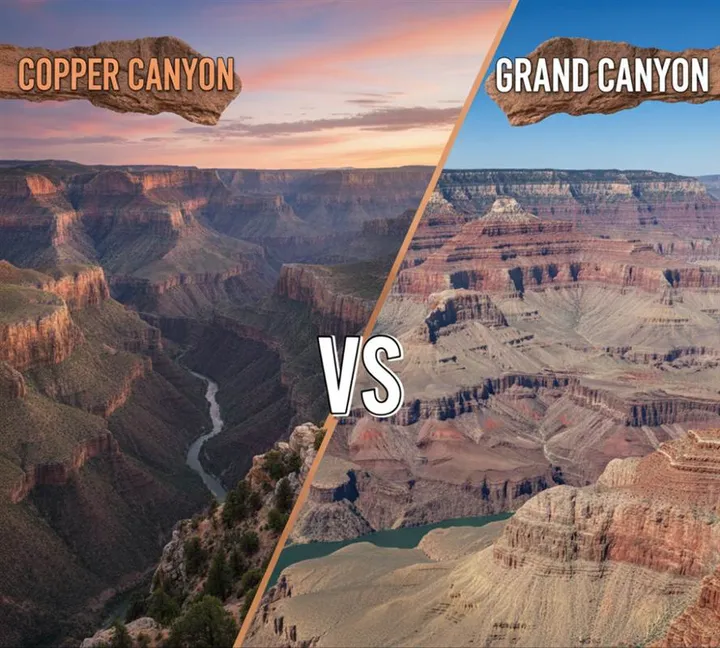
Copper Canyon vs Grand Canyon: Mexico's Superior Canyon
-
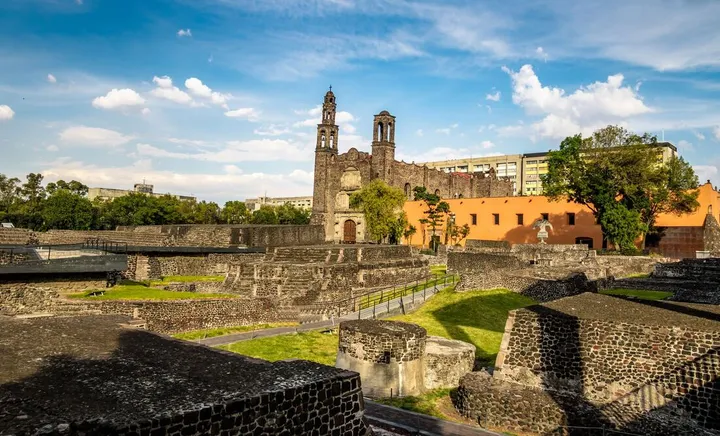
9 Must-Visit Archaeological Sites in Mexico City: Explore the Past
-
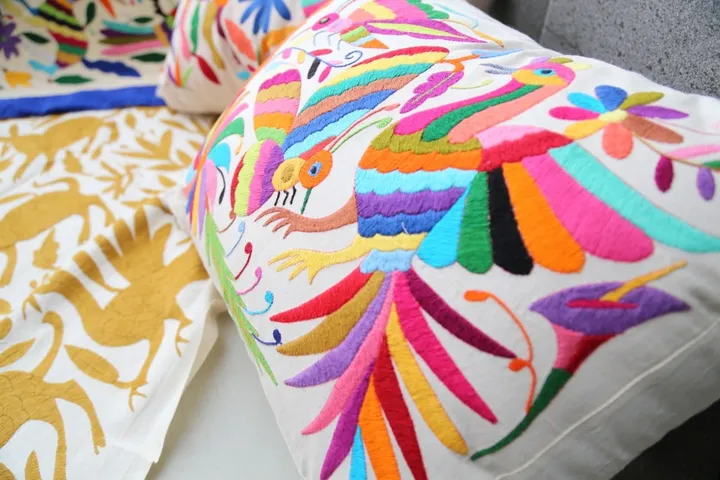
6 Top Mexican Embroidery Styles: Threads of Tradition
-
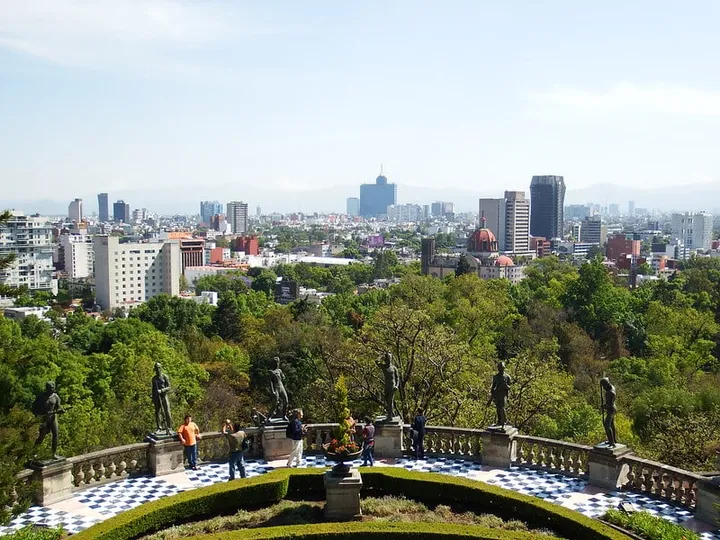
Chapultepec Mexico: A Visitor’s Guide to the Capital’s Green Heart
-
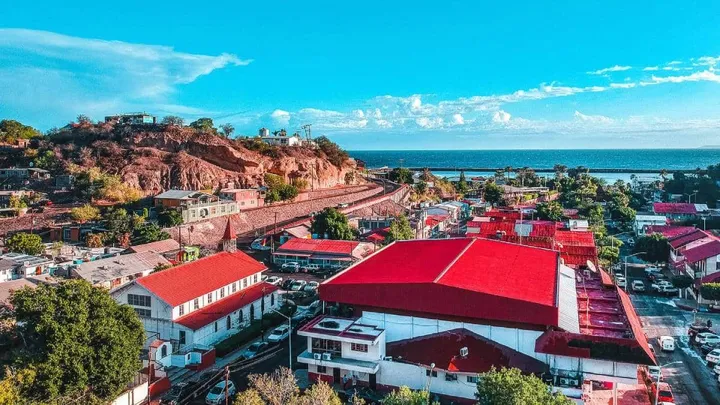
Why Santa Rosalia Should Be on Your Baja Sur Bucket List
-

Samalayuca Dune Fields: A Mysterious Paradise in the Desert
-

Nuevo Leon Mexico – Travel Guide: 15 Best Places to Visit
-

Drinking Tap Water in Mexico: Safe or Sorry?
-
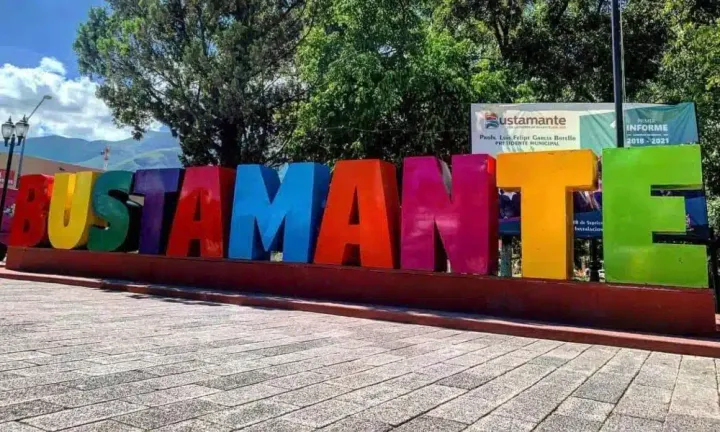
Bustamante, Nuevo Leon: A Magical Town That Will Captivate You
-
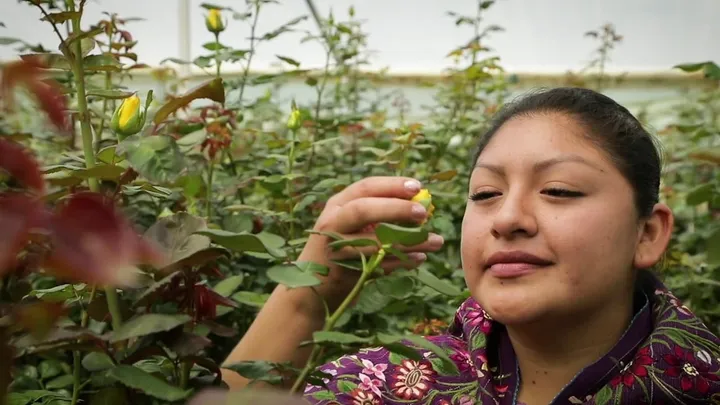
Why Zinacantan Chiapas is Called Flower Heaven
-
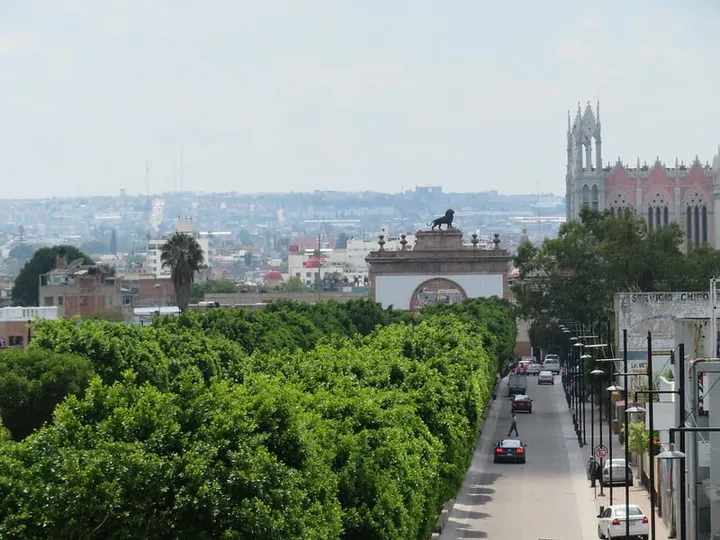
Leon, Guanajuato: A Guide to Mexico’s Shoe Capital of the World
-
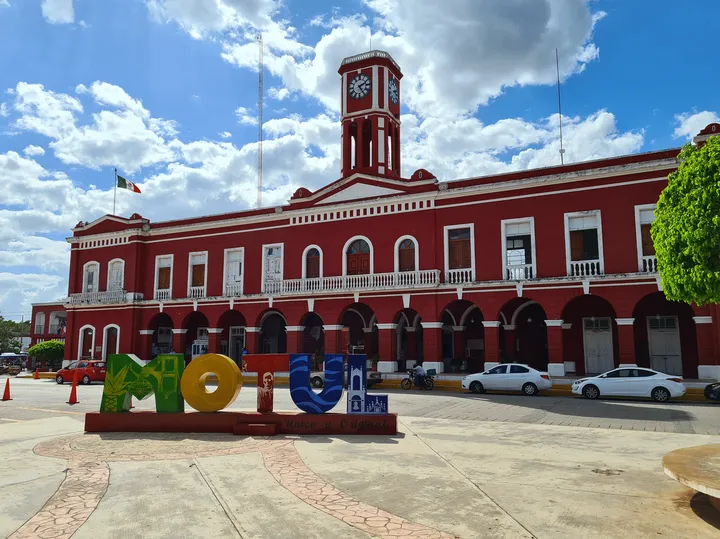
Motul, Yucatan: Cenotes, Heritage Dances, and Delicious Cuisine
-

Barra de Navidad, Mexico: A Small Treasure in Jalisco
-
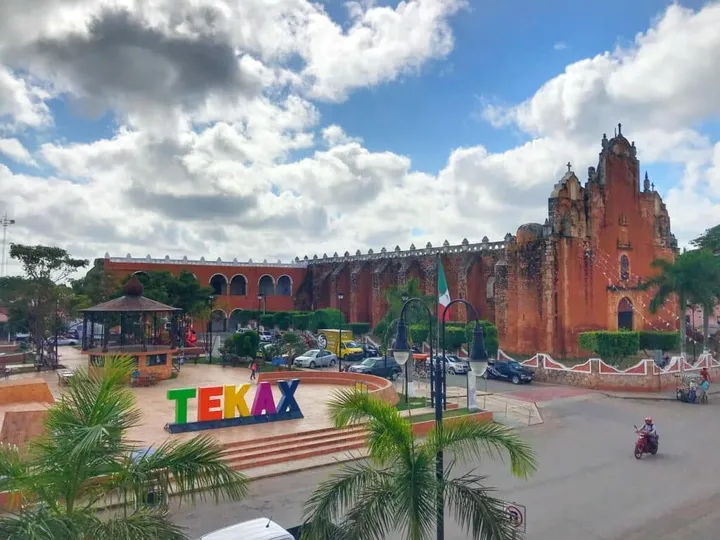
Explore Tekax: Mexico’s Newest Magical Town in Yucatán
-
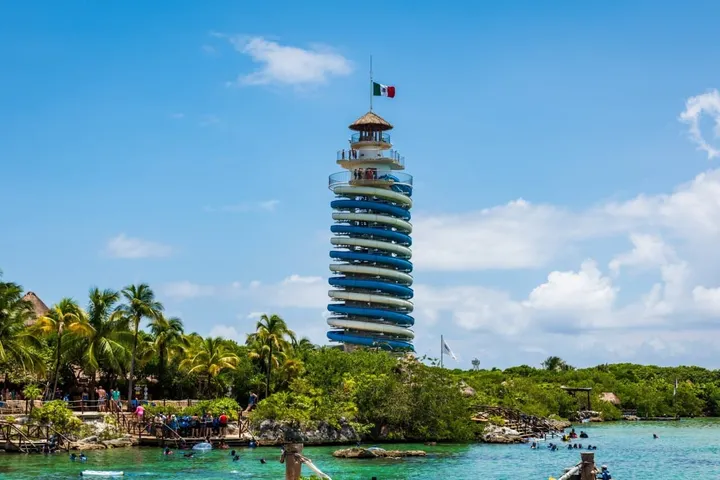
10 Epic Excursions in Riviera Maya for Your Dream Vacation
-
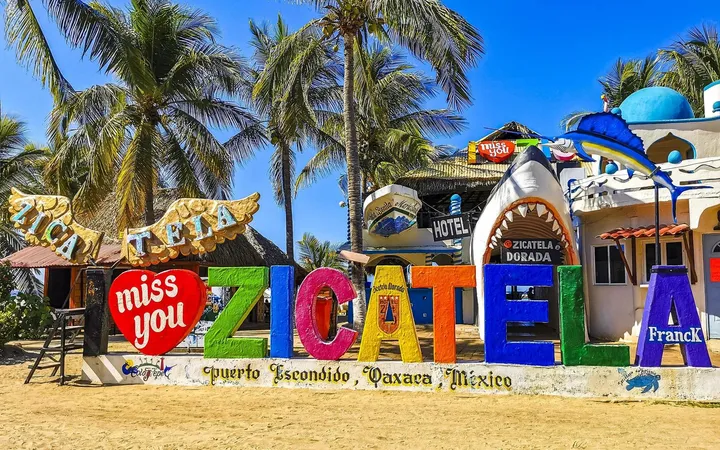
Zicatela Beach: One of the Best Playas in Oaxaca, Mexico
-

Zacoalco de Torres, Mexico: Home of Equipal Chairs
-
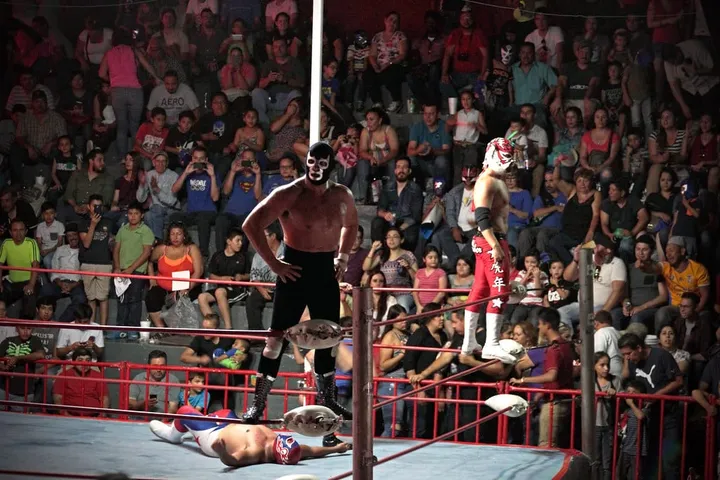
Where to See Lucha Libre in Mexico City: TOP 5 Arenas
-
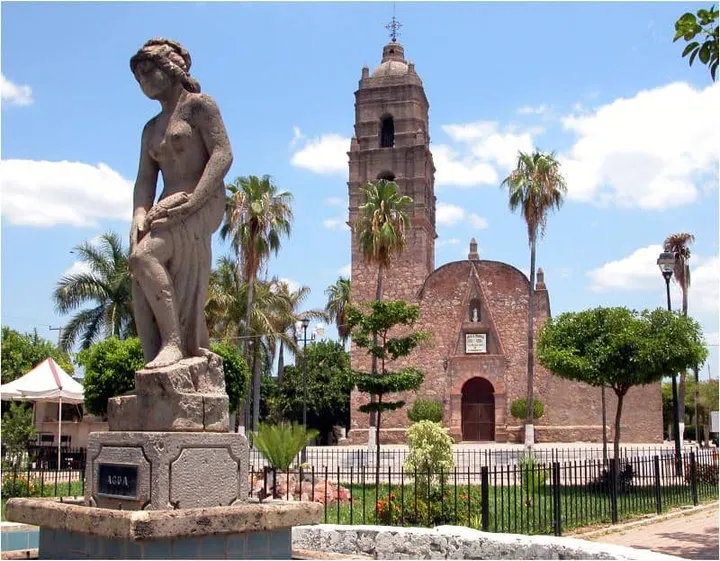
Mocorito, Sinaloa: A Magical Town Yet to be Discovered
-
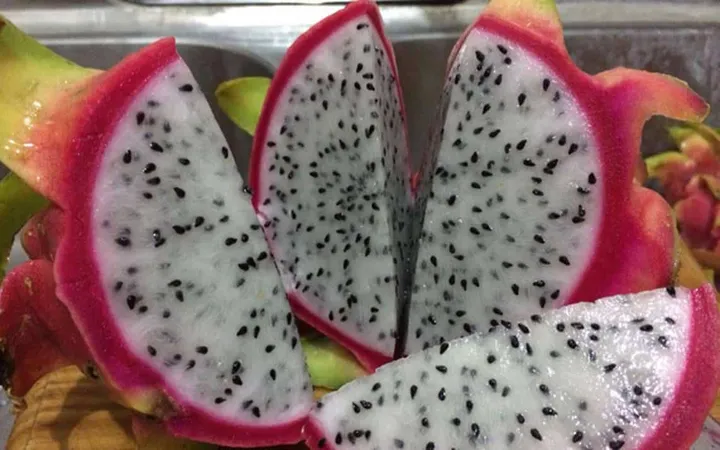
Fruits From Mexico: Juicy Delights from Mexico’s Sunny Orchards
-

Zacatecas Food: 9 Dishes That Define the State’s Culinary Identity
-

Playa del Carmen Ultimate Guide: TOP 31 Things to Do in 2024
-
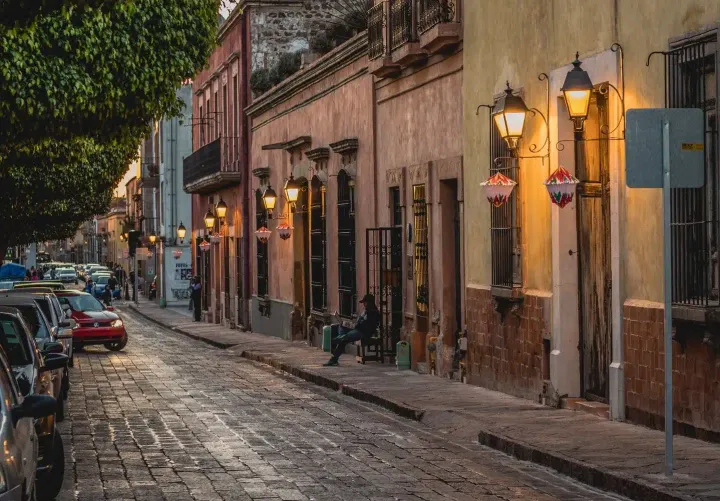
Best Cities to Visit in Mexico: My Top 20 Choice For 2024
-
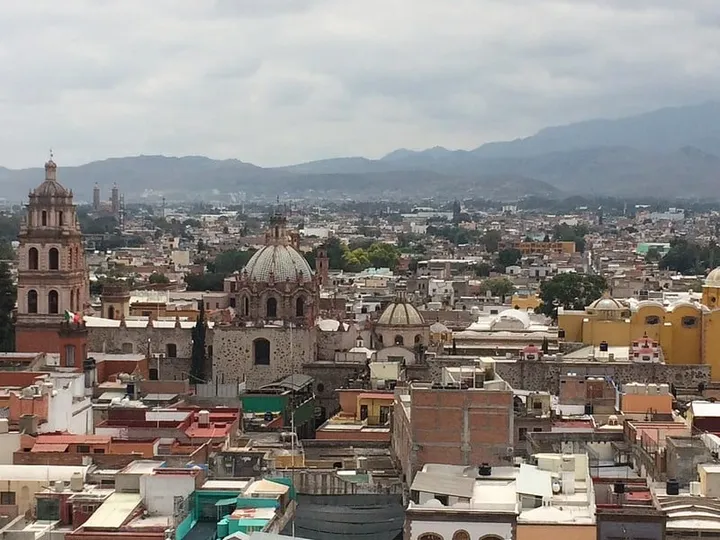
San Luis Potosi, Mexico: 13 Reasons to Visit This Enchanted City
-
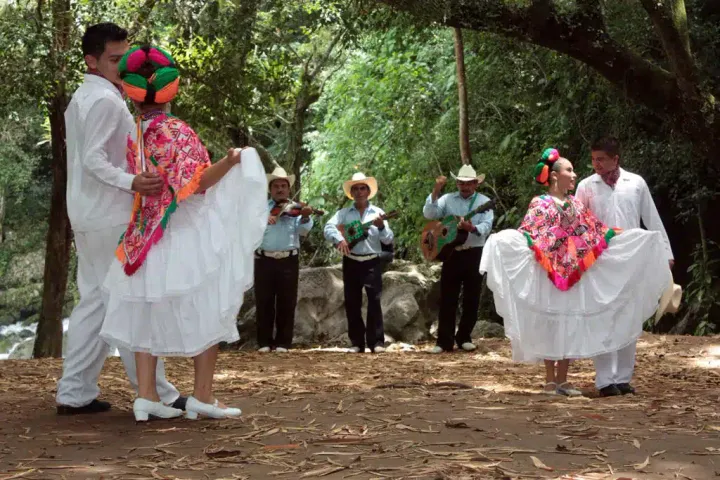
The Huapango Dance: Intricate Footwork and Cultural Flourish
-
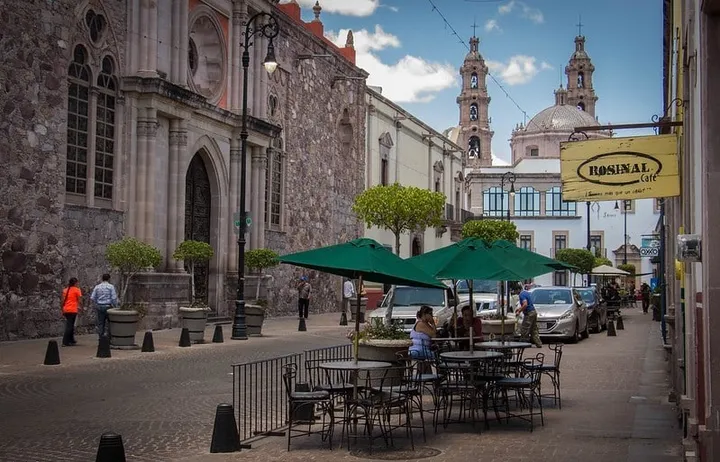
Aguascalientes Mexico: Your Complete Visitor’s Handbook
-

7 Breathtaking Airbnb Rentals Across Mexico
-

Mexico’s Top 10 Wedding Destinations: Say ‘Sí’ to Romance
-

Kaan Luum Lagoon: Nature’s Masterpiece with a Cenote Twist
-

Guadalajara Downtown Visitors Guide: 10 Essential Experiences
-
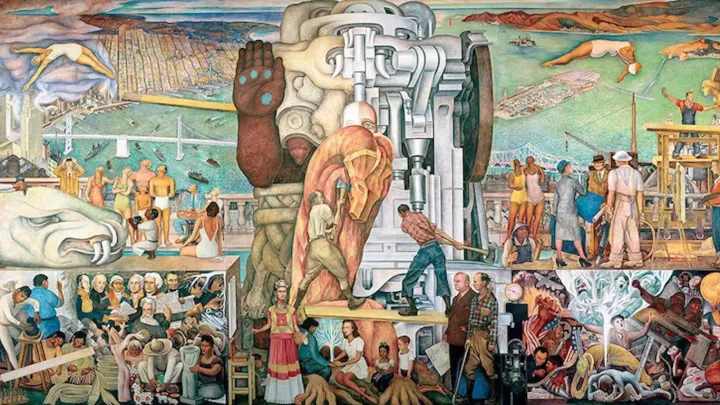
Mexican Muralism and the Legacy of Mexico’s 3 Iconic Muralists
-
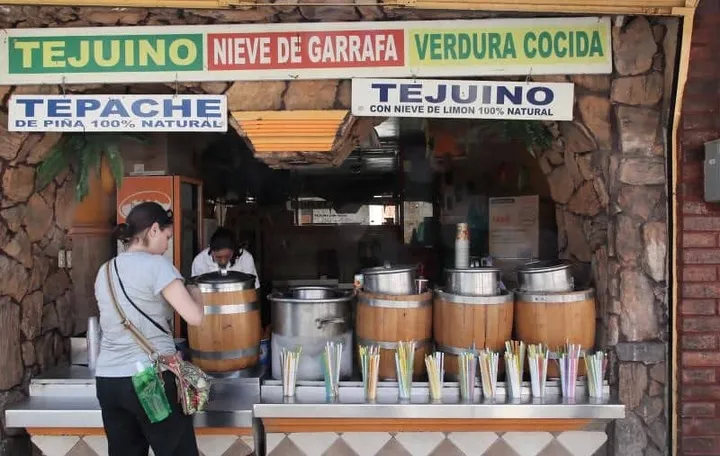
What is Tepache and How is it Different From Tejuino?
-
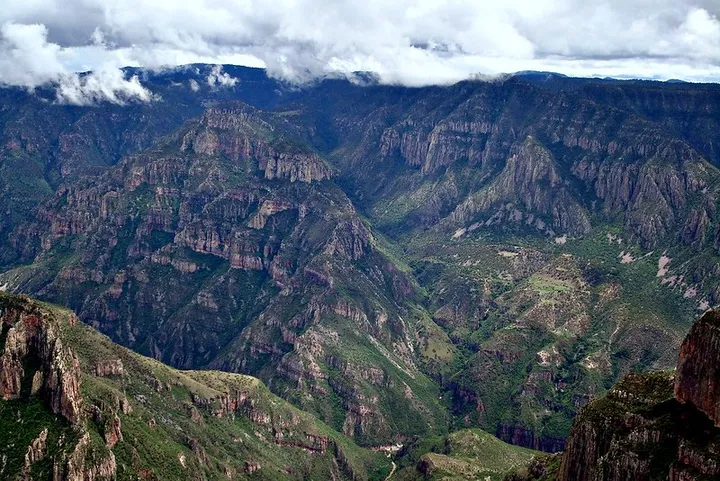
Discover Guachochi: Chihuahua’s New Magical Mountain Town
-

13 Must-Try Restaurants in Guadalajara, Mexico in 2024
-
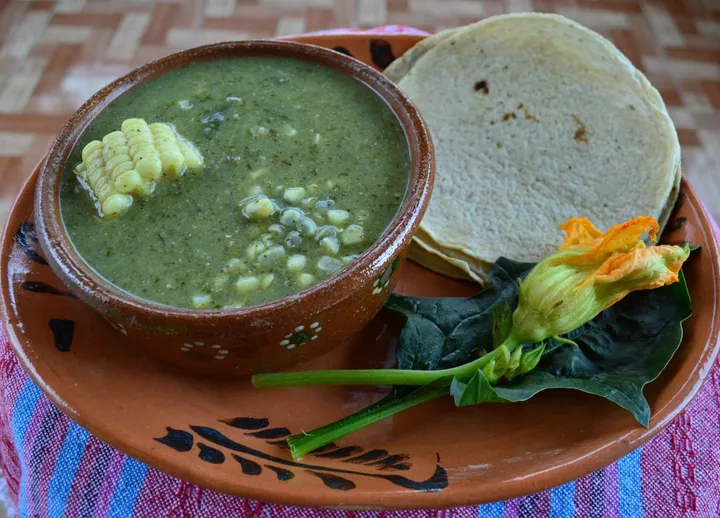
The Chileatole: History and Recipe of a Spicy pre-Hispanic Atole
-

Manzanillo Beaches: The Very Best of Colima’s Coastline
-
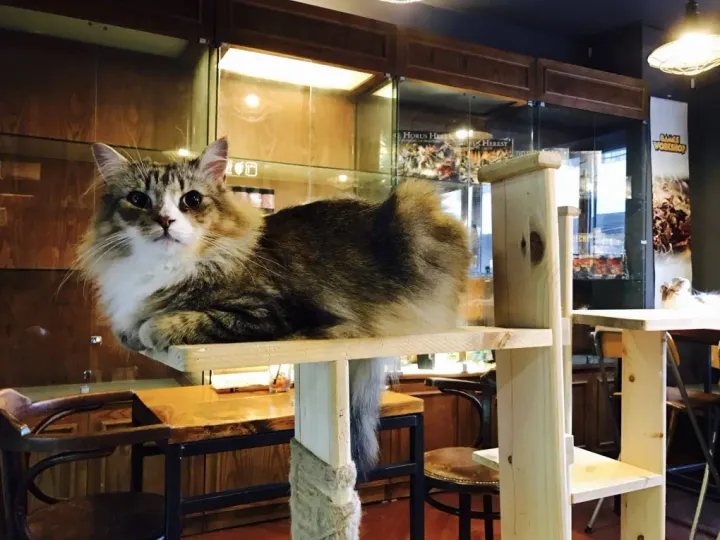
Mexico’s Top 5 Cat Cafes That Will Steal Your Heart
-
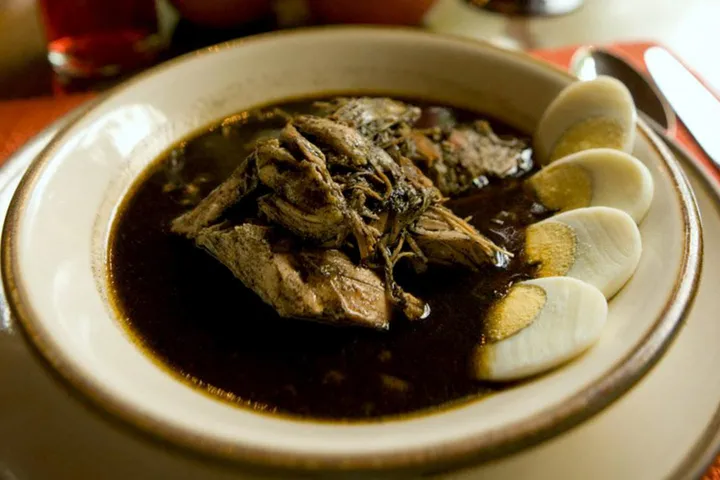
Yucatan’s Chilmole vs Recado and Relleno Negro
-

Explore Isla Contoy, Mexico: Top Attractions, Activities, and More
-

La Cruz de Huanacaxtle’s Must-Do Activities: Cruising Through Paradise
-

Santa Maria del Oro, Nayarit: An Enchanting Lagoon, and More
-

Juarez Mexico: How to Experience the Vibrancy of This Border City
-

How to Visit Cenote Dos Ojos: The “Two-Eyed” Wonder of Tulum
-

The 8 Best Mexican Airlines for Your 2024 Adventures
-
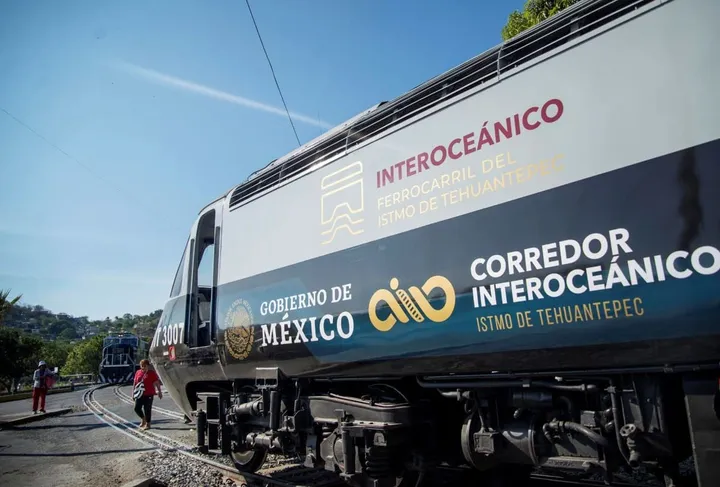
Explore The Isthmus of Tehuantepec on Mexico’s New Rail Line
-

Punta Sur Cozumel Adventure Guide: TOP Things to Do, and See
-
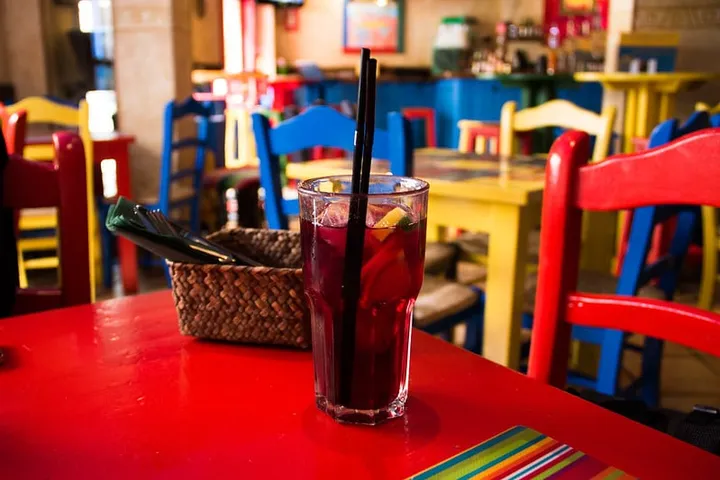
Mexican Drinks: 10 of Mexico’s Top Signature Beverages
-
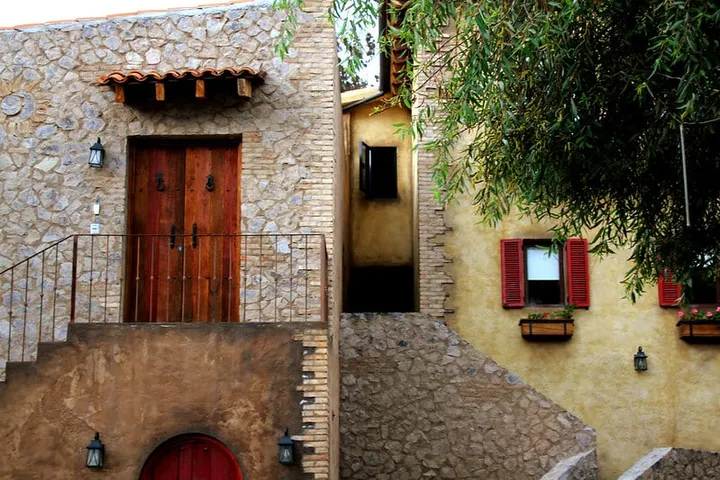
Val’Quirico: Mexico’s Picturesque Gem Inspired by Tuscany
-
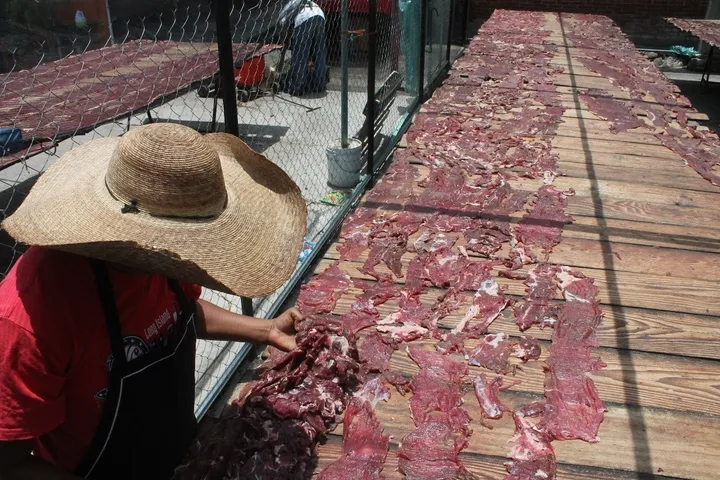
What is Cecina Meat and How is it Different From Tasajo?
-

Where to Eat in Sayulita, Mexico? My Top 7 Restaurants
-

Maya Train Route: A Complete Guide to Mexico’s New Adventure
-
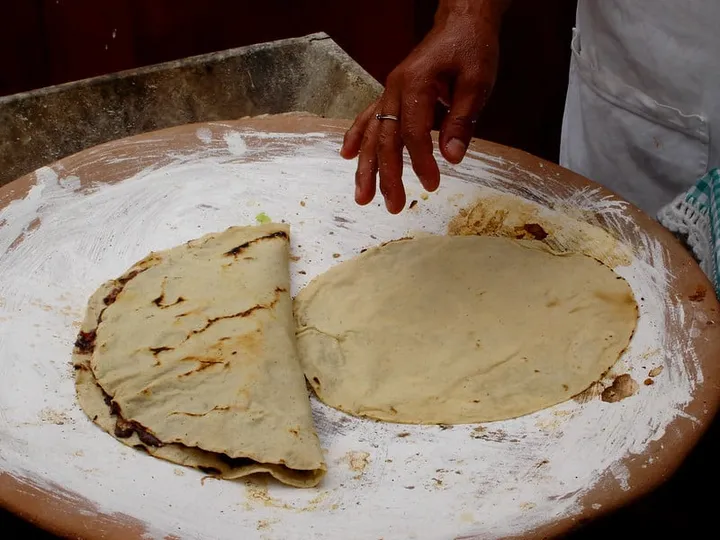
Oaxacan Food: A Feast of 7 Must-Experience Traditional Dishes!
-
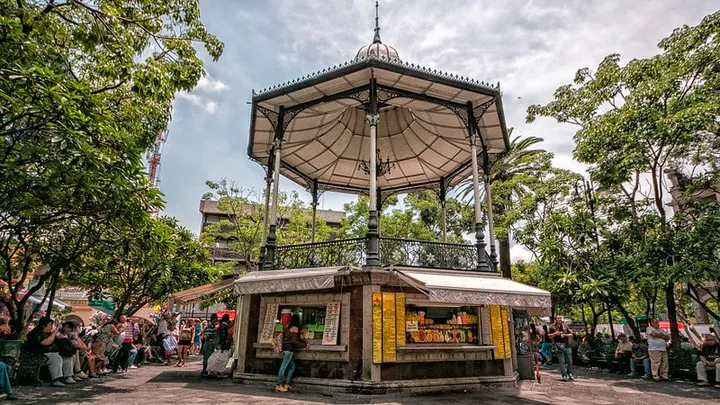
Cuernavaca Mexico: A Guide to the City of Eternal Spring
-
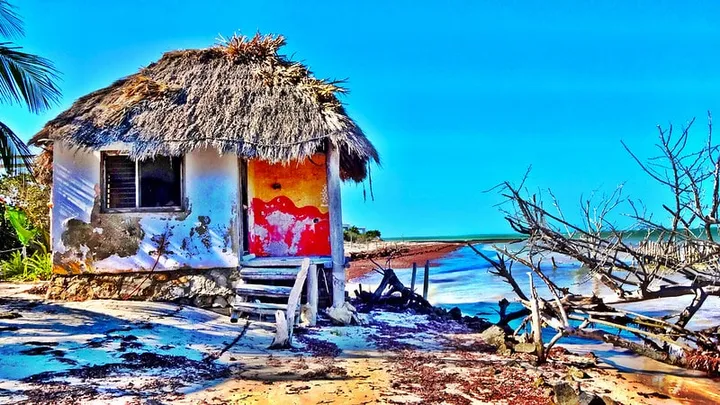
Caribbean Beaches in Mexico: Its 16 Most Beloved
-
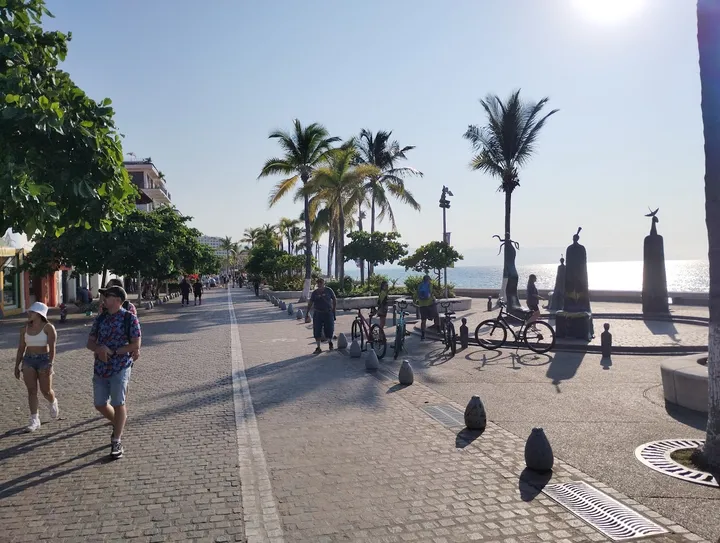
How to Visit Puerto Vallarta’s Boardwalk: Stroll, Savor, Explore
-
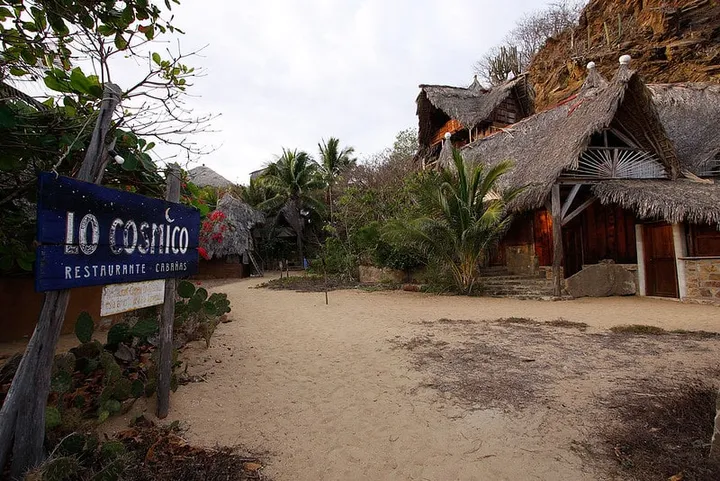
Zipolite Beach: Where You Can Be Free and Naked in Oaxaca
-
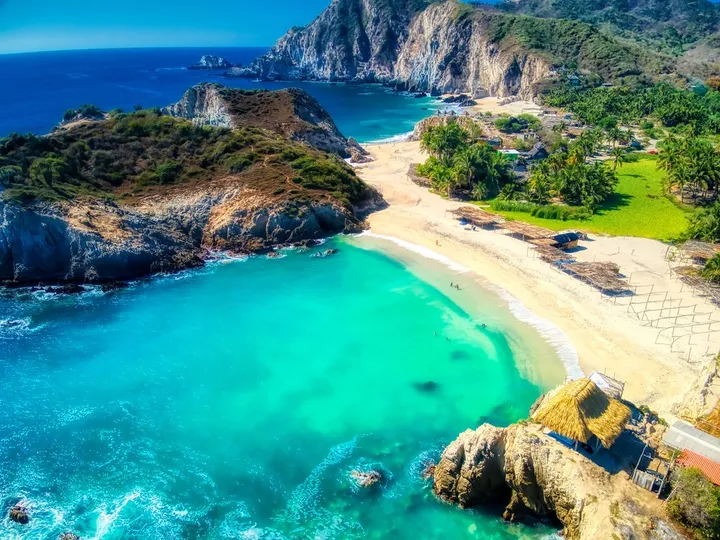
Discover Maruata Beach in Michoacan: Sun, Sand, and Serenity
-

Chacahua Lagoon and the Allure of Oaxaca’s Coastal Marvel
-
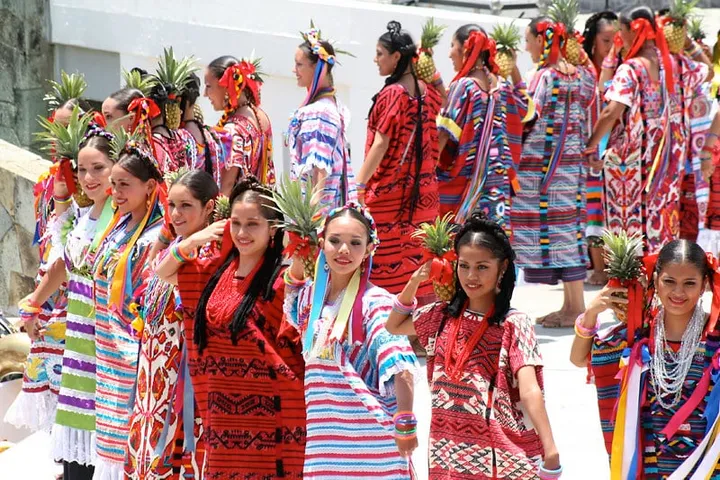
Oaxaca Traditions: A Journey Through Culture and Magic
-
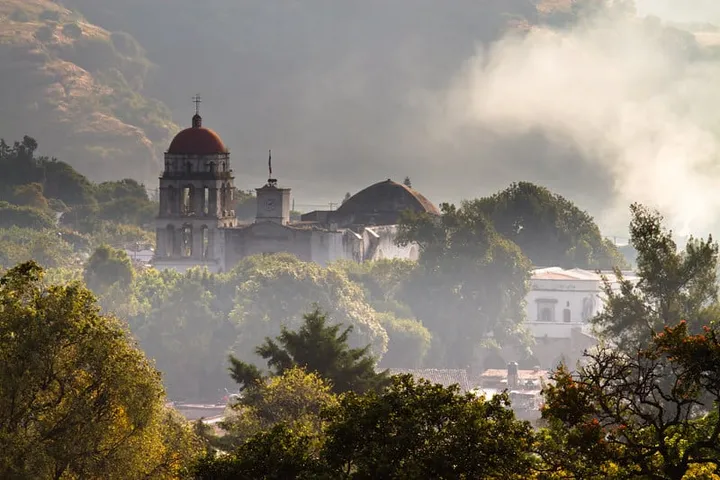
Journey to Malinalco: Revealing the Town’s 11 Best-Kept Secrets
-

Costa Mujeres Beach: 6 Must-See Attractions for Your Vacation
-
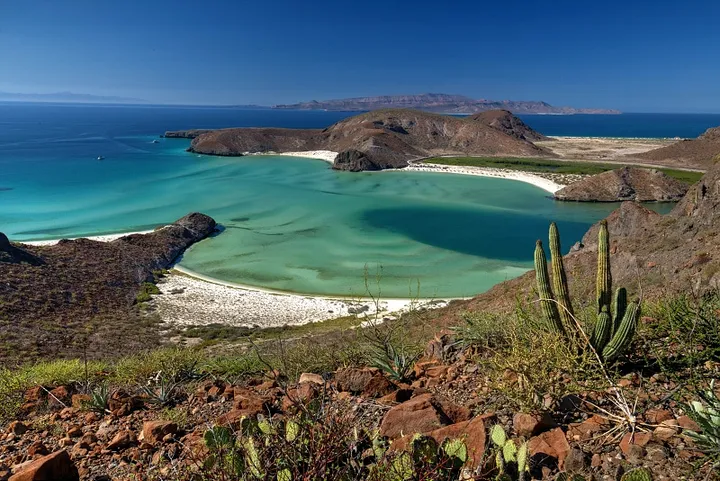
Balandra Beach Guide: Nature’s Masterpiece in La Paz, Baja
-
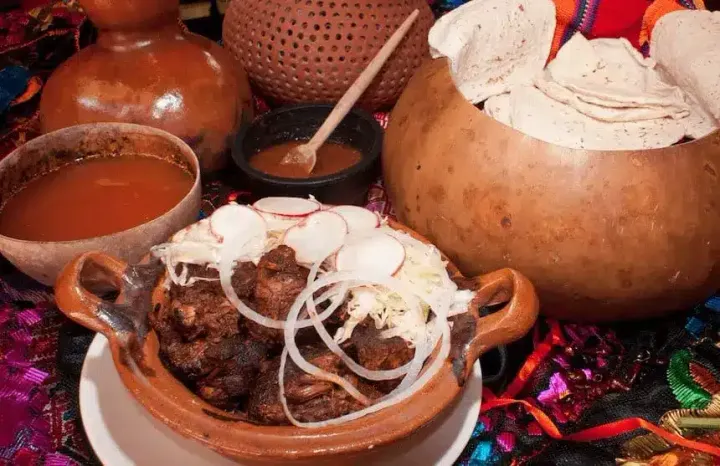
15 Foods of Chiapas You Need to Try! (Foodies Only)
-
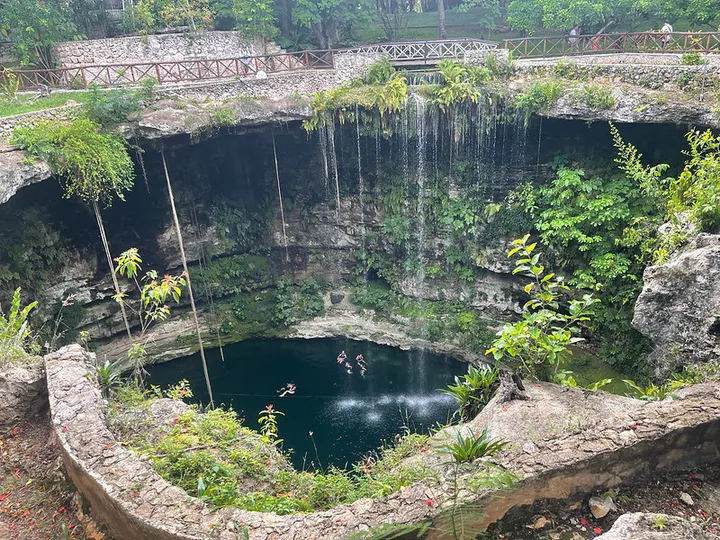
Exploring Cenote Saamal in Yucatan: Dive into the Mystical Depths
-
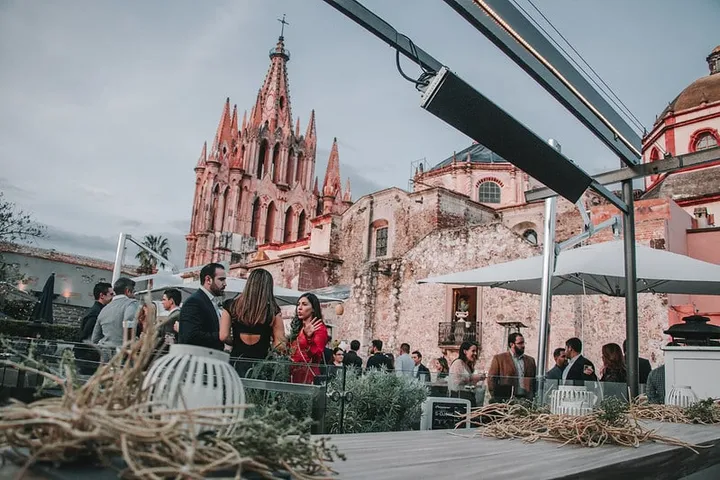
10 Must-Visit Rooftop Bars in San Miguel de Allende
-

Medano Beach Adventure Guide: Cabo’s Crown Jewel
-
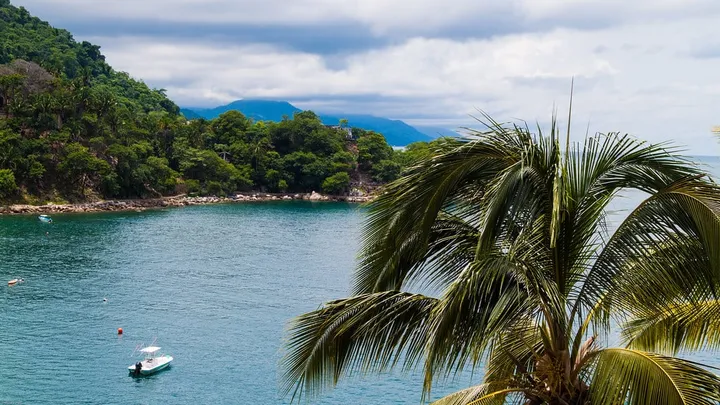
12 Best Beaches in the Mexican Pacific Coast
-

Chacala Beach, Mexico: A Relaxing Retreat in Nayarit
-
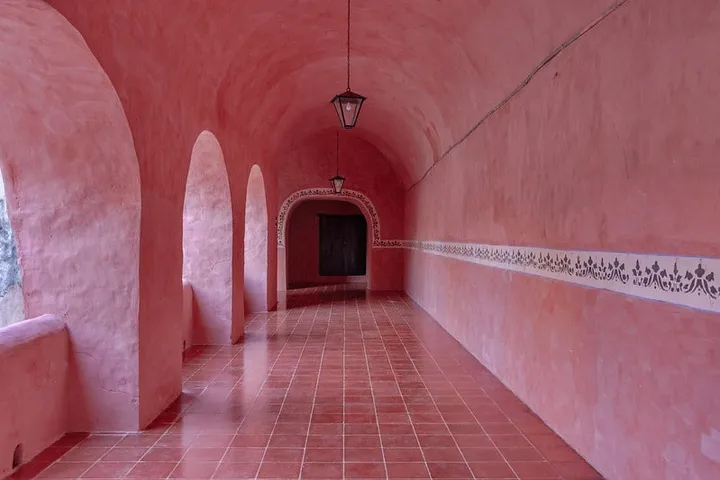
Convent of San Bernardino de Siena: Valladolid Jewel
-

Juquila Oaxaca: Enchanting Wonders of a Magical Town
-

Madagascar Beach: Puerto Vallarta’s Best-Kept Secret Escape
-

Chemuyil Mexico: The Hidden Eden of the Riviera Maya
-
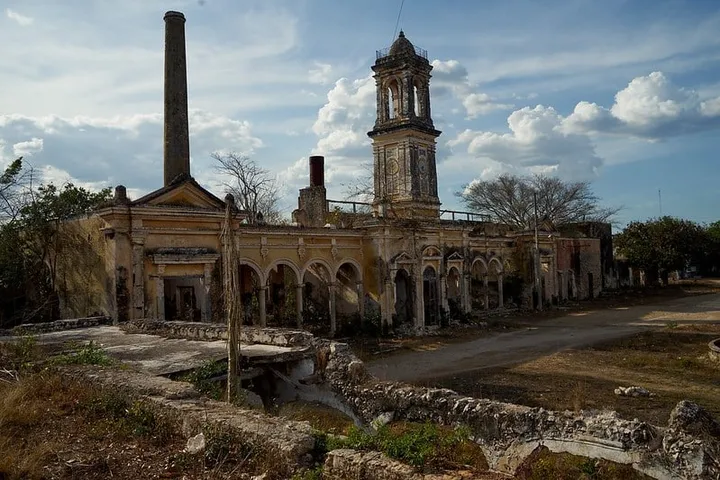
Haciendas in Mexico: Where History and Culture Converge
-

Bridging Countries: The Juarez-El Paso Border Crossing Unveiled
-

Mahahual Beach Escapade: A Blueprint to Unwind and Thrive
-

Chamula Chiapas: Mystical Traditions and Cultural Heritage
-
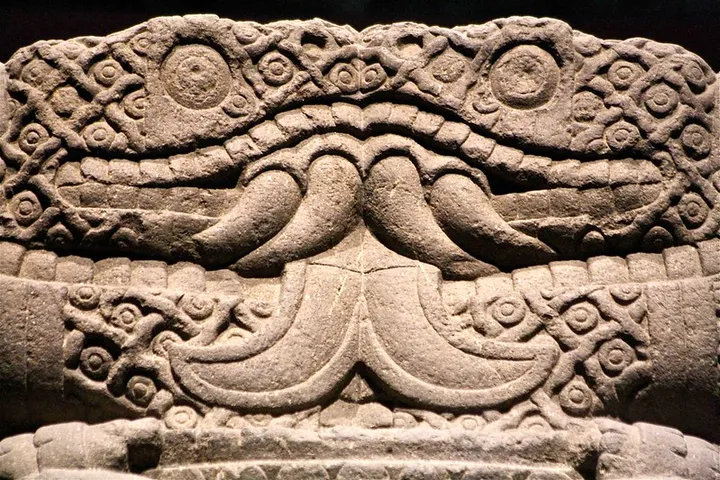
Coatlicue: Revealing the Mystery of the Aztec Maternal Divinity
-

Playa del Carmen’s 5th Avenue: TOP Must-Do Activities
-

Mexico’s Top 12 Acclaimed Wines: Mexican Elegance in Every Sip
-
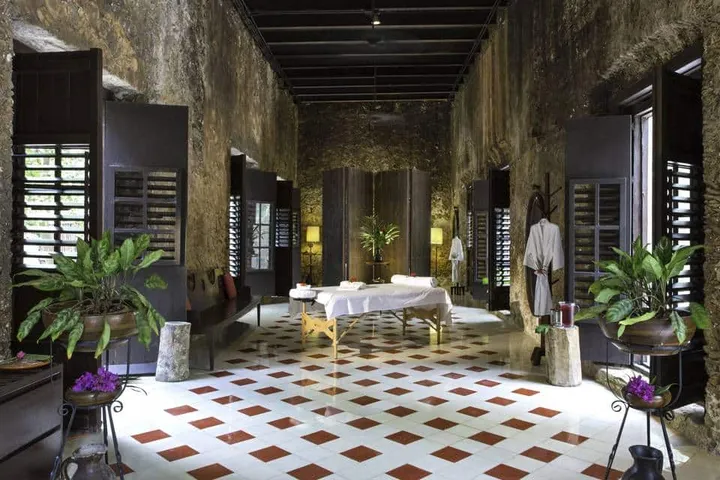
Mexico’s 20 Premier Spa Destinations for Rejuvenation
-
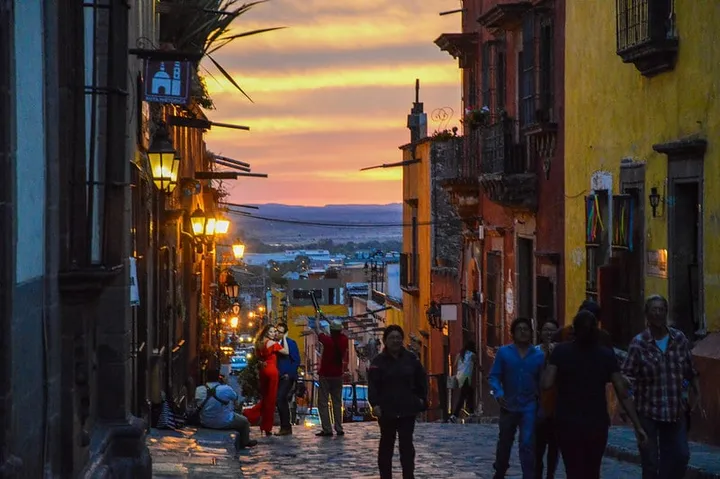
Mexican Paradises: 7 Top Destinations for Ultimate Relaxation
-

Savoring Mexico: A Culinary Journey Through Regional Delights
-

Exploring Mexico’s Best Pet-Friendly Escapes: Paws and Paradise
-
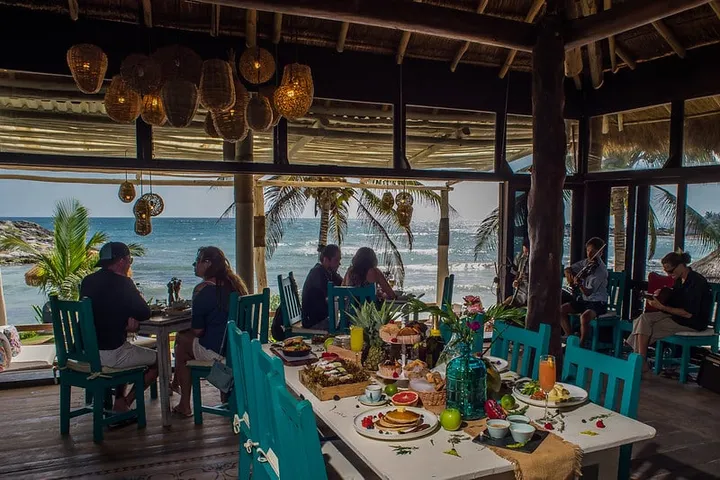
Tulum’s Best Must-Try Beach Restaurants: Dine with the Waves
-
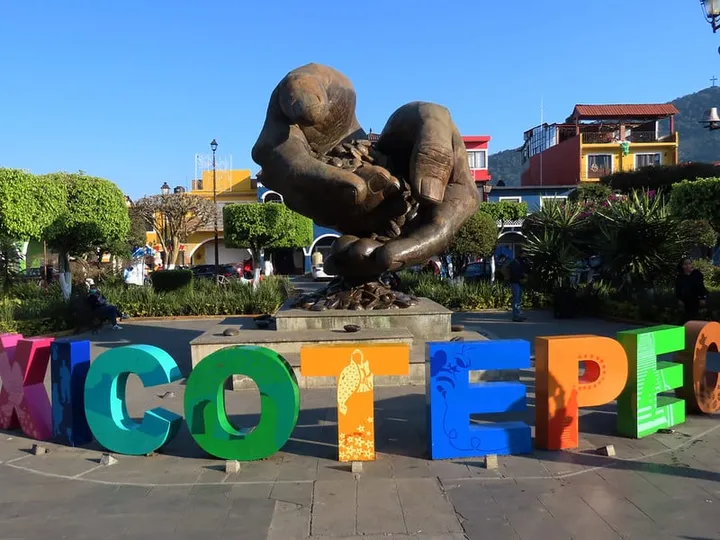
Xicotepec Puebla: Where Adventure Meets Magic in Mexico’s Heartland
-

Playa las Gatas – Ixtapa Zihuatanejo’s Beach Jewel
-
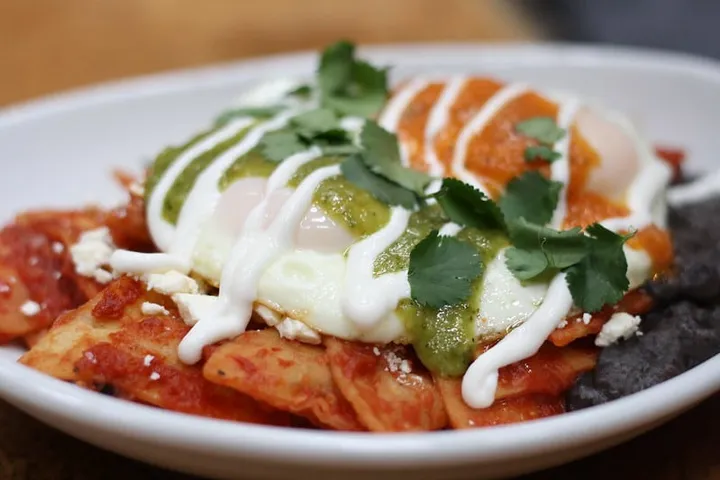
22 Authentic Mexican Breakfasts to Brighten Your Day
-
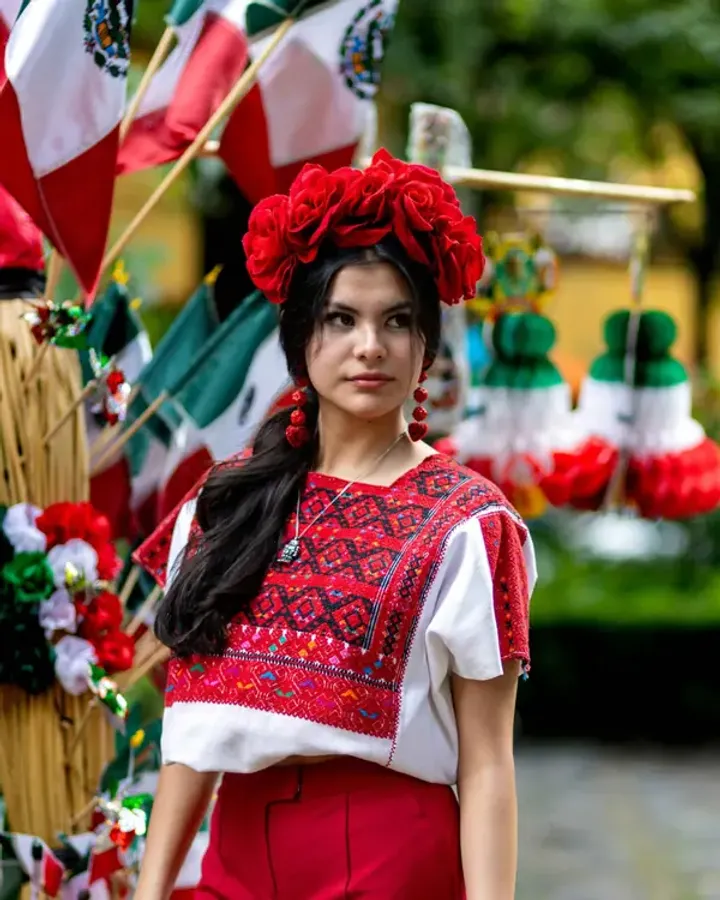
Traditional Mexican Clothing: 12 Authentic Outfits
-

Playa Carrizalillo: Nature’s Canvas of Beauty in Puerto Escondido
-
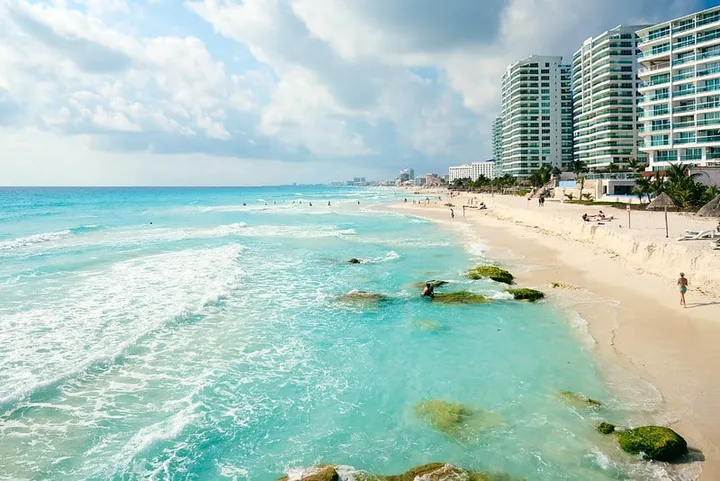
Cancun’s 10 Best All-Inclusive Resorts for Families: Sun & Fun
-
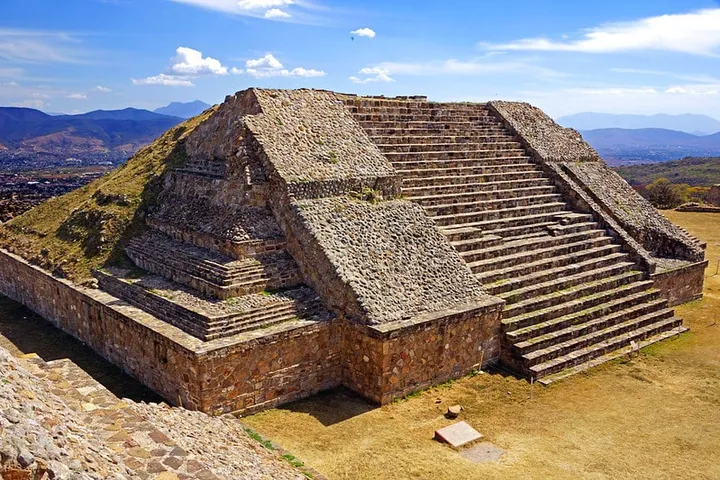
12 Oaxaca Pyramids and Ruins to Explore in 2024
-
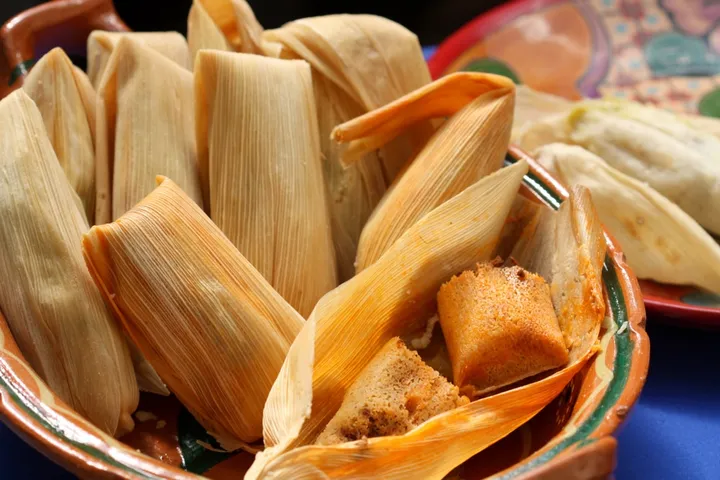
15 Must-Try Mexican Tamale Varieties: Unwrap the Magic
-

Mexico’s Top 10 Family-Friendly Beach Destinations
-
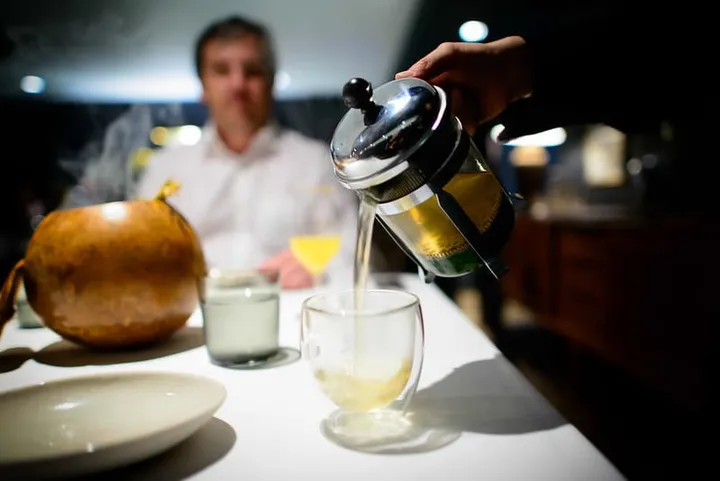
TOP Restaurants Near Mexico City Airport for Memorable Dinners
-
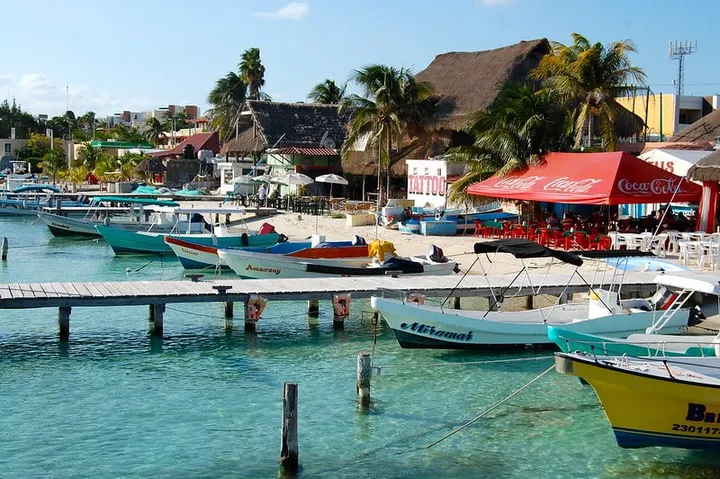
Isla Mujeres or Cozumel: Decoding Mexico’s Island Charms
-
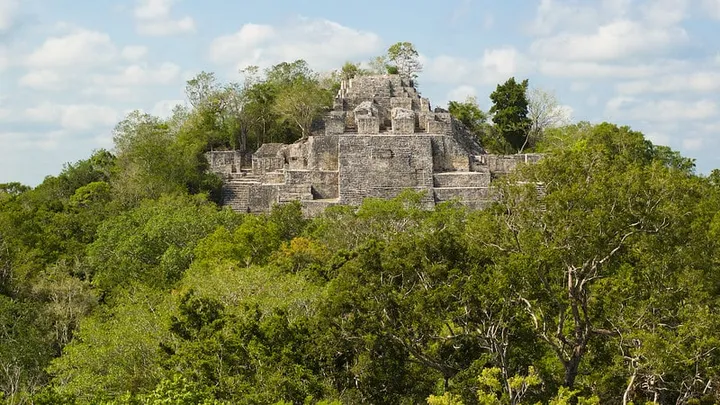
Whispers of Civilization: Calakmul Ruins’ Legacy in Campeche
-

Exploring Punta Allen, Mexico’s Best-Kept Secret in 2024
-

Vamonos! Mastering Car Rentals and Road Etiquette in Mexico
-

La Ventana & El Sargento: Baja Sur's Hidden Beach Paradise
-

Mexicali Baja California: Unveiling the Ultimate Experiences
-
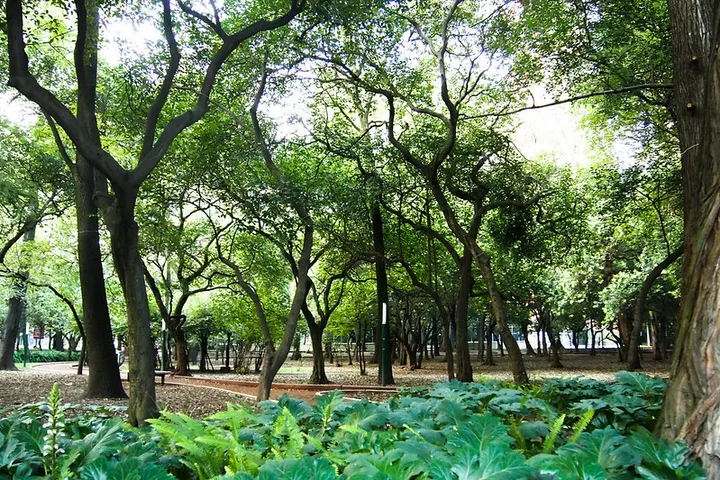
Best Parks in Mexico City That Offer Tranquility and Beauty
-
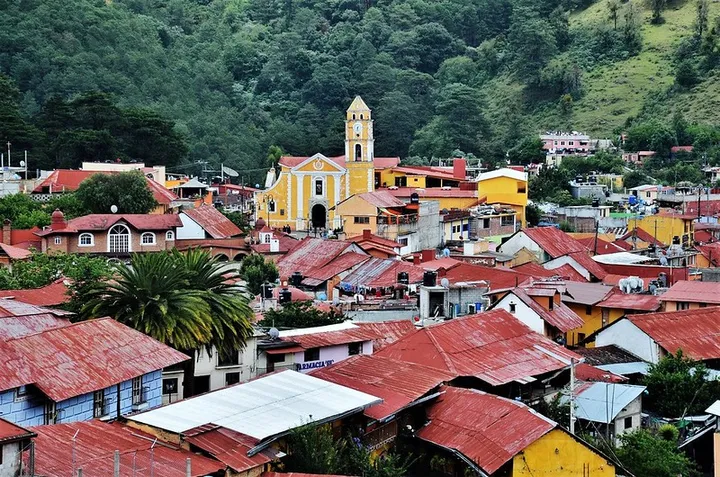
Pinal de Amoles: Where Thrills and Tranquility Meet in Queretaro
-
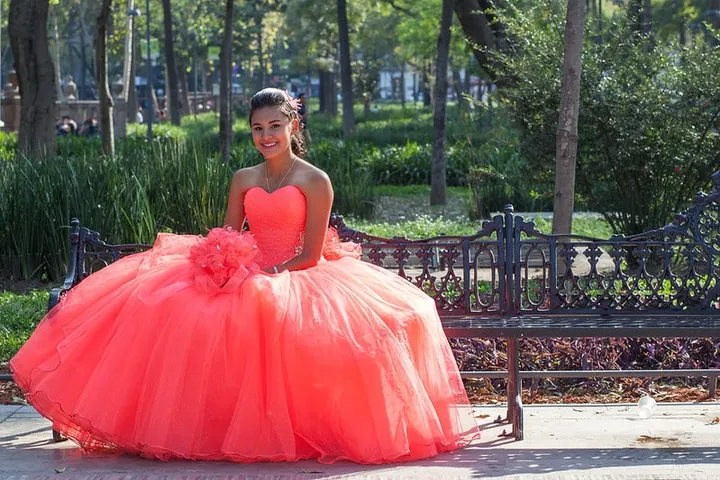
Quinceañera: Mexico’s Vibrant Fiesta of Tradition and Joy
-
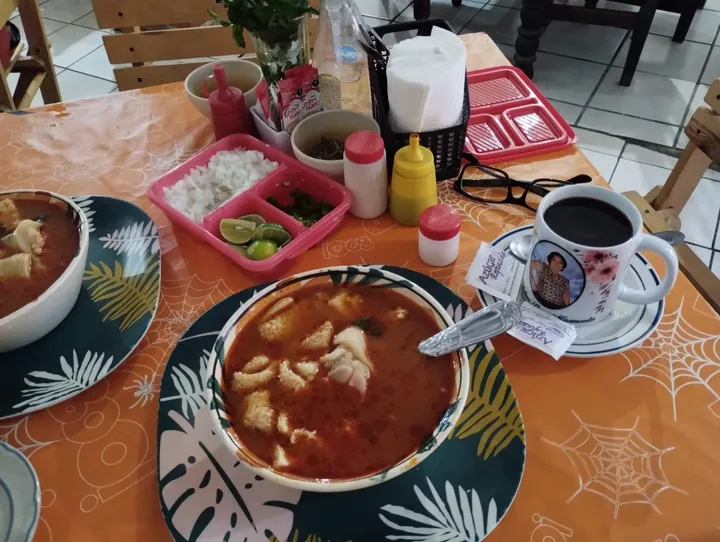
Menudo Soup: The Ultimate Mexican Hangover Remedy
-

Puerto Progreso Yucatan: Where Sandy Shores Meet Gulf Glory
-

Yucatan’s Coastal Treasures: Unveiling the 10 Best Beaches for 2024
-

Nuevo Vallarta, Mexico: Where to Stay – The Ultimate Hotel Guide
-
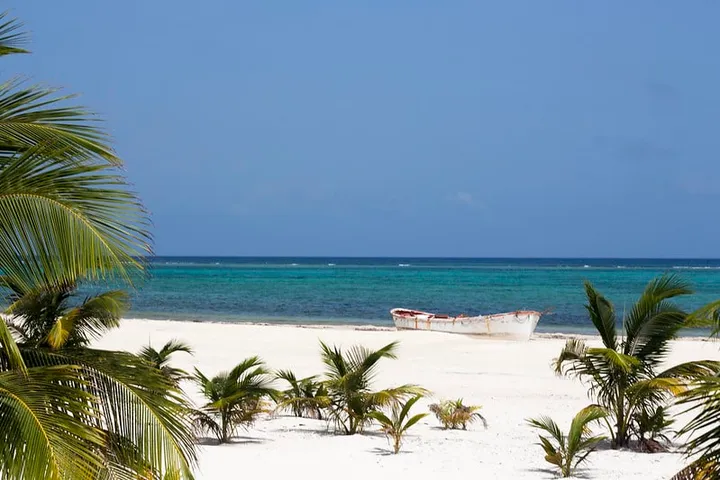
Punta Maroma Beach Bliss: Your Personalized Journey to Paradise
-
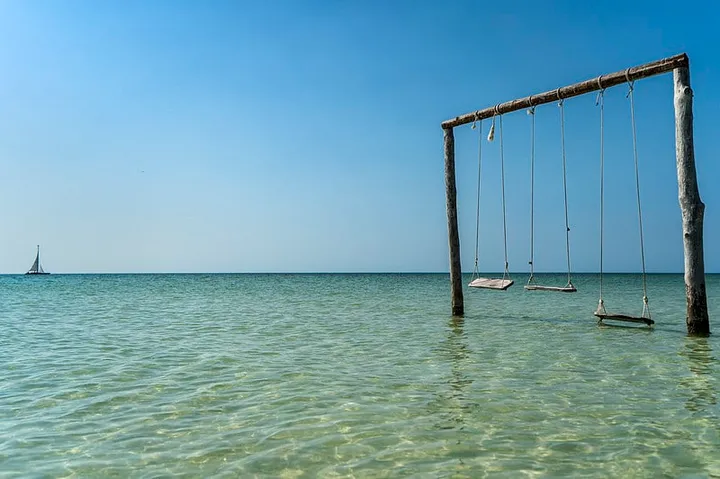
Why Holbox’s Beaches Deliver Pure Mexican Caribbean Delight
-
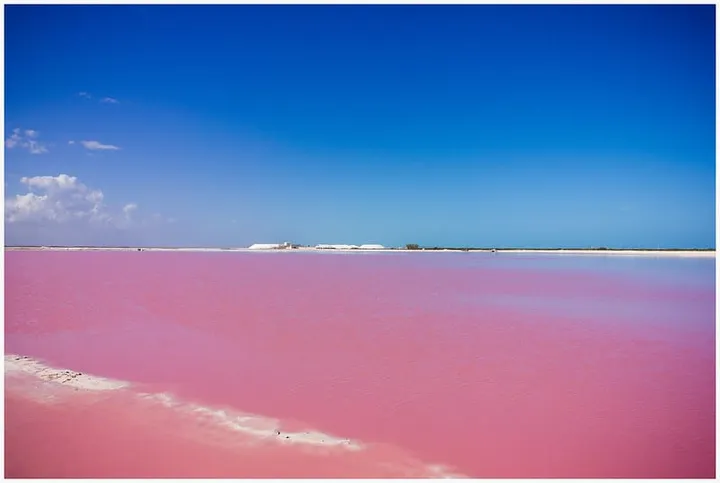
Exploring the Enchanting Las Coloradas Lagoon in Yucatan
-

Stay in Style: Bacalar’s Finest 10 Hotels to Check into in 2024
-

Marietas Islands’ Hidden Beach: Beyond the Ordinary
-
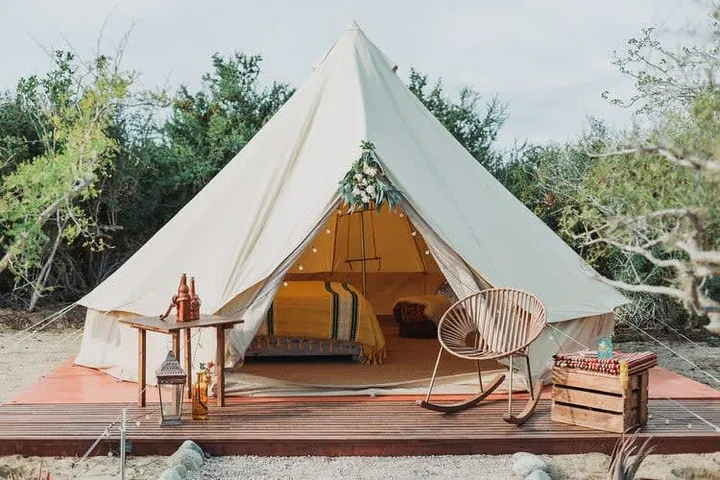
TOP 10 Glamping Mexican Getaways in 2024
-
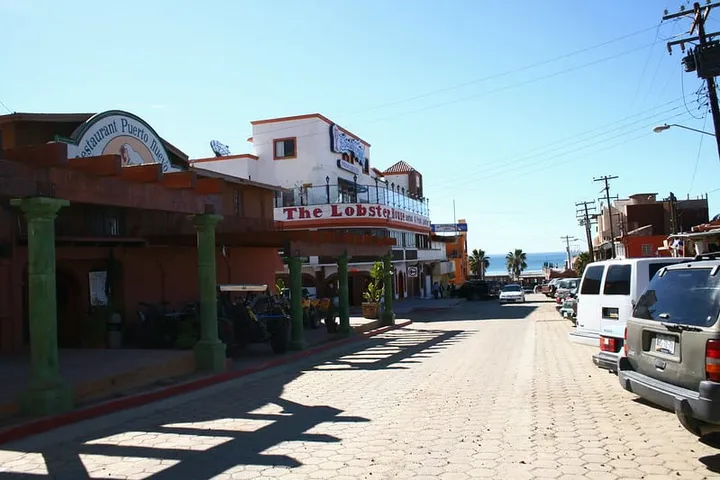
Lobster Lover’s Haven: Exploring Puerto Nuevo, Mexico
-

TOP 11 Akumal Hotels for Your Next Beach Vacation
-
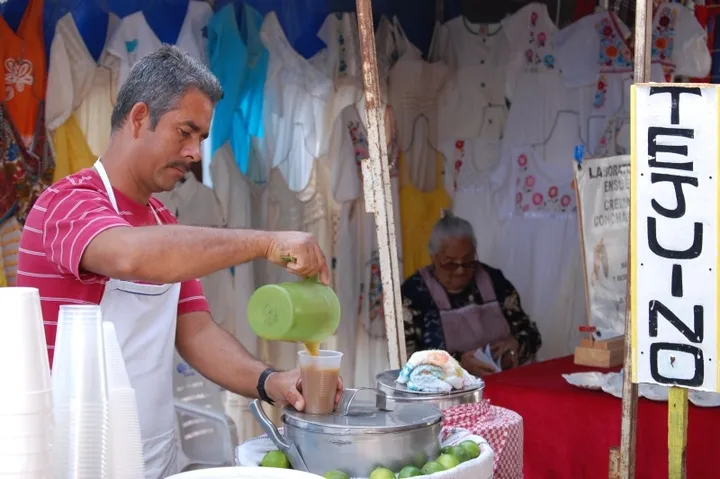
12 Exquisite Non-Alcoholic Mexican Drinks You Can’t Miss
-
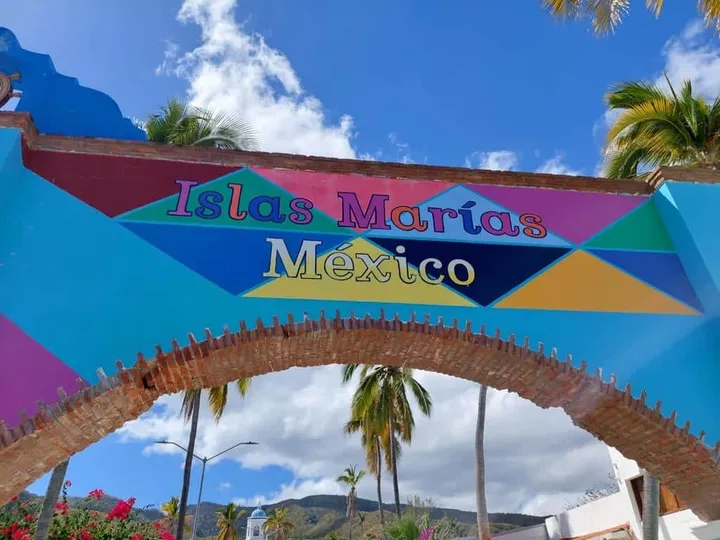
Islas Marias Unveiled: Discovering Mexico’s Fabled Alcatraz Island
-

Beyond Tacos: 11 Mexican Spices That Will Transform All Your Meals
-

Mazatlan’s Beach Bonanza: 12 Unmissable Beaches to Visit
-

Chiapas Coastline Calling: The 10 Best Weekend Beach Retreats
-

Discover Punta Nizuc’s Captivating Reef Escapade
-
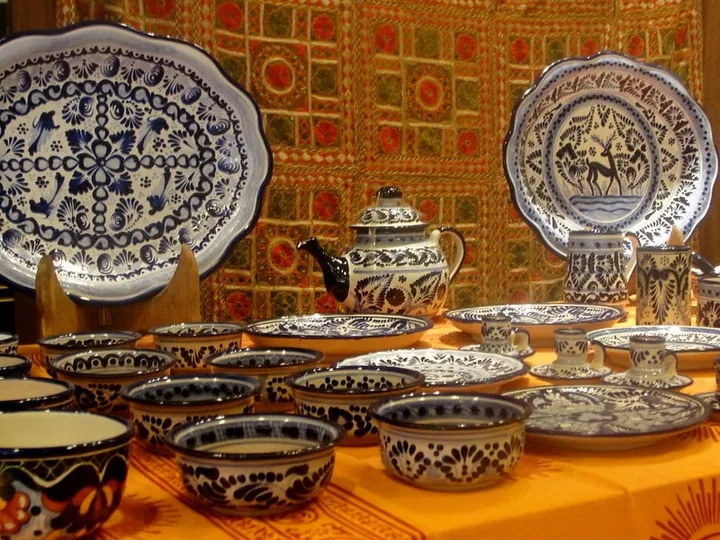
31 Mexican Crafts that Bridge Art and Culture
-
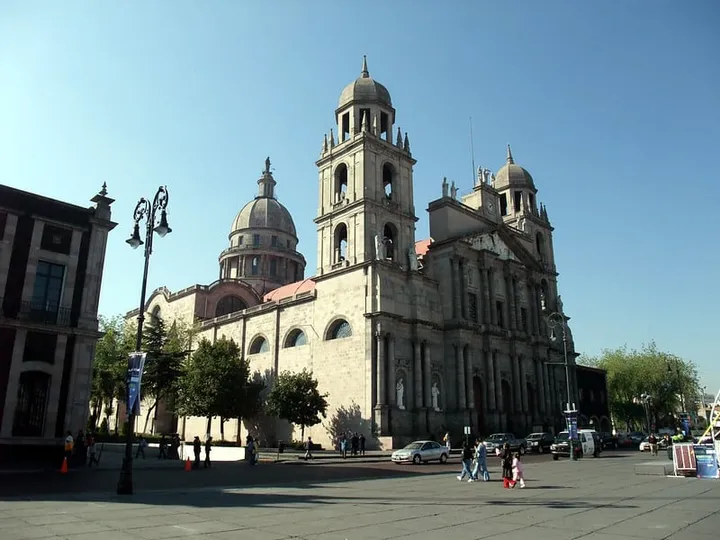
Toluca Mexico: A Journey into Mexico’s Adventure Capital
-

From Mezcal with Love: 7 Simple yet Exquisite Cocktail Recipes
-

Ixtapa Zihuatanejo: The 2024 Edit of the Top Beaches and Hotels
-
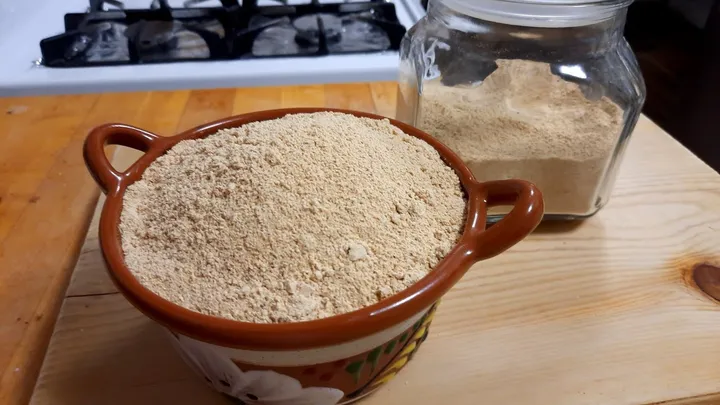
Pinole Drink: Crafting and Enjoying This Indigenous Wonder
-
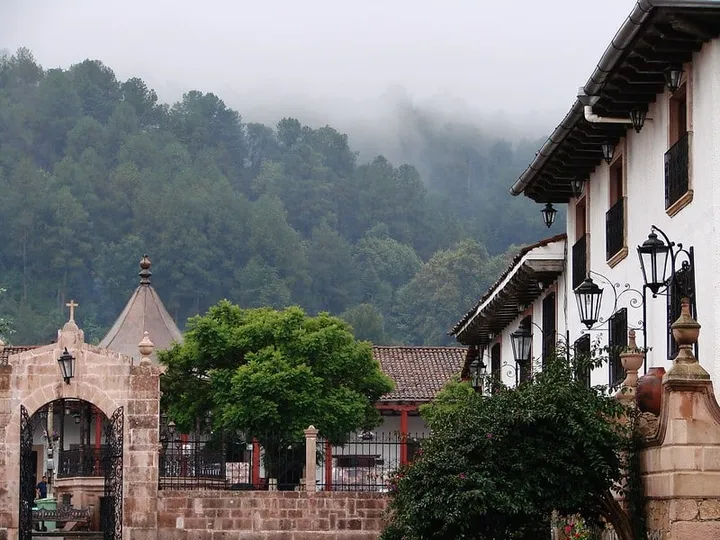
Santa Clara del Cobre, Michoacan: A Traveler’s Copper Haven
-

Mandarina Mexico: Elevating Travel with Unforgettable Luxury
-
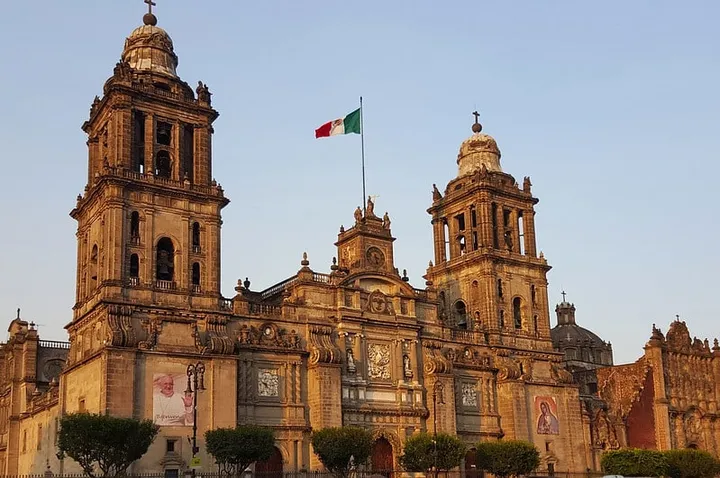
The 22 Must-Visit Mexican Destinations for 2024
-

San Quintin Unplugged: A 2024 Traveler’s Retreat in Baja California
-

Bahia de Los Angeles Bliss: Your Travel Planner for Baja California
-
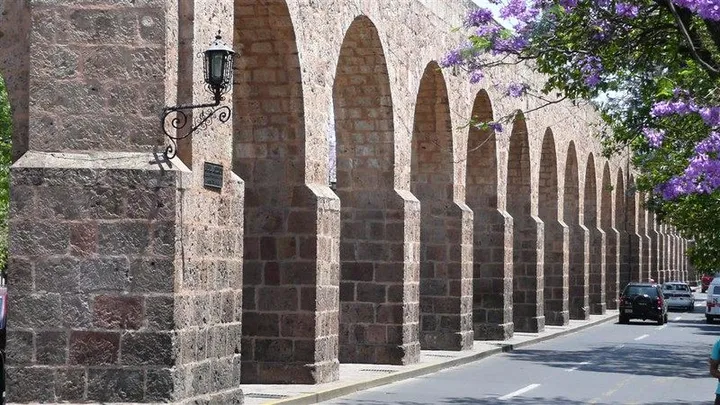
Morelia Mexico Unveiled: Your Definitive Travel Guide
-
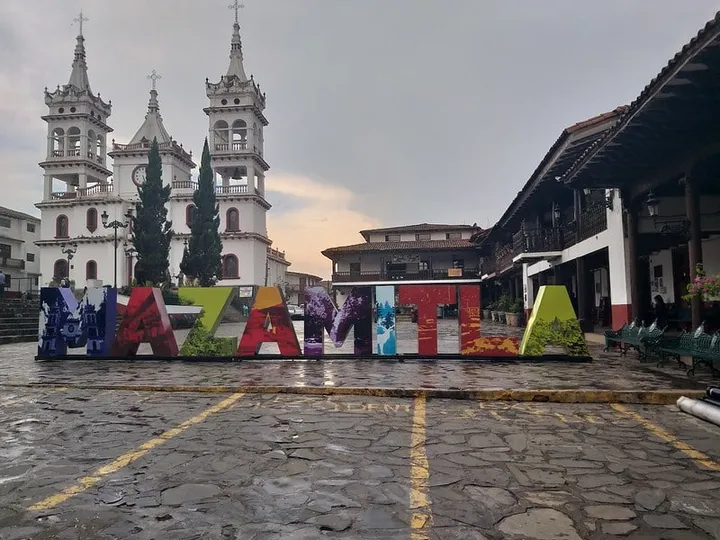
Mazamitla Magic: Exploring the Charms of Mexico’s Alpine Gem
-
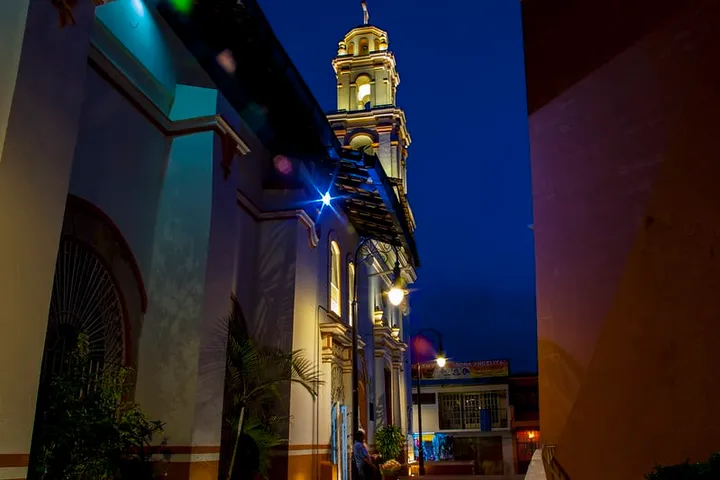
Huauchinango Puebla’s Hidden Treasures: Top Attractions
-
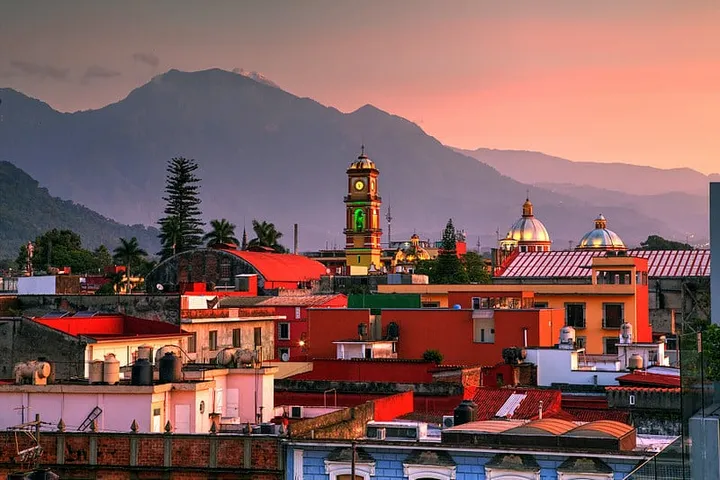
Journey to Orizaba, Veracruz: A Magical Town Beckoning in 2024
-

Unveiling Palenque: Exploring Mexico’s Ancient Gem in Chiapas
-
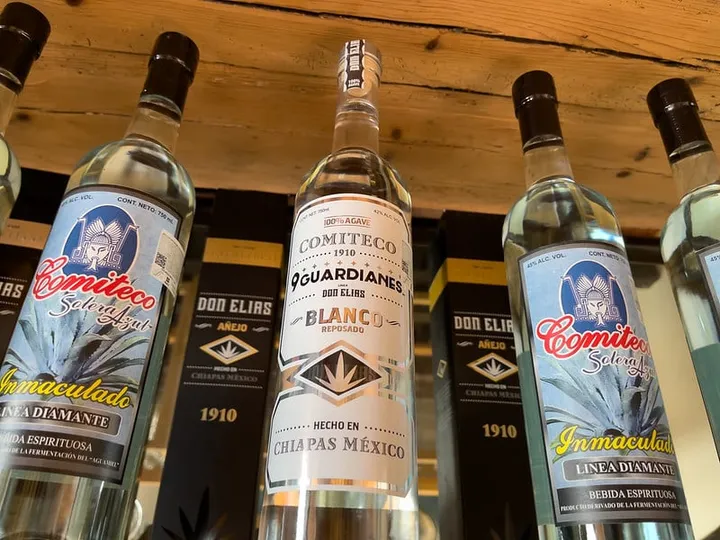
Savoring Comiteco: Chiapas’ Hidden Gem in Agave Distillation
-
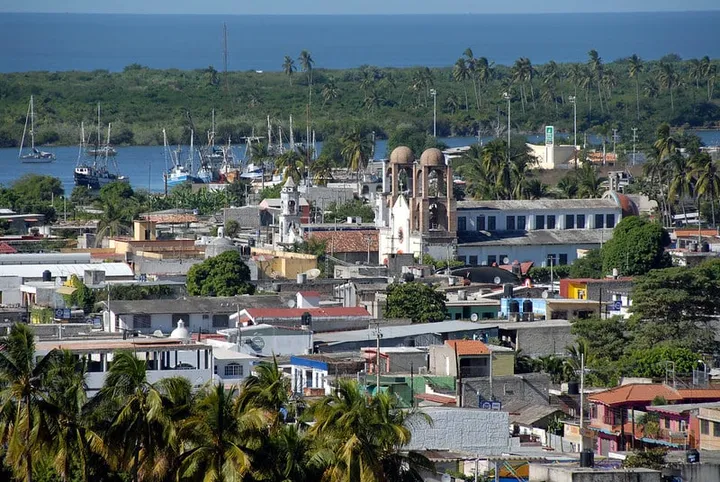
Unearthing San Blas Nayarit’s Tranquil Treasures: Sun and Serenity
-

Ixtlan del Rio: Unraveling the Secrets of Nayarit’s Charm
-
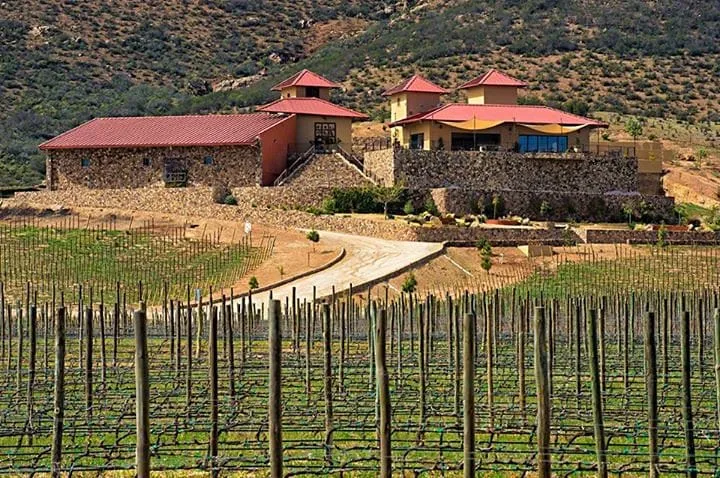
11 Best Hotels in Valle de Guadalupe: Wine Country
-
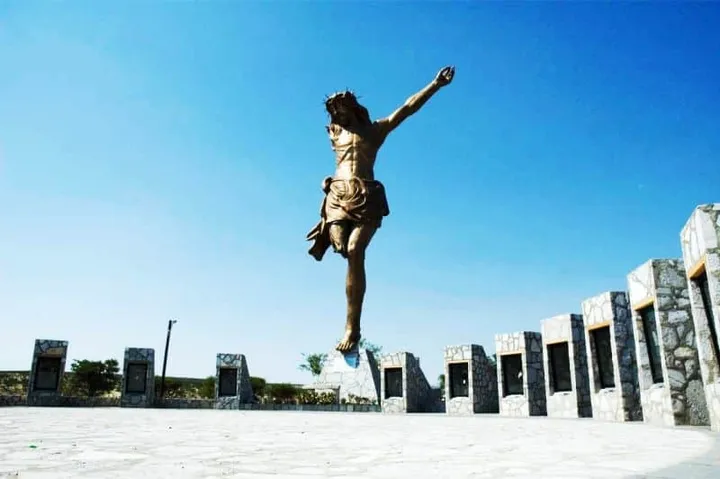
San Jose de Gracia, Aguascalientes: The Broken Christ Sanctuary
-

Puerto Escondido, Oaxaca Travel Escapade: Sun, Surf, and Serenity
-
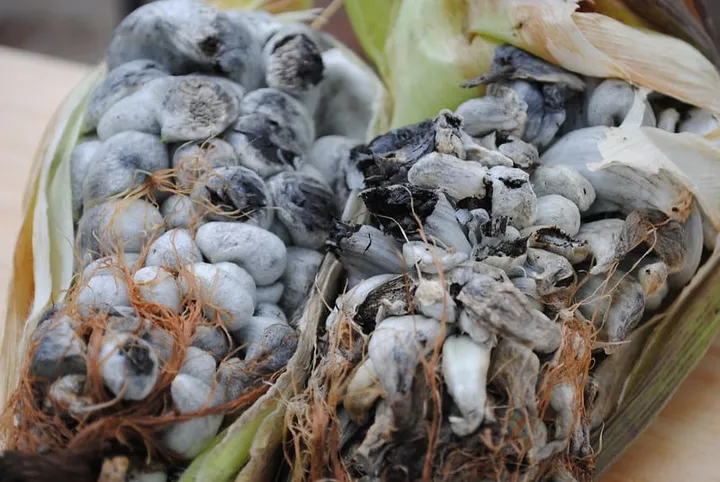
Huitlacoche: Journey into the Enigmatic World of Mexican Cuisine
-

Coyoacan Chronicles: Unveiling the Cultural Gems of Mexico City
-
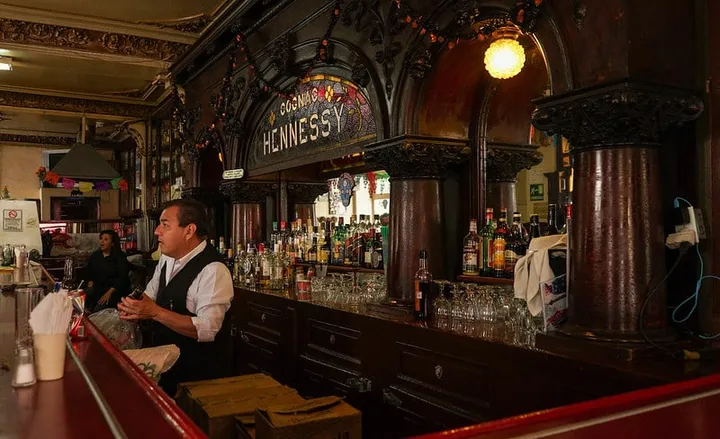
Cantinas: Mexico’s Enclaves of Stories, Spirits, and Friendship
-

Discovering Polanco: The Pinnacle of Sophistication in Mexico City
-

Roma District: A Bohemian Rhapsody in Mexico City
-

Baja Beach Escapes: North and South’s 10 Most Enchanting Shorelines
-
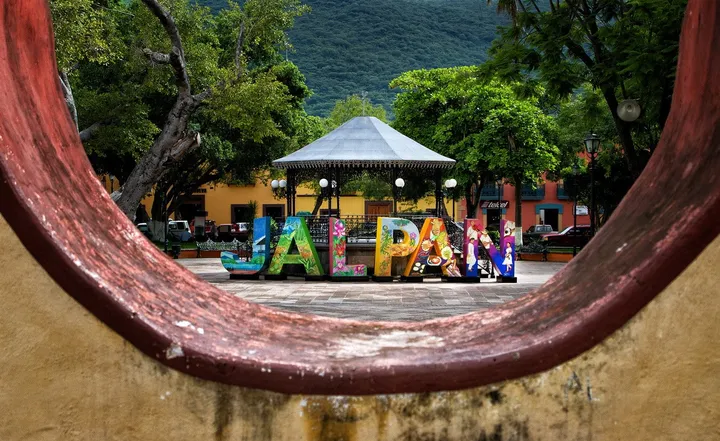
Jalpan de Serra, Queretaro: A Bucket List of Attractions
-

Gateway to Grutas de Tolantongo: Best Hotels to Experience in 2024
-
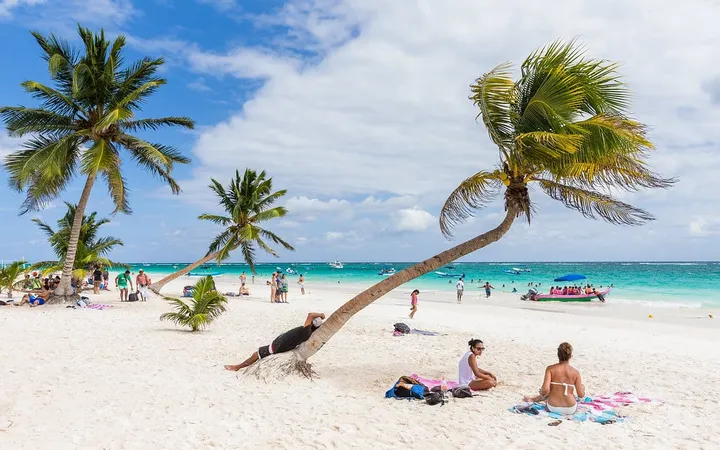
Experiencing Playa Paraiso in Tulum’s Beauty
-
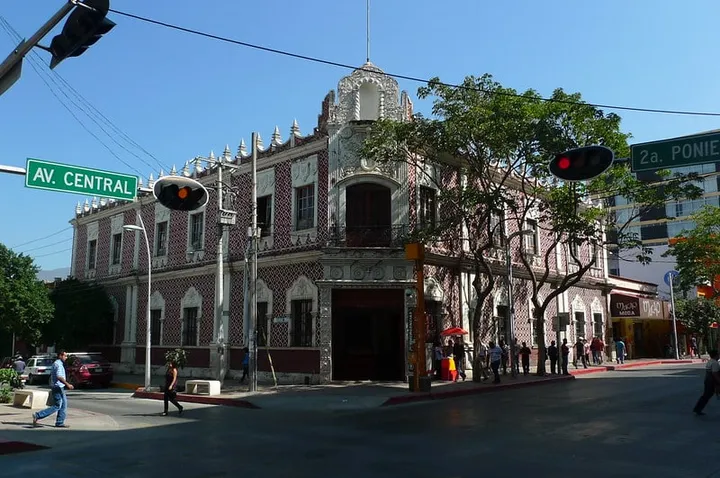
Tuxtla Gutierrez: 18 Experiences for a Remarkable Stay in Chiapas
-
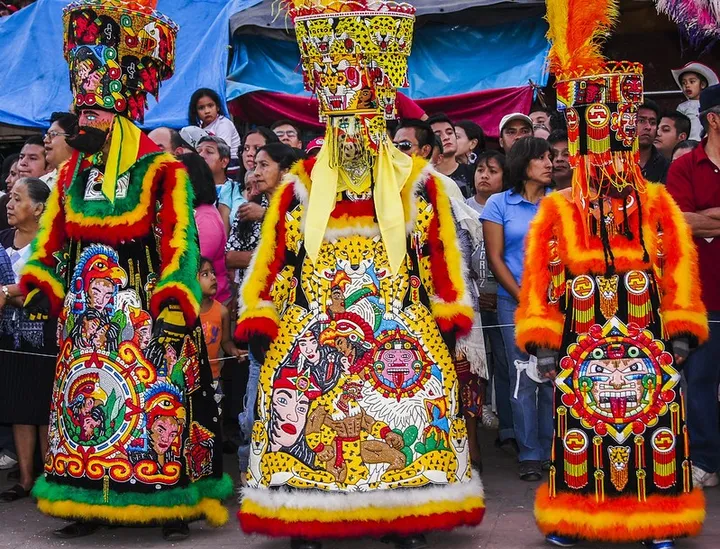
Chinelos Folk Dance: The Heartbeat of Morelos’ Cultural Legacy
-

Chiapas’ Hidden Gem: Las Nubes and its Breathtaking Waterfalls
-

Batopilas Chihuahua Exposed: Insider Tips and Top Attractions
-
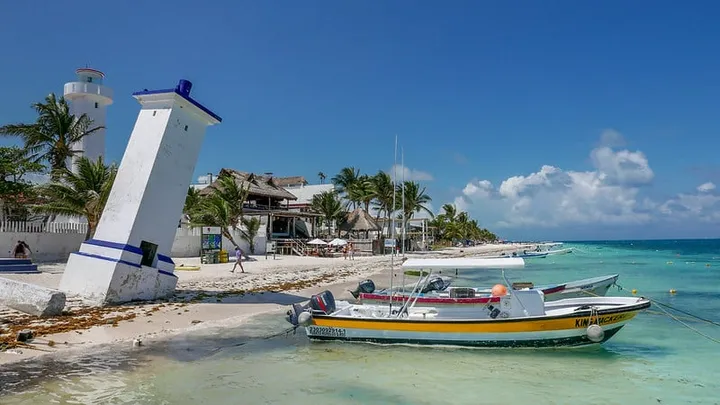
Puerto Morelos Uncovered: The Ultimate 2024 Beach Experience
-
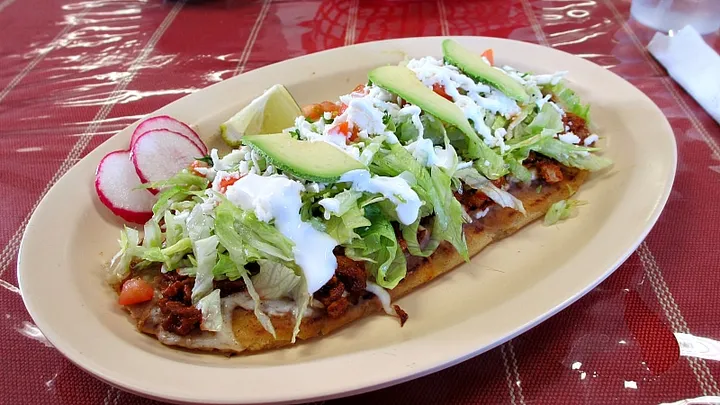
Beyond Tacos: Why Huaraches Should Top Your Foodie Wishlist
-

Hook, Line, and Paradise: Crafting Your Perfect Baja Fishing Getaway
-

Bucerias Beach: Crafting Memories with the Top 10 Experiences
-
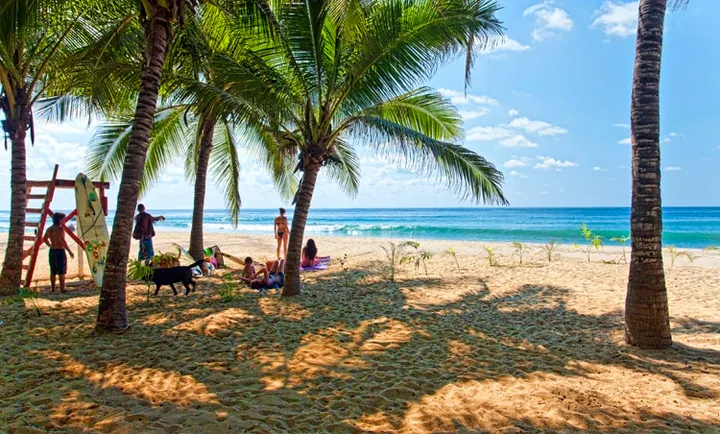
Unveiling San Pancho Mexico: 12 Must-Do Activities
-

Surf’s Up in Salina Cruz: Exploring Oaxaca’s Coastal Paradise
-

Your Complete Guadalajara Airport Handbook: What to Expect
-
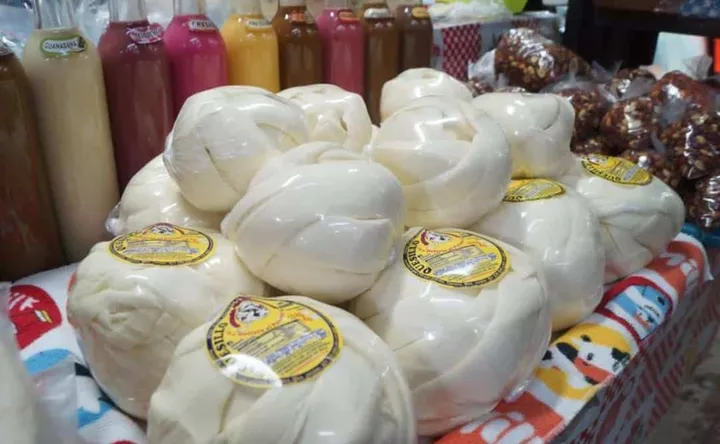
Oaxaca Cheese: Mexico’s Creamy Culinary Masterpiece
-
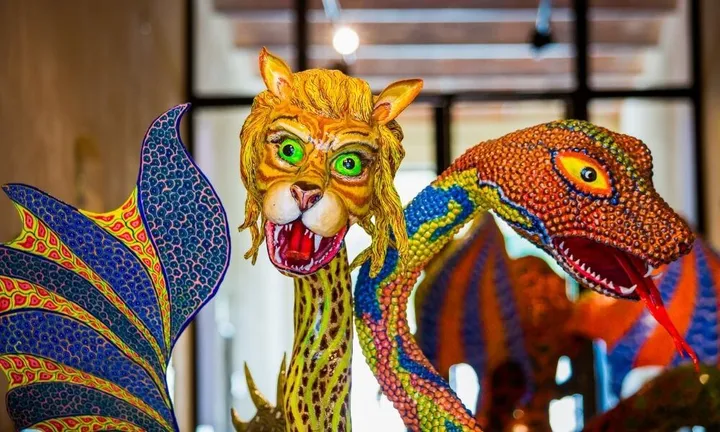
What are Alebrijes? Mexico’s Enchanting Folk Art Creations
-
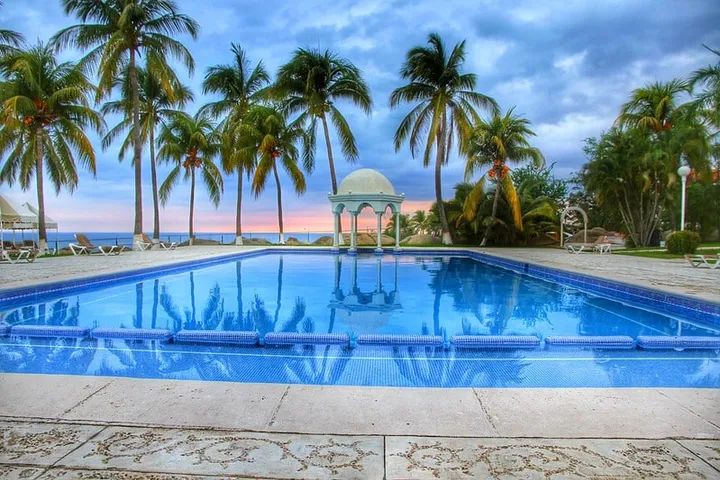
Best Hotels in Puerto Escondido, Oaxaca: The Ultimate Guide
-

Top 15 Family-Friendly Vacation Spots in Mexico: Family Fiesta!
-

Best Oaxaca Beaches: 24 Must-Visit Coast Destinations
-

How to Drink Mezcal Like a Pro: A Guide to Impeccable Tasting
-
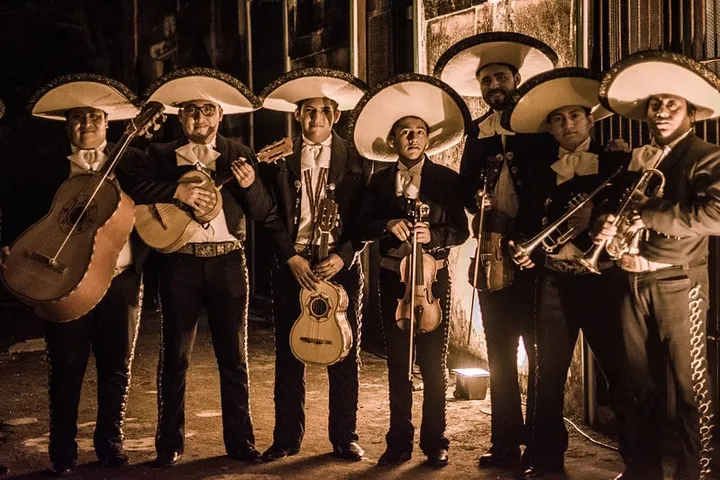
Mariachi: Echoes of Tradition, Harmony of Mexican Cultural Heritage
-
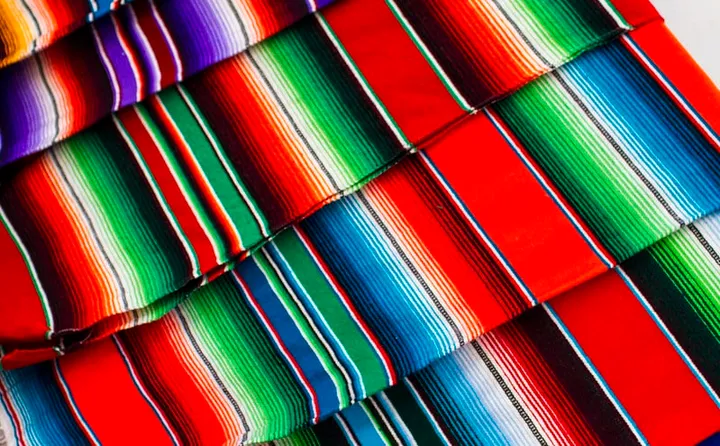
Mexican Serape Blankets: Weaving History, Culture, and Comfort
-

Exploring Mexico’s Best National Parks and Biosphere Reserves
-
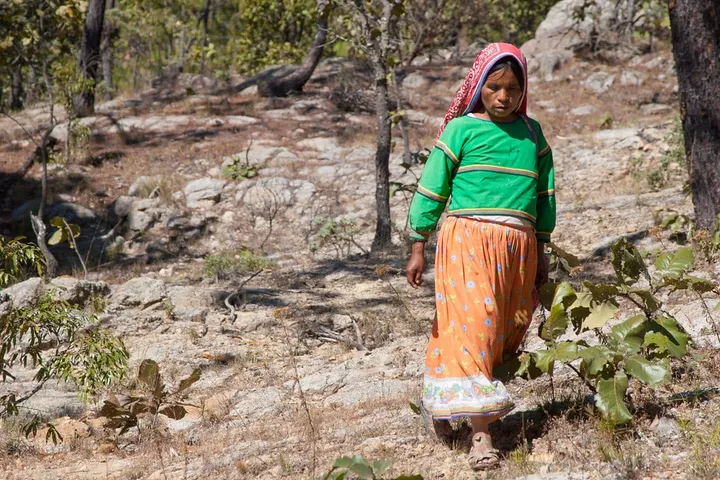
Indigenous Mexico: 20 Fascinating Native Cultures
-
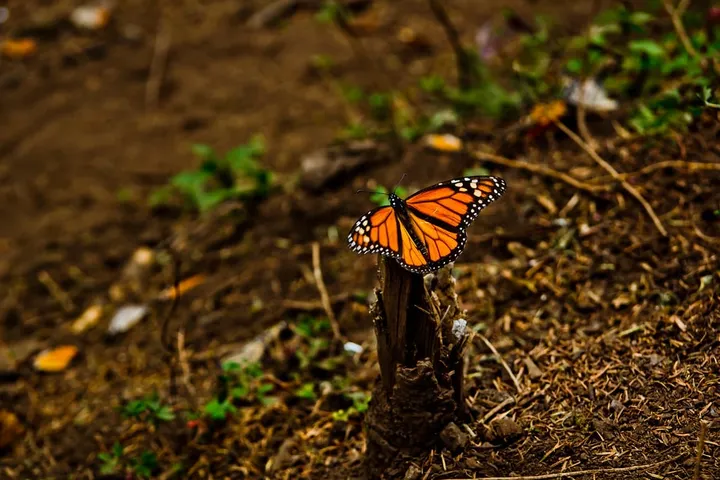
Chasing Monarchs: A Guide to Mexico’s Best Butterfly Sanctuaries
-
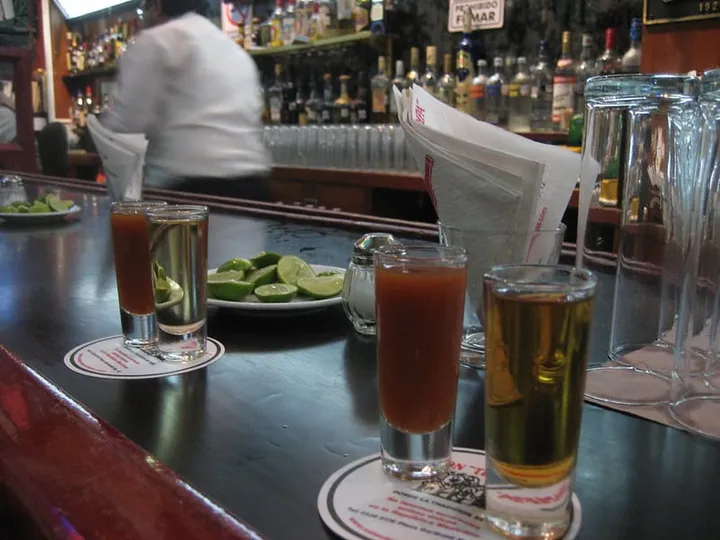
Discover Sangrita for Tequila: Beyond Salt and Lime
-
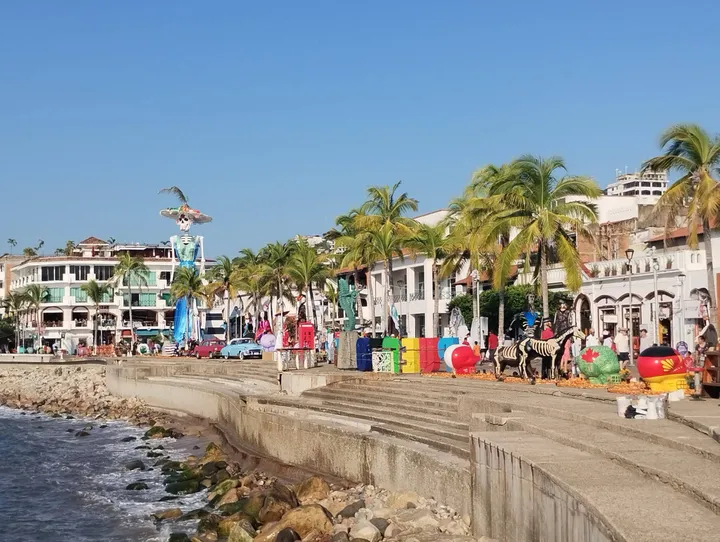
Puerto Vallarta Delights: 12 Activities That Define Your Getaway
-

23 Best Cenotes in Mexico: Crystal Clear Adventures
-
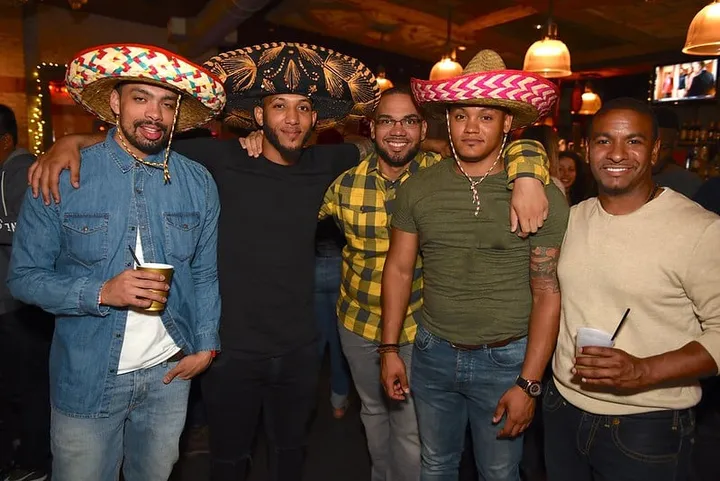
Cinco de Mayo: An All-American Celebration with Mexican Roots
-
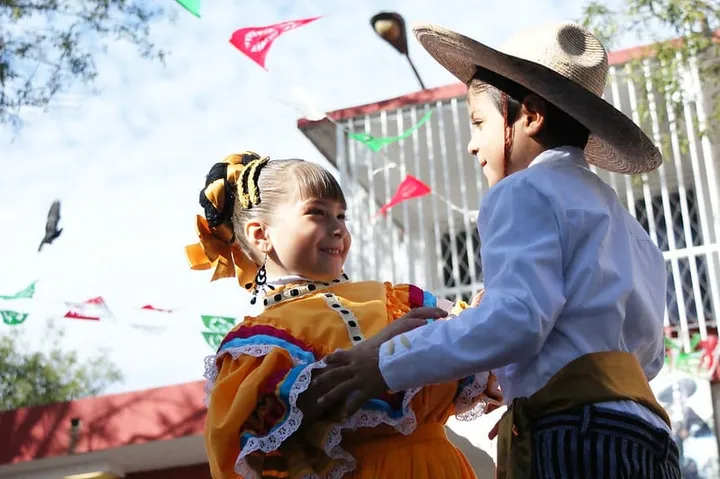
23 Vibrant Traditions That Define Mexican Culture: Viva Mexico!
-

Exploring Xel-Ha Park: 16 Attractions for Every Traveler
-
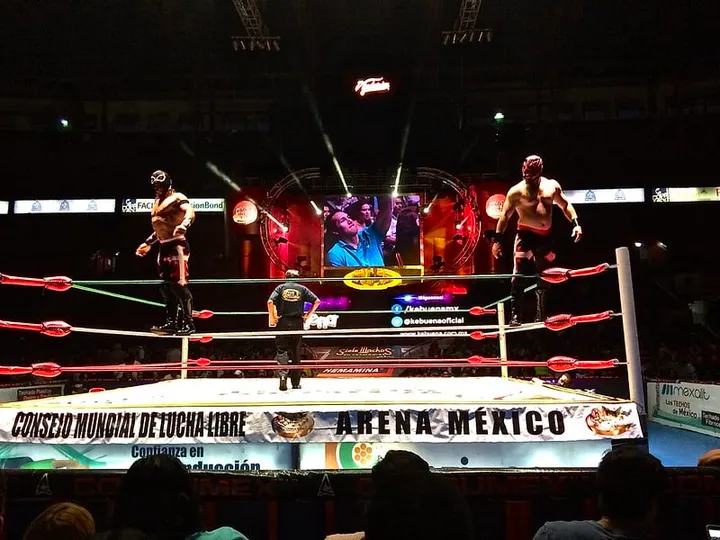
A Spectator’s Guide to Lucha Libre in Mexico City: Step Into the Ring
-
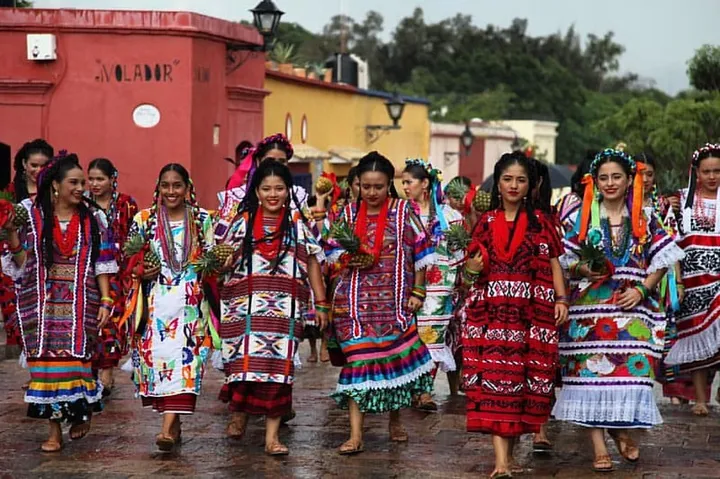
La Guelaguetza: Oaxaca’s Dance of Diversity and Tradition
-
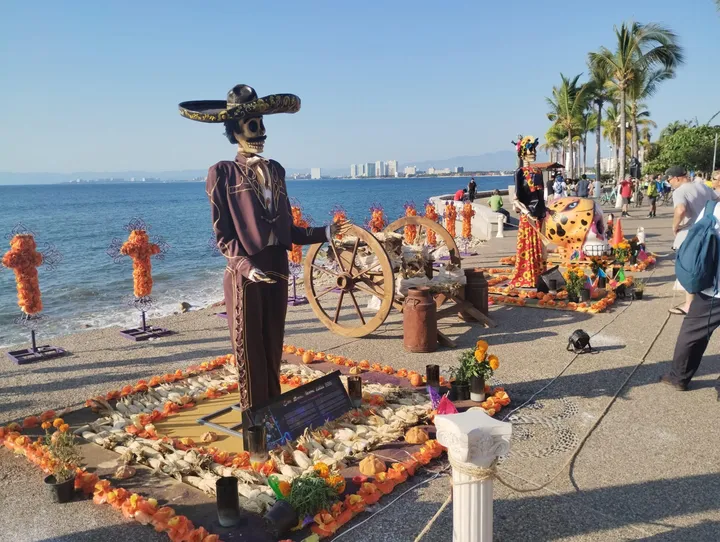
Day of the Dead in Mexico: Costumes, Cuisine, and Culture
-
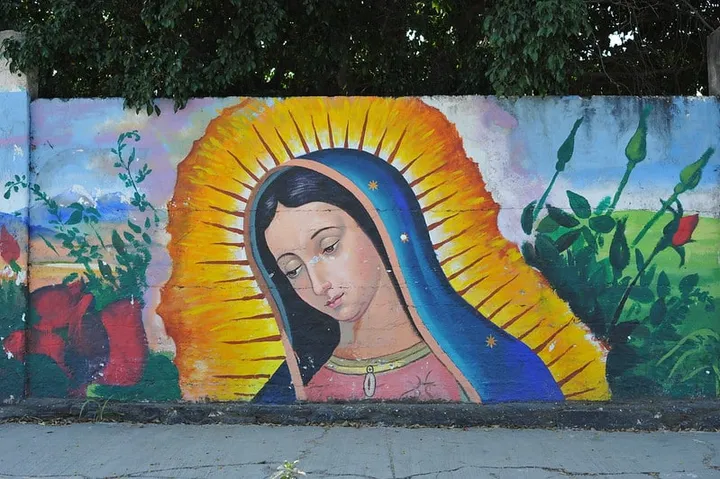
Our Lady of Guadalupe’s Light of Hope in Mexican History
-
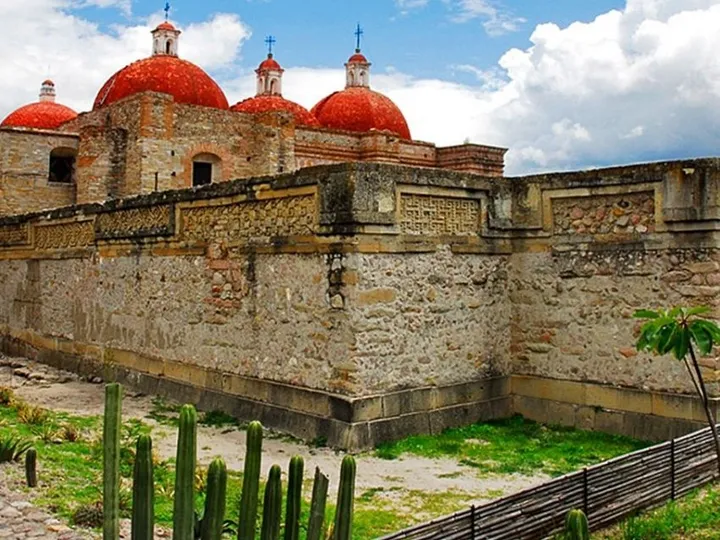
Mitla Oaxaca: Unearth the Magic of this Archaeological Gem
-

Why Retiring in Mexico Could Be Your Best Move Yet
-

Lo de Marcos, Nayarit: Where Mexican Beach Dreams Come True
-

Villa del Carbon, Mexico: A Treasure Trove of Mexican Charm
-
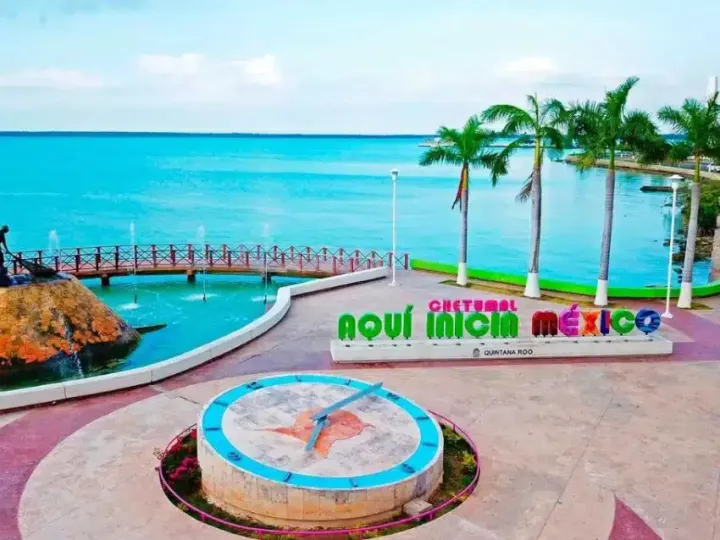
Chetumal, Mexico: A Journey Through Southern Borders
-
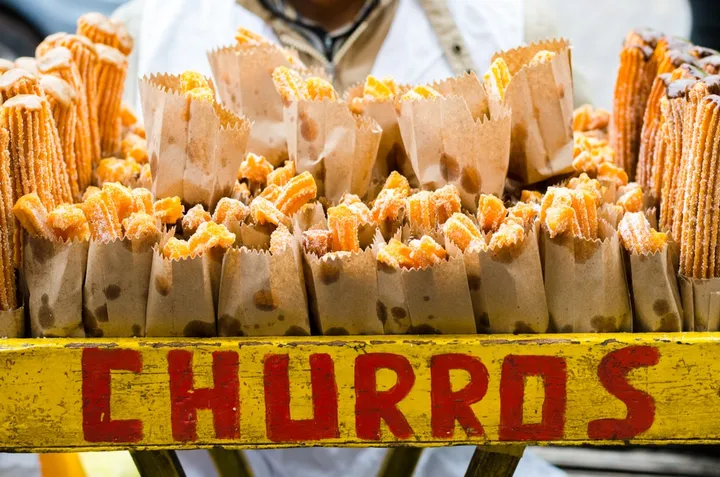
Mexican Churros: Golden, Crispy, and Rich in History
-

Driving in Mexico: Safety Tips and Scenic Routes
-

Tecate, Mexico: Baja California’s Unique Pueblo Mágico
-
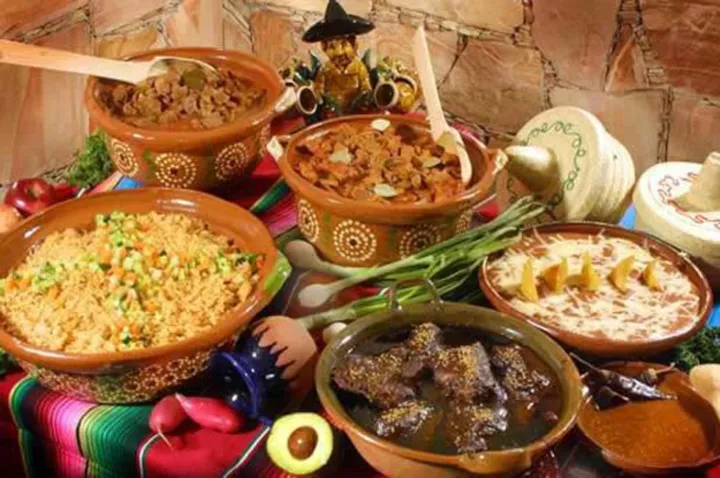
17 Mexican Foods and Ingredients: From Tacos to Mole
-

The Ultimate Mexican Riviera Travel Itinerary
-
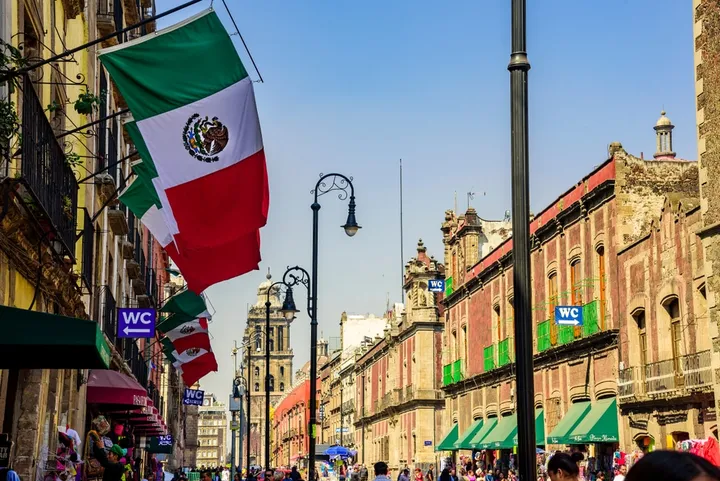
Top 8 Mexican Cities Preferred by Expats: Casa, Amigos, y Más
-
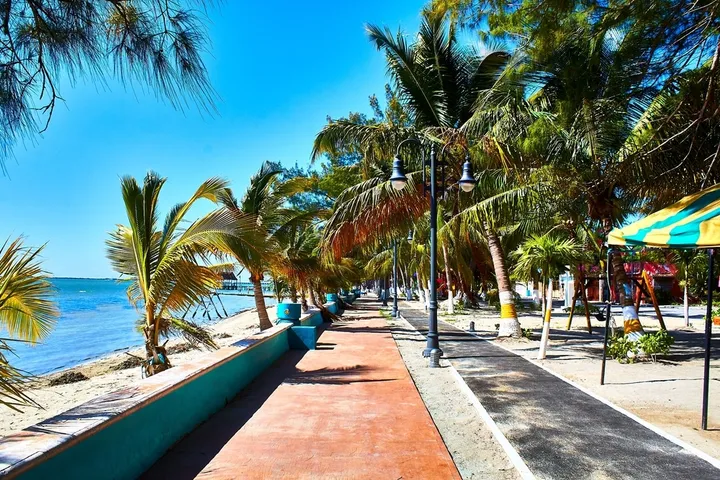
Isla Aguada Campeche and Its Enchanting Attractions
-
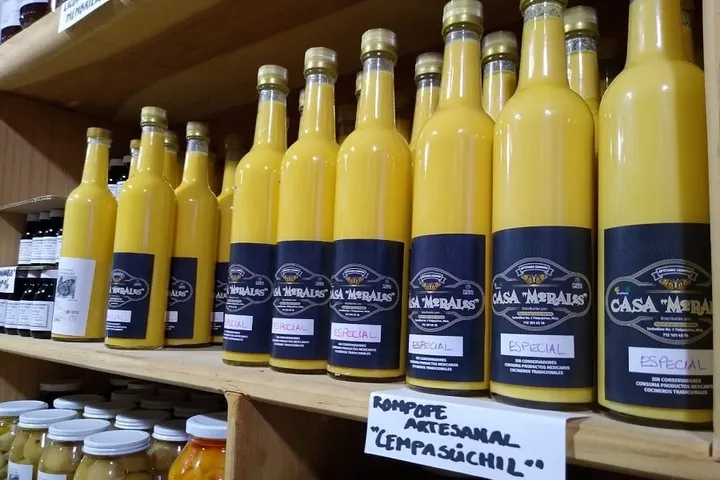
Why Rompope is Mexico’s Best-Kept Secret Liqueur
-

Fishing in Mexico: Top Saltwater and Freshwater Picks
-
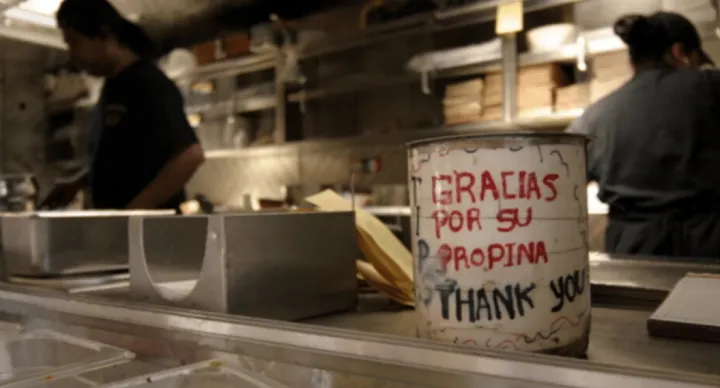
Tipping in Mexico: How Much Green to Leave on the Table
-
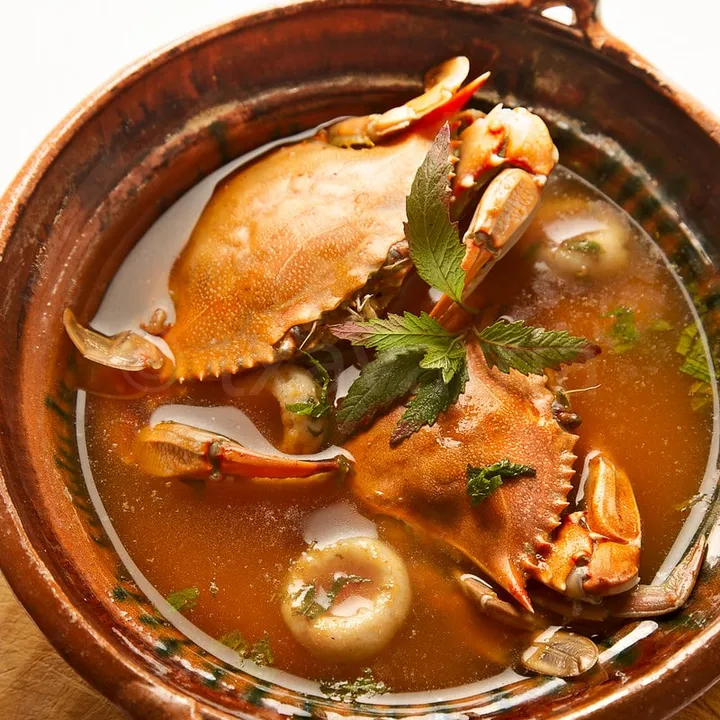
Chilpachole de Jaiba: A Crab Soup Extravaganza!
-

The Mayan Route Unveiled: Your Epic Road Trip Awaits!
-
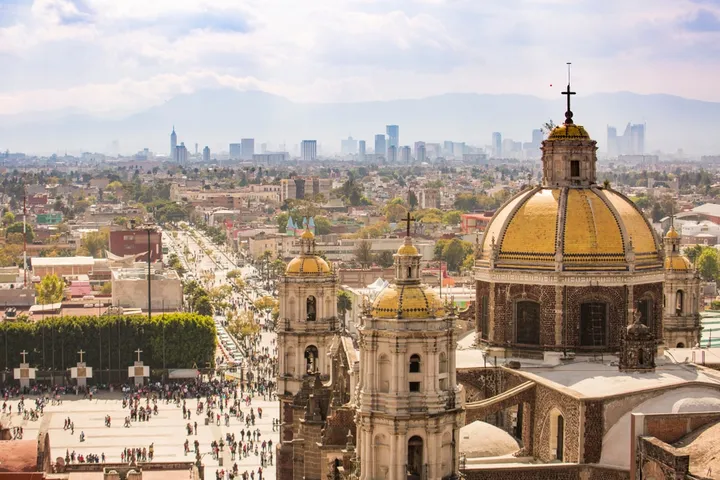
Mexican Marvels: 20 Cities That Capture the Heart
-
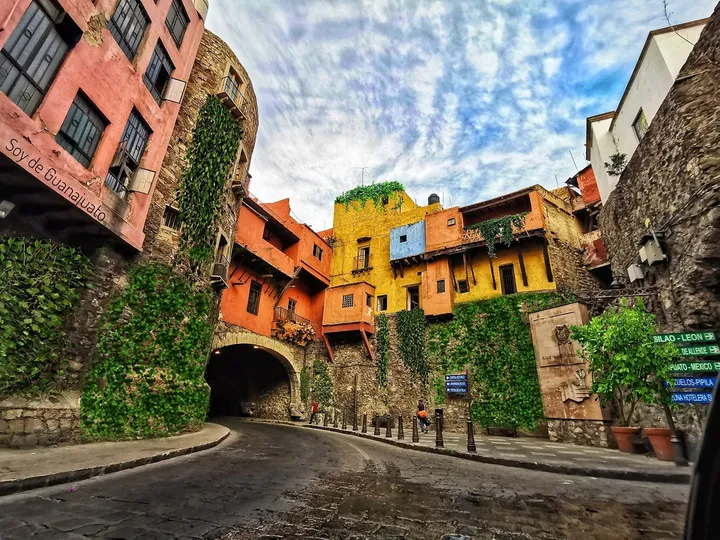
Exploring Guanajuato City: A 2024 Adventure Bucket List
-
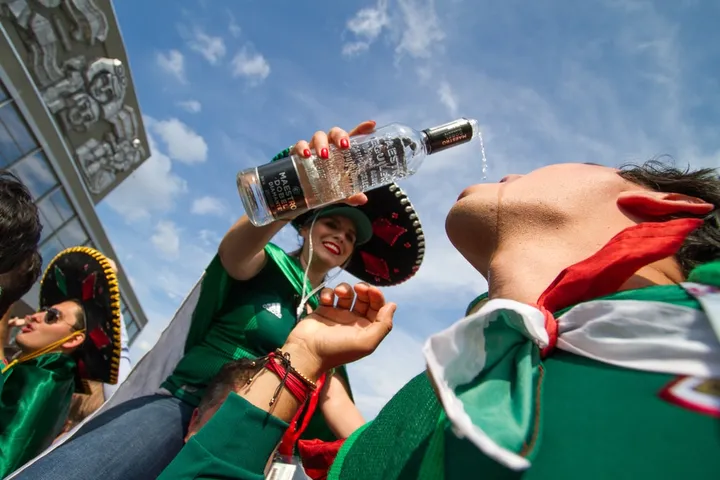
How to Drink Tequila Like a Pro: From Sip to Salud!
-

Best Mexican Beers: From Light to Craft, the Ultimate Guide
-

16 Dreamy Camping Destinations in Mexico: Camp in Style
-
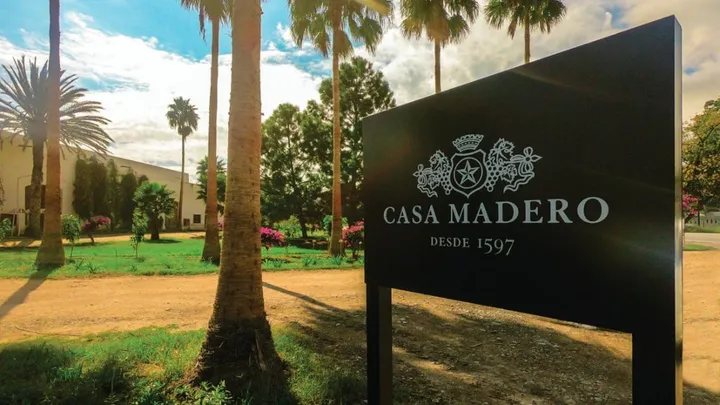
Parras de la Fuente, Coahuila: The Cradle of Mexican Wine
-
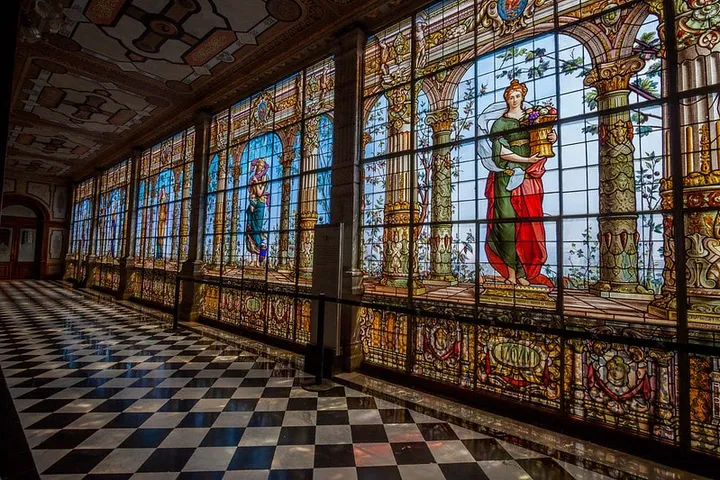
The Ultimate Guide to Mexico City: 45 Must-See Attractions
-
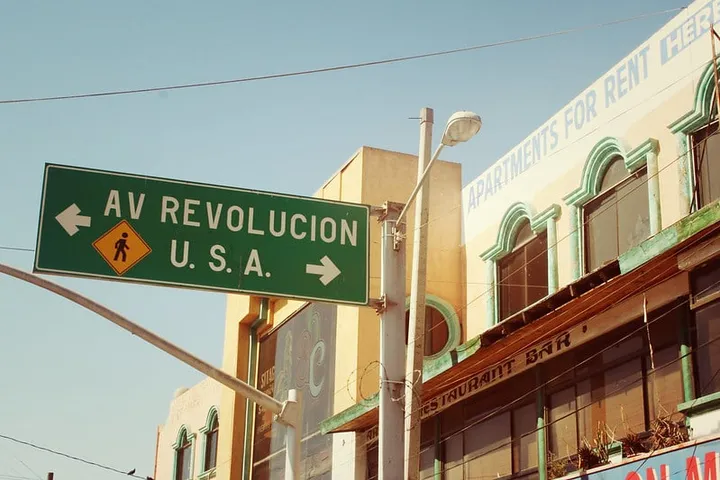
Tijuana Mexico: Must-Visit Spots for an Unforgettable Trip
-

Top 7 Mexican Mole Sauces to Savor and Delight
-
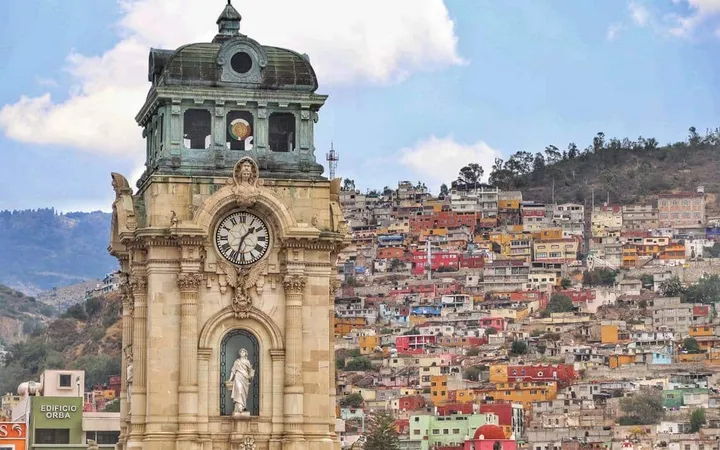
Discover Pachuca Mexico and Its 20 Must-See Attractions
-
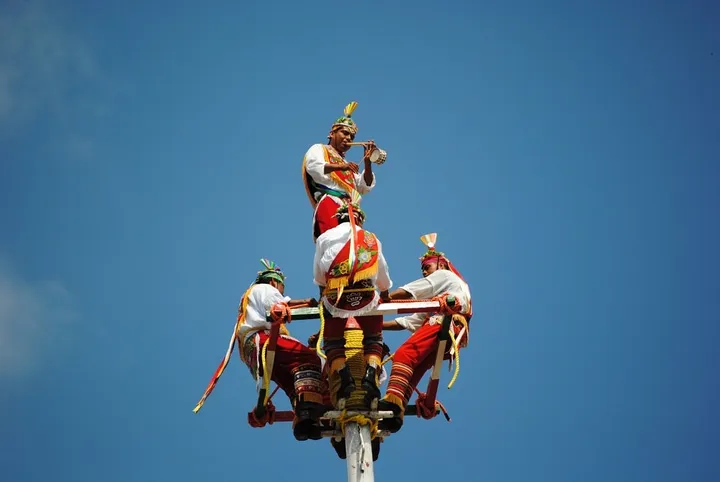
Voladores de Papantla (Flyers): A Must-See Spectacle in Veracruz
-
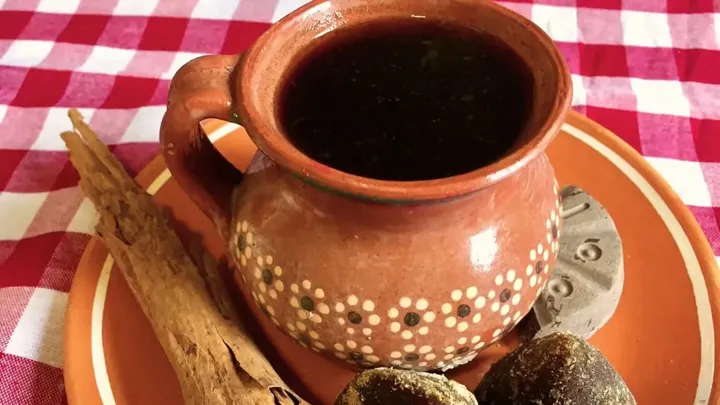
Cafe de Olla: A Warm Hug in a Mug with a Mexican Twist
-

Real del Monte, Hidalgo: A Charming Secret for Curious Travelers
-

11 Finest Golf Courses in Mexico: Teeing Off in Paradise
-

TOP 30 Beaches in Jalisco: From Hidden Coves to Popular Shores
-
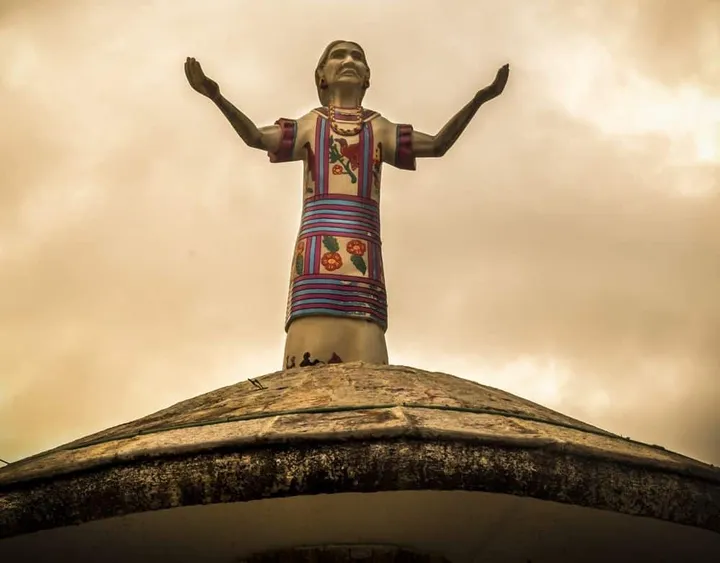
Huautla de Jimenez: The Mystical World of Sacred Fungi
-

Rosarito, Mexico: Your Ultimate Beach Escape Near the Border
-

Top 12 Hotels in Punta Mita, Mexico: Your Dream Vacation Awaits
-
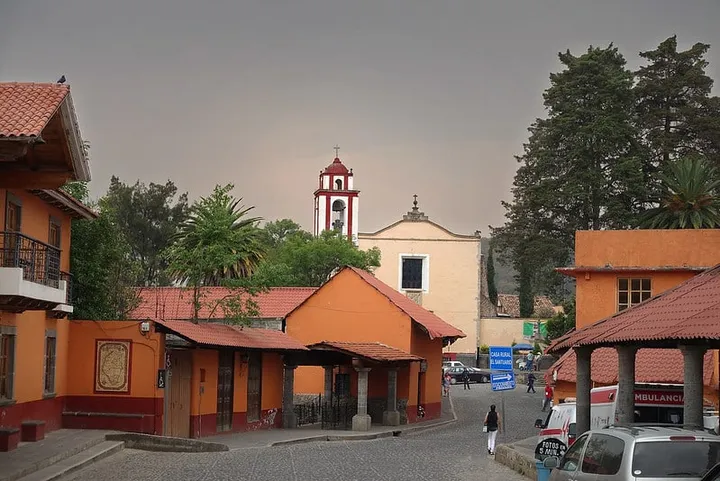
Huasca de Ocampo, Mexico: Unique Attractions and Adventures
-
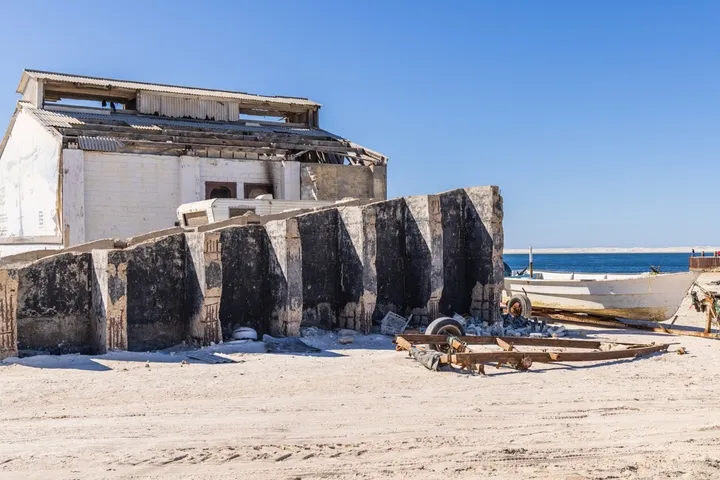
Guerrero Negro, Baja California: Whale-Watching and Salt Flats
-
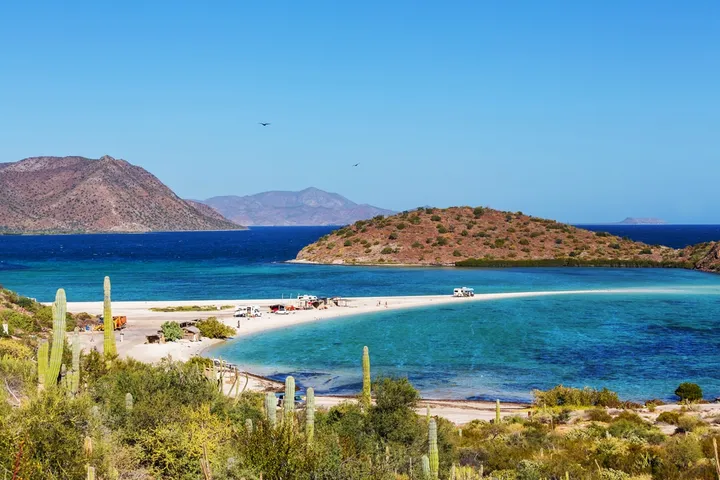
15 Must-See Spots in Baja California Sur, Mexico
-
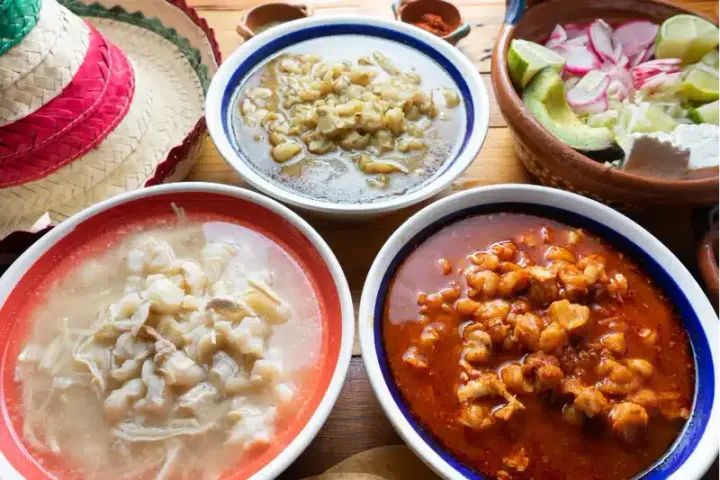
Pozole Types: Discovering the Red, White, and Green Pozoles
-
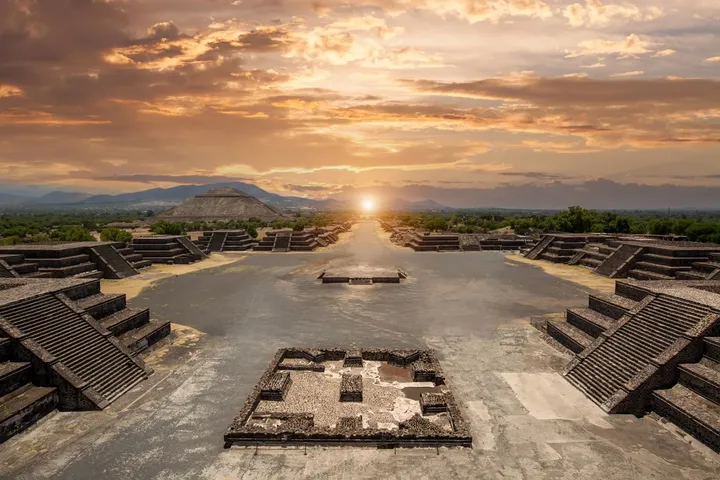
Pyramids of Teotihuacan: A Magical Mexican Adventure
-
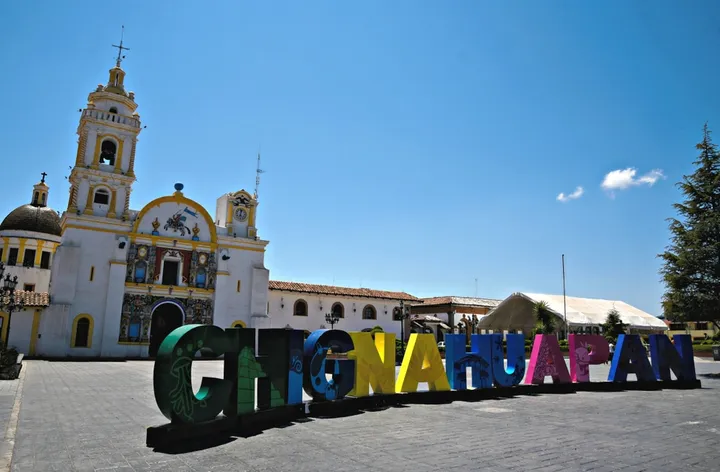
Chignahuapan, Puebla: Where Traditions and Beauty Unite
-

Mexico City Museums and Art Galleries: Top 30 Picks
-
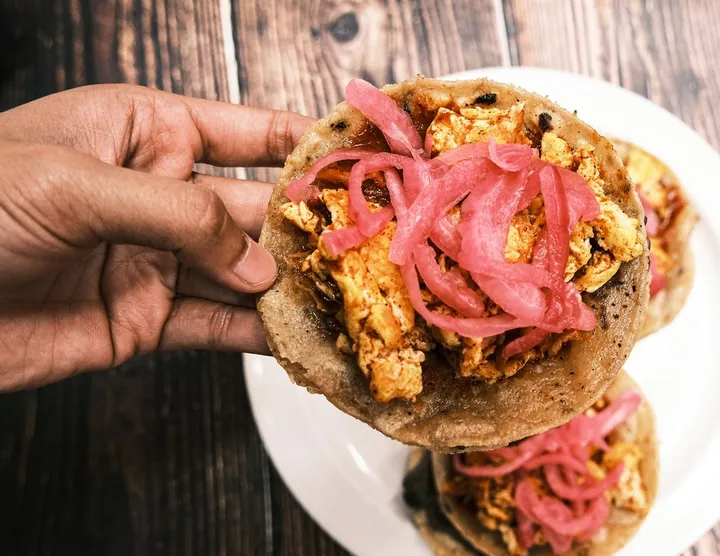
Panuchos: A Taste of History and Culture of Yucatan
-
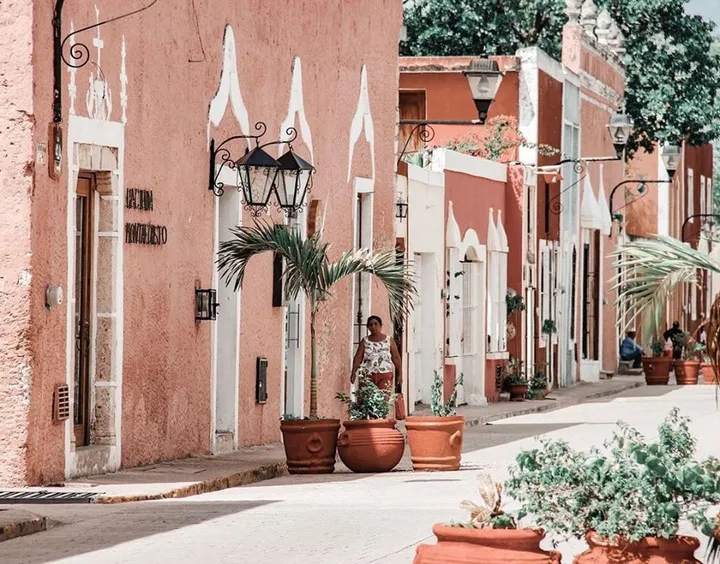
Valladolid, Yucatan: Unveiling the Magic of Mexico’s Heartland
-
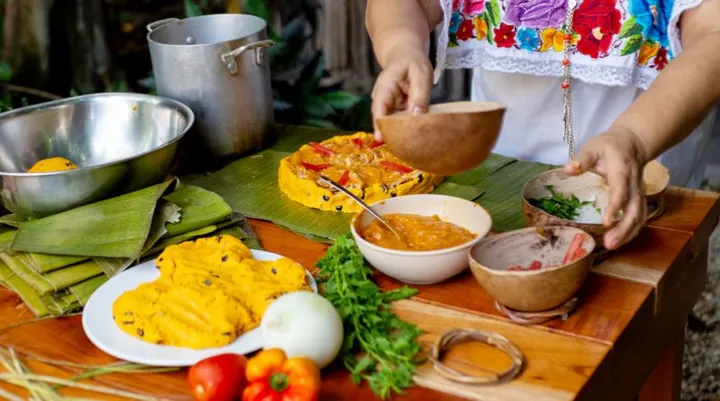
TOP Yucatan Foods: Discover the 21 Most Beloved Dishes
-
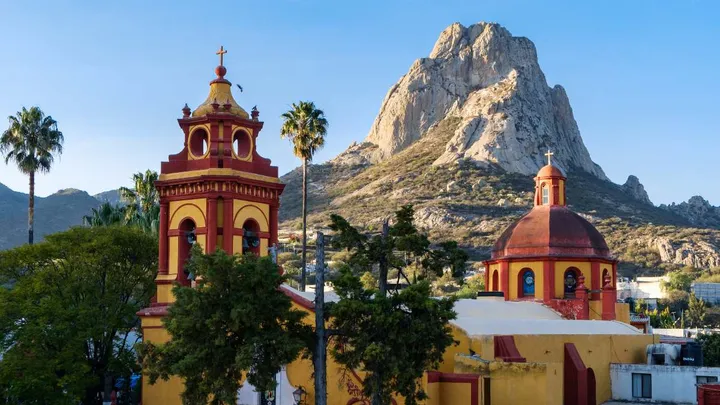
Discover Bernal Queretaro and the Magic of Its Monolith
-

Ensenada Mexico: Your Ultimate Guide to Baja California
-
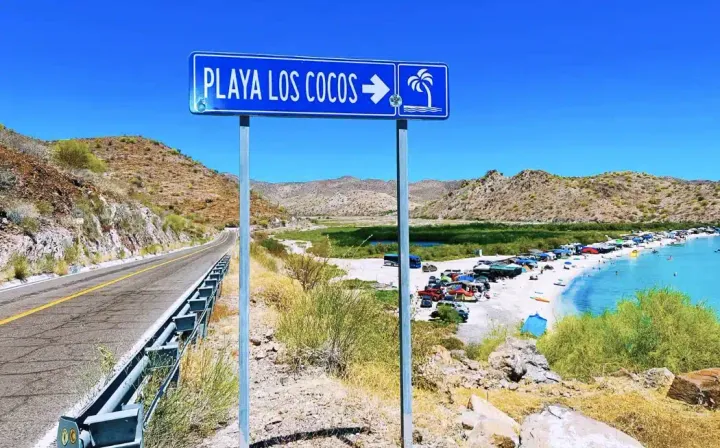
Mulege, Mexico: Crafting Unforgettable Experiences in Baja
-
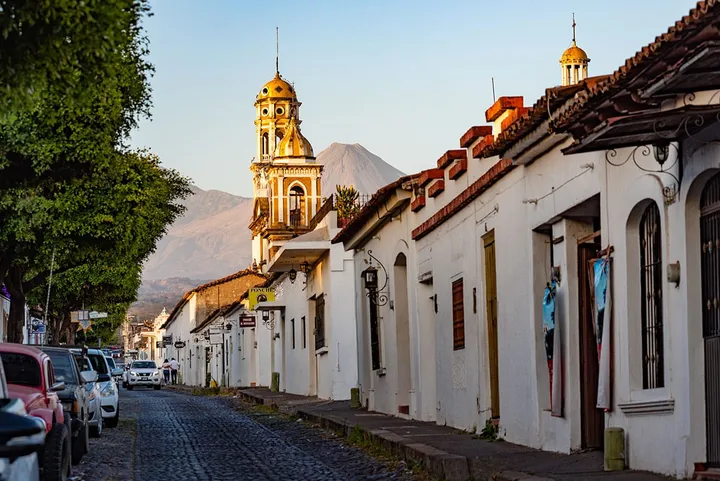
Comala, Colima: 7 Attractions to Add to Your Itinerary
-
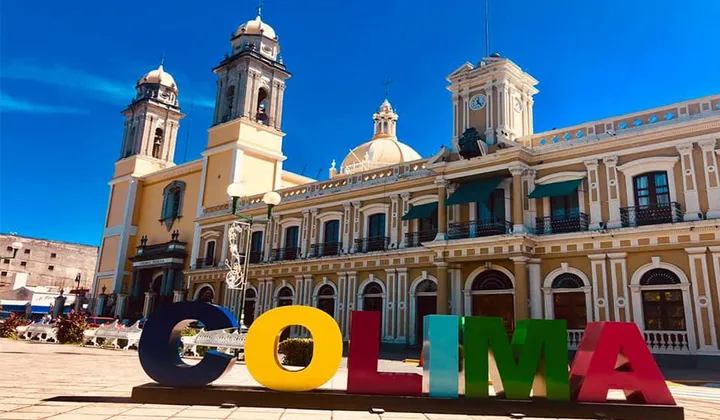
Colima, Mexico: A Cultural Adventure in Mexico’s Hidden Jewel
-

Top 12 Wineries in Valle de Guadalupe, Baja Mexico
-
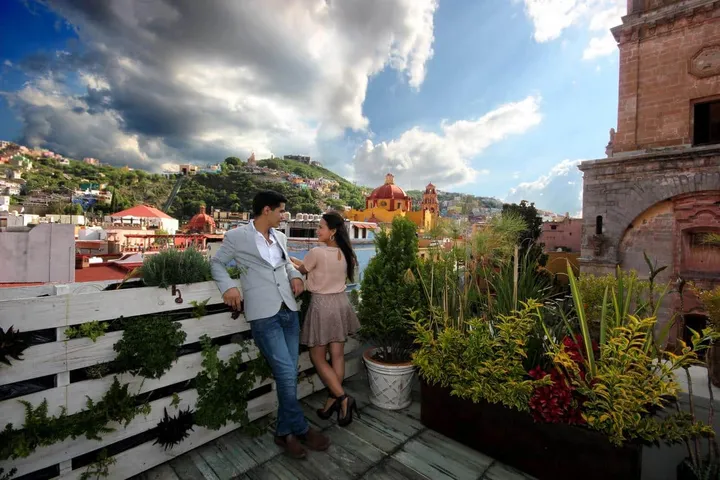
Honeymoon in Mexico: 12 Most Romantic Spots
-

Why Ixtapan de la Sal is Your Gateway to Mexican Adventure
-

15 Enchanting Getaways Near Mexico City: Escape to Romance
-
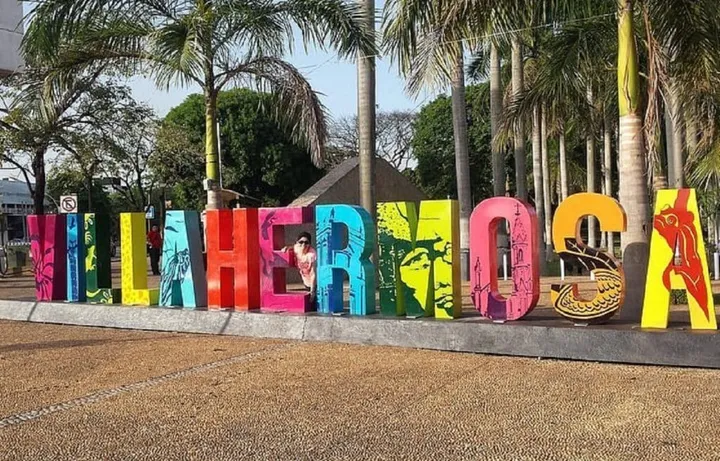
Villahermosa Tabasco’s 15 Must-See Attractions
-
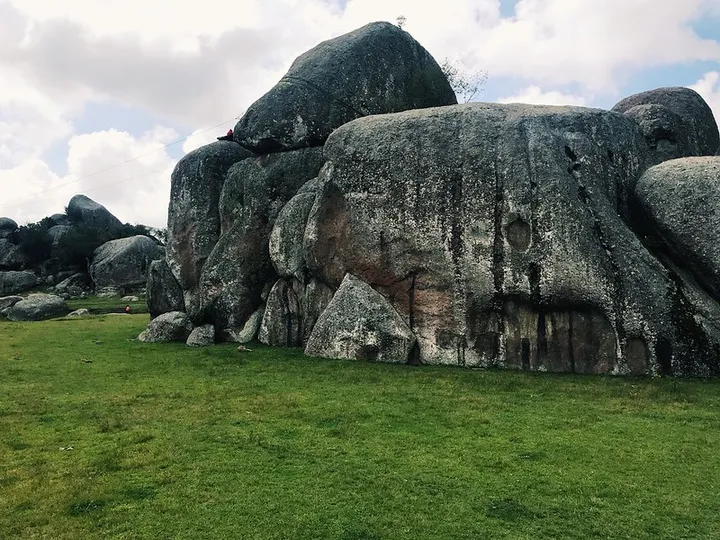
Tapalpa Jalisco Unveiled: Must-See Secrets for Your Adventure
-
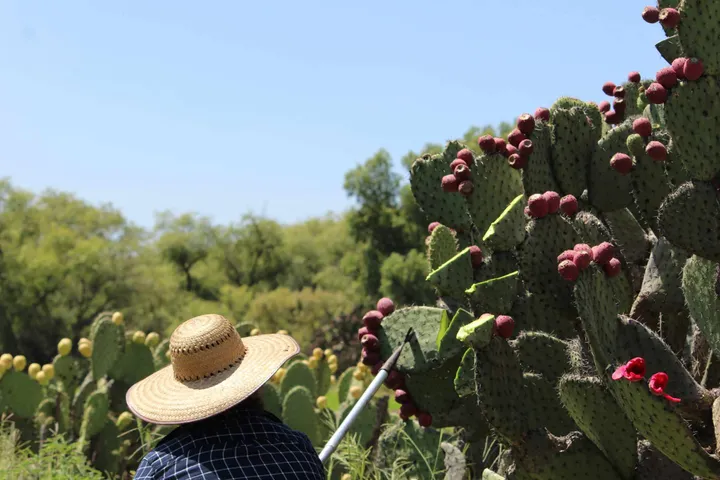
Try Colonche! Mexico’s Timeless Prickly Pear Drink
-
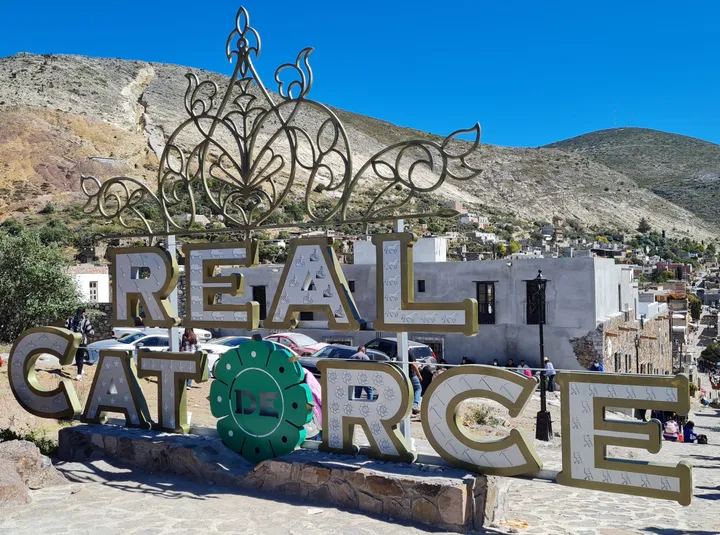
Real de Catorce, Mexico: Where History Meets Mysticism
-
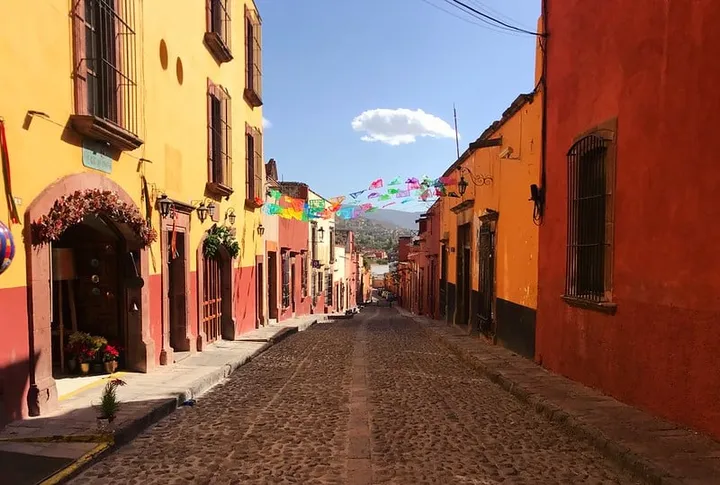
San Miguel de Allende, Mexico: The Ultimate Top 20 List
-
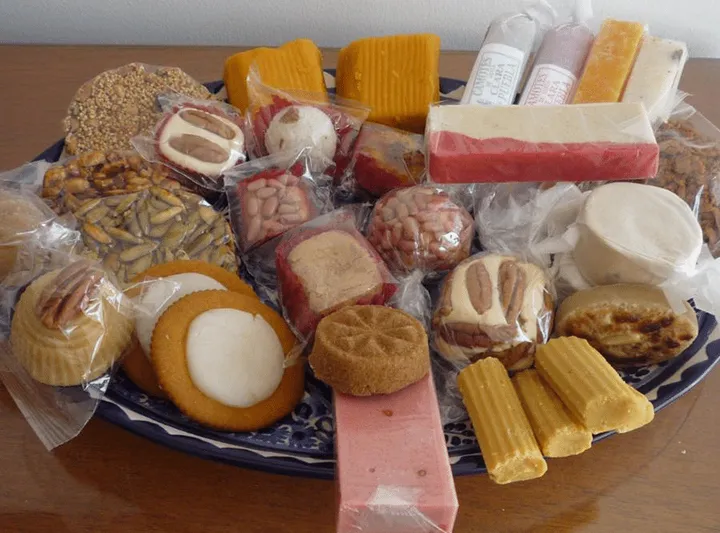
TOP Mexican Candies: 20 Irresistible Treats You Can’t Miss
-

15 Beaches in Riviera Nayarit For Your Dream Vacation
-
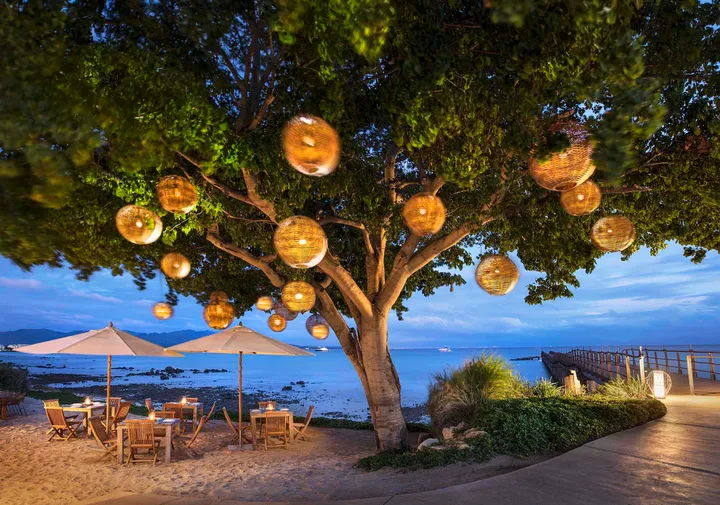
Punta Mita, Mexico: Must-See Attractions and Luxurious Stays
-
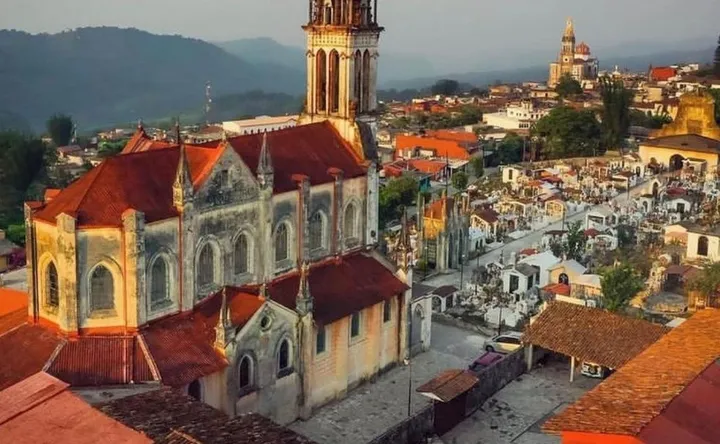
Cuetzalan, Puebla: Unraveling the Wonders of a Pueblo Mágico
-

Xcacel Beach’s Hidden Treasure: The Stunning Cenote Within
-
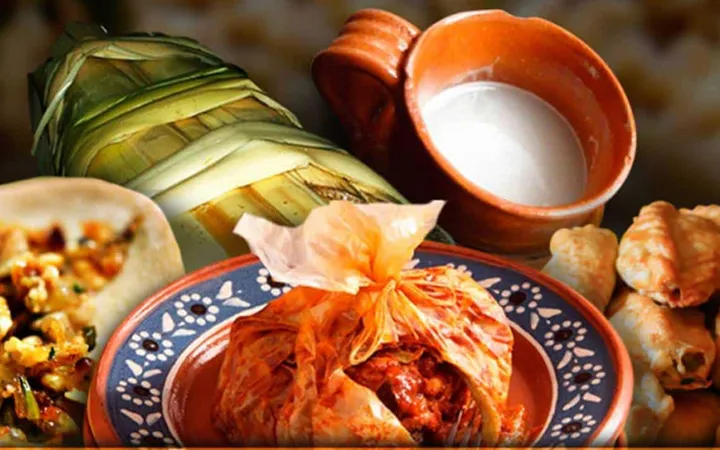
Mixiotes: The Flavors of Aztec History Unwrapped
-

Angangueo, Michoacan: A Tale of Butterflies and Beauty
-

Michoacan’s Coastal Charms: The 16 Best Beaches for Your Bucket List
-
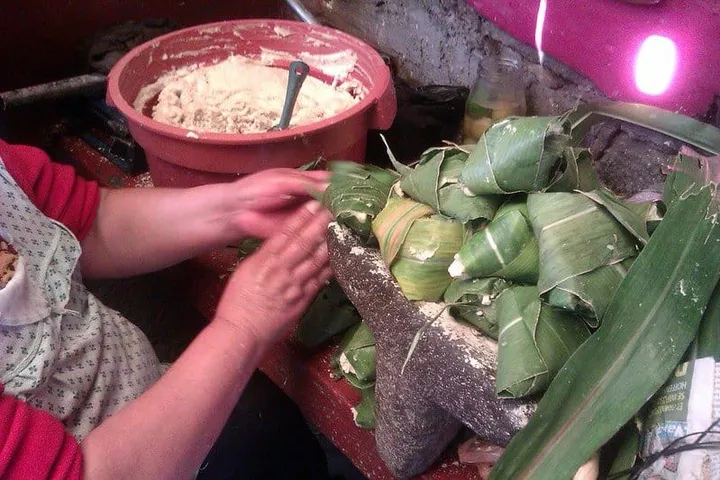
Corundas vs. Uchepos: A Tasty Tamale Showdown
-
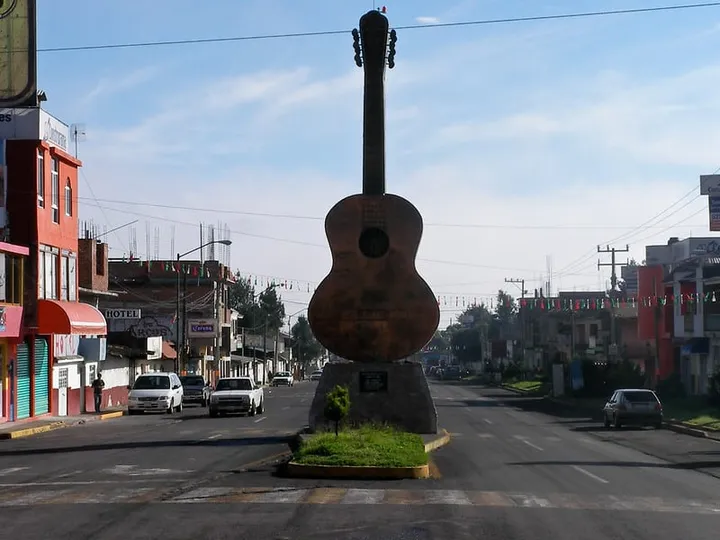
Musical Mastery in Michoacan: The Story of Paracho’s Guitar Craftsmen
-
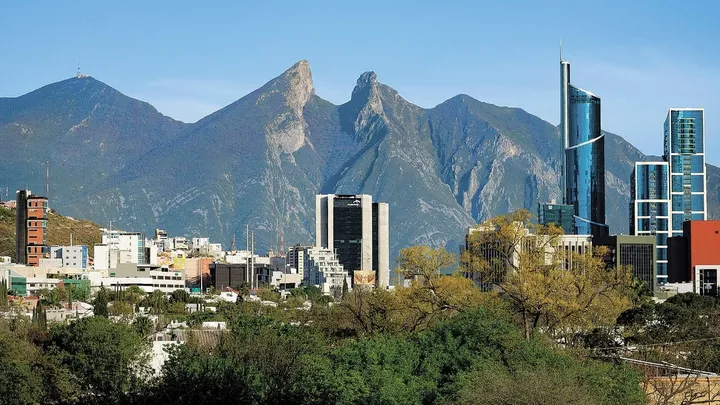
Monterrey Mexico: The Essential Traveler’s Handbook
-

Savoring Jericallas: The Mexican Crème Brûlée You Need to Try
-
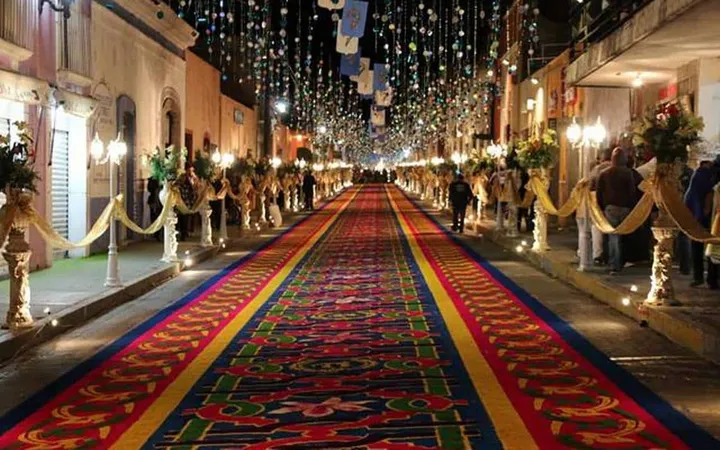
Huamantla Magic: A Journey Through Tlaxcala’s Treasures
-
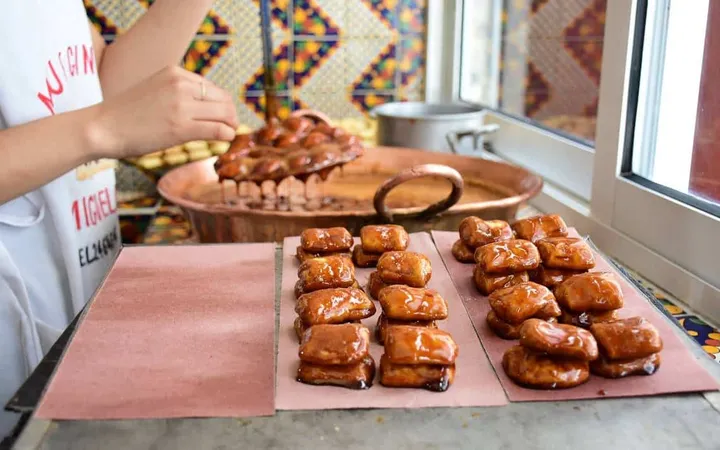
Mueganos – Puebla’s Sweet Temptation: A Taste of Tradition
-

Tlaxcala, Mexico: Where Tradition Meets Modernity
-
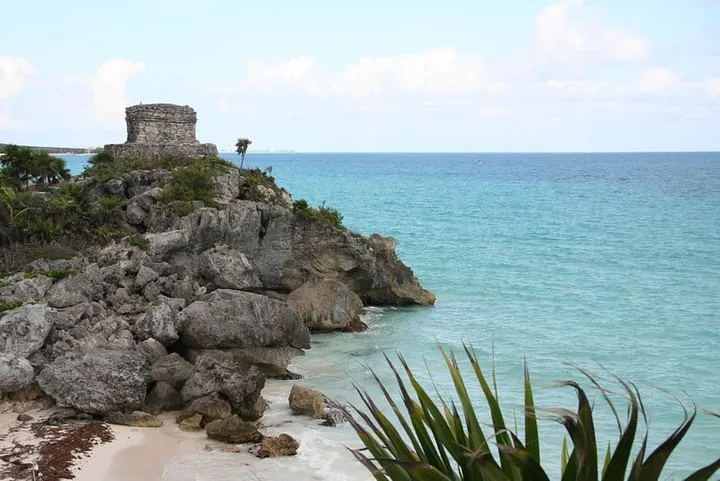
Tulum Mexico: Get Ready with Our Expert Travel Guide and Tricks
-
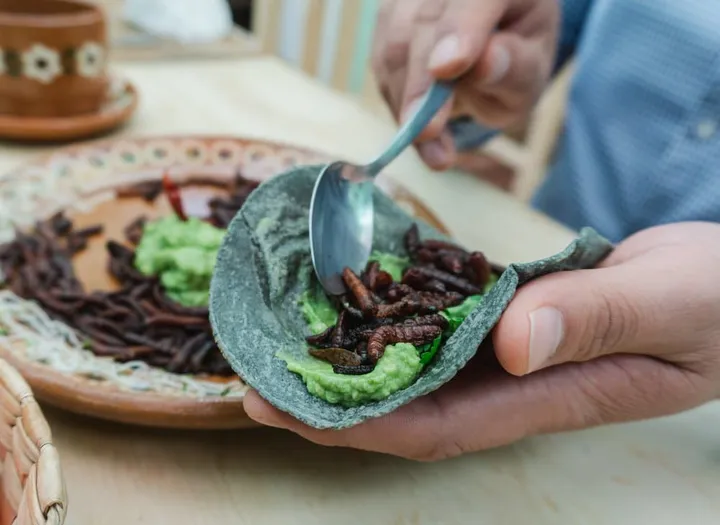
Chinicuiles and Mezcal Worms: From Agave to Your Plate
-

Talpa de Allende, Jalisco: A Journey Through Culture and Nature
-

Ciudad Obregon, Sonora: 12 Essential Stops for Travelers
-
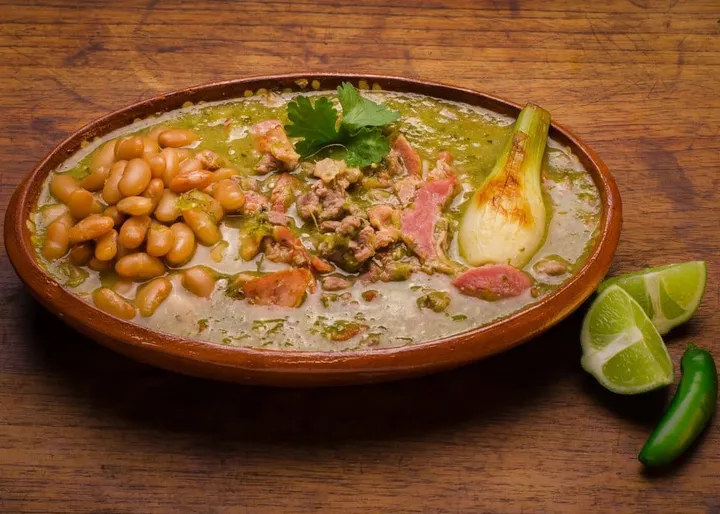
The Art of Carne en su Jugo (Meat in its Juice)
-
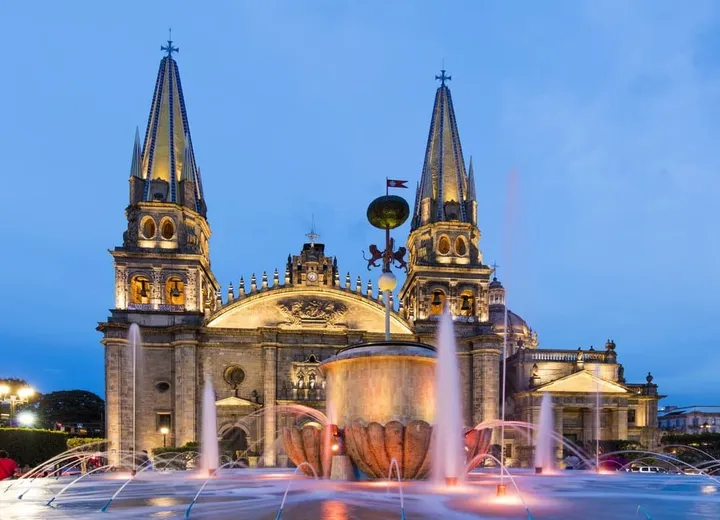
Guadalajara Jalisco’s Top Things to Do and See in 2024
-

Xpu-Ha Beach: Where Relaxation Meets Adventure
-
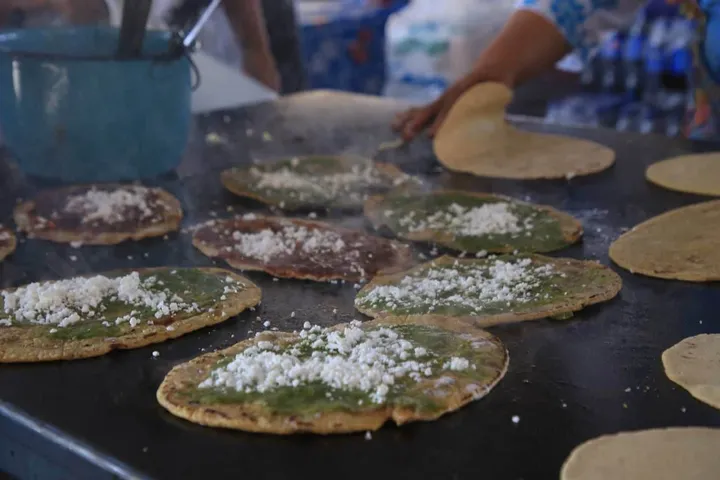
Memelas Street Food: A Mexican Foodie’s Dream
-
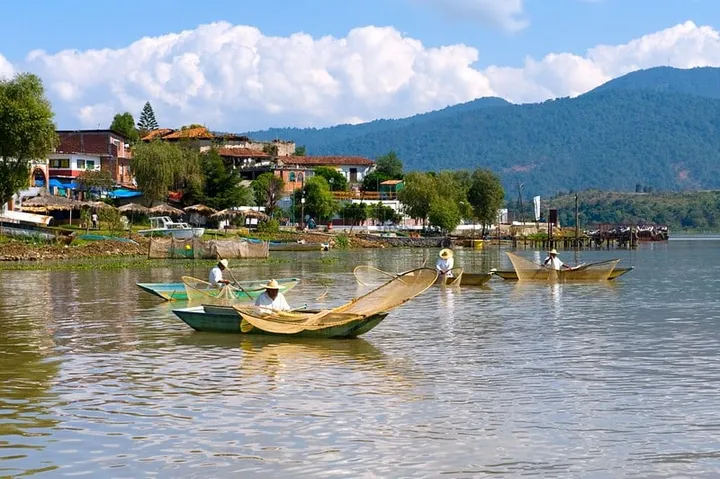
Patzcuaro, Michoacan: A Mesmerizing Lakeside Experience
-
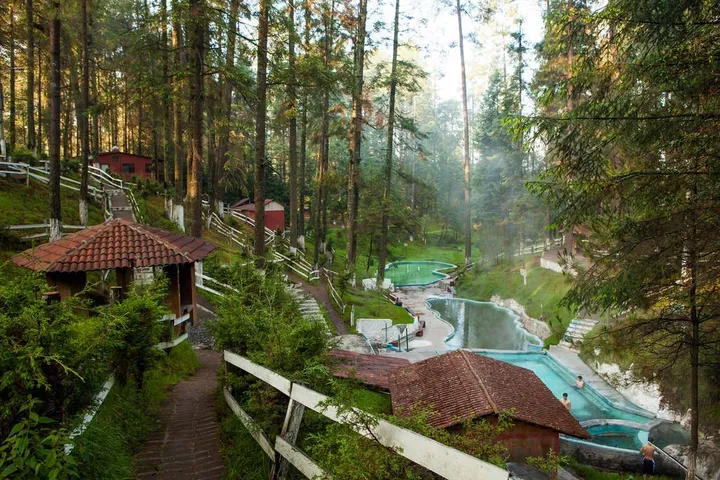
Los Azufres, Michoacan: Your Mexican Spa Paradise Awaits!
-
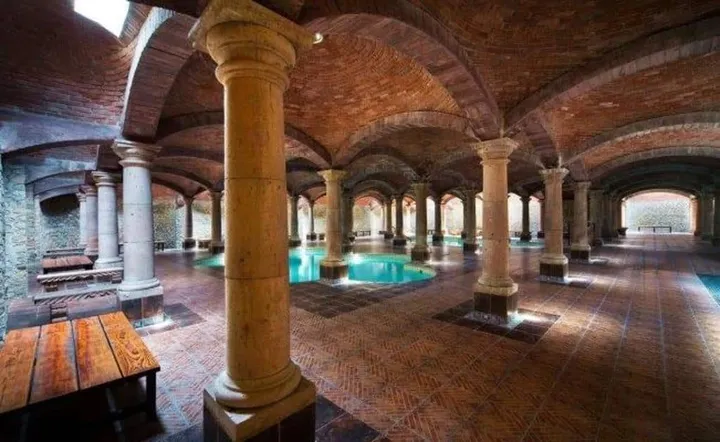
15 Hot Springs in Mexico for the Ultimate Rejuvenation
-
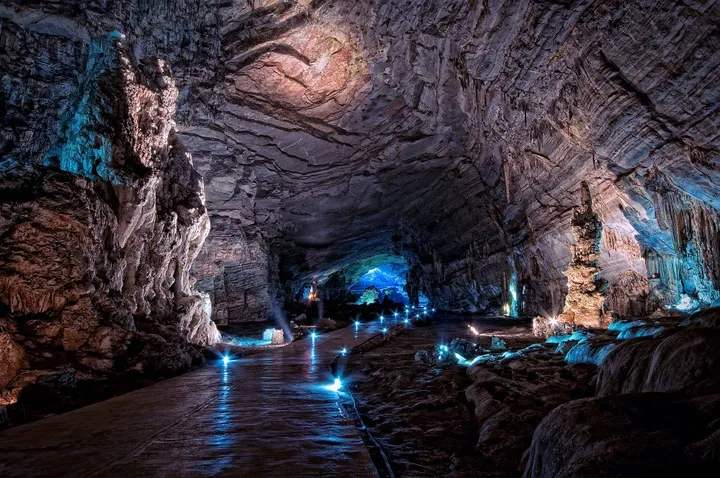
Cacahuamilpa Caves: A Subterranean Wonderland Awaits
-
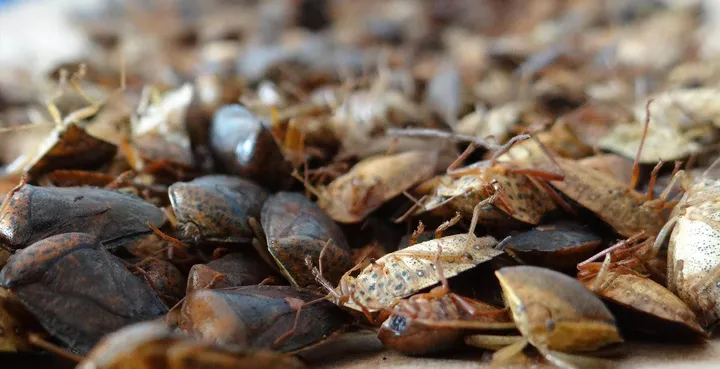
Jumiles: A Gourmet Expedition into Mexico’s Culinary Heritage
-

Taxco, Guerrero: The Ultimate Guide to Mexico’s Silver City
-
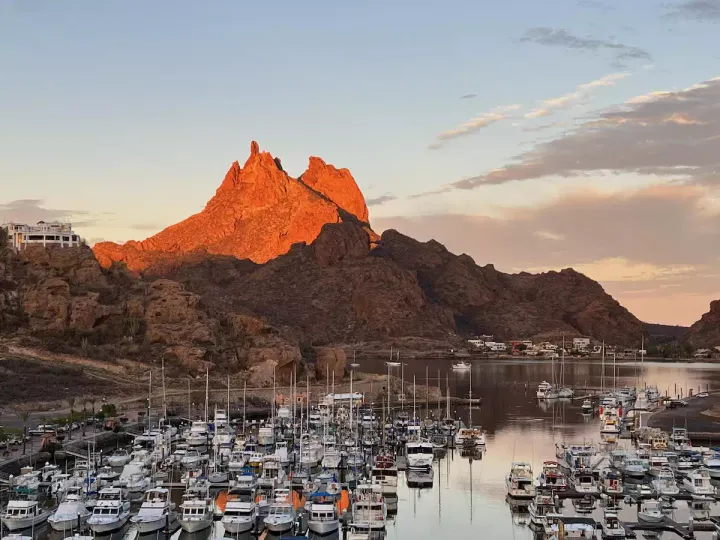
Guaymas and San Carlos Sonora Travel Tips
-
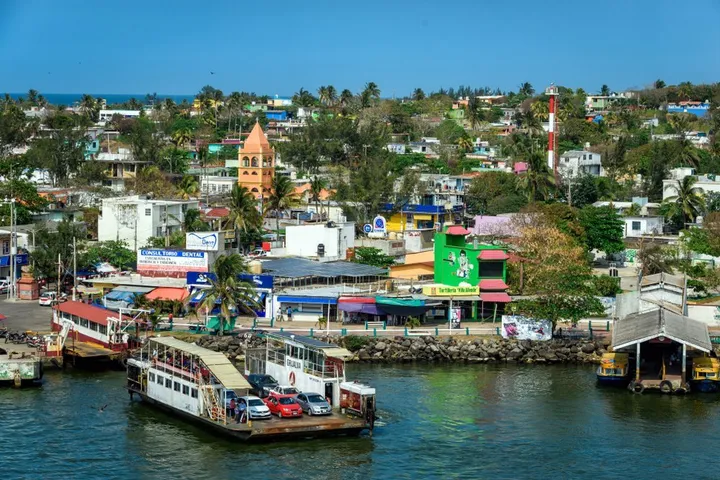
Coatzacoalcos Vibes: 10 Awesome Things to Do in Veracruz
-

Tlacoyos: The Savory Delight That’s Redefining Mexican Street Food
-
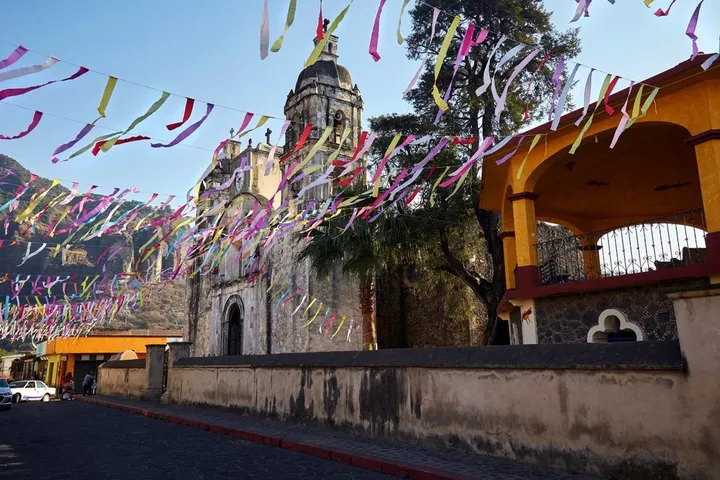
Discover Tepoztlan: Your Passport to the Ultimate Mexican Escape
-
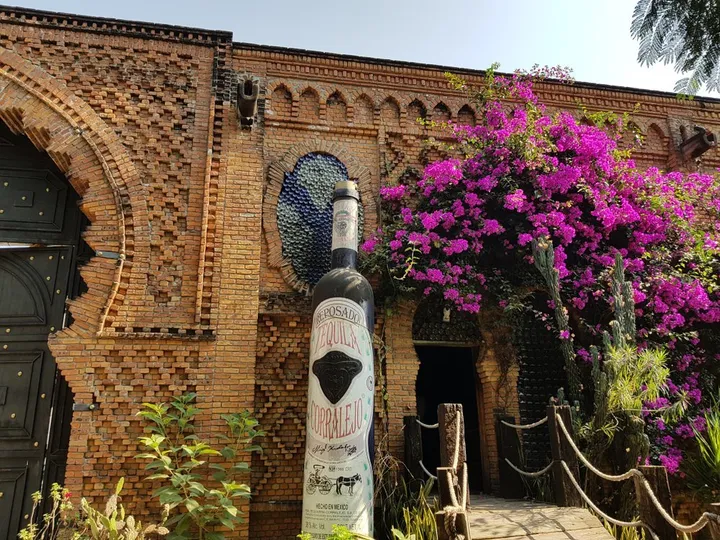
Penjamo’s Tequila Trail: Exploring the Heart of Tequila Corralejo
-
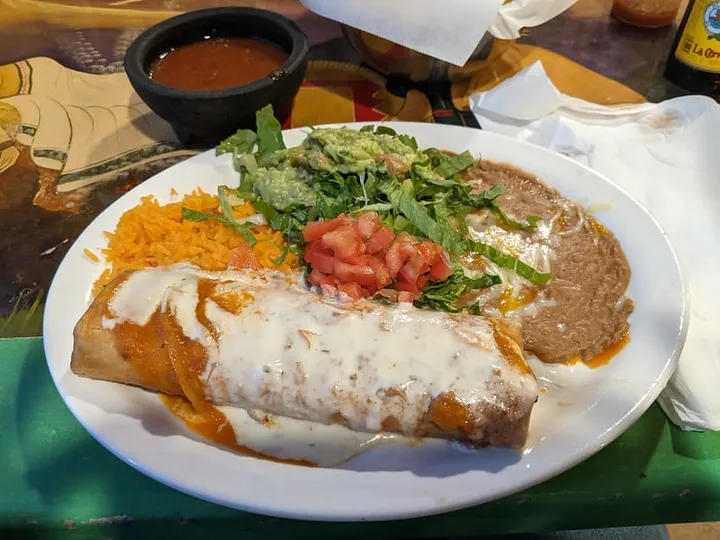
Burrito vs Chimichanga: Deciphering the Delicious Differences
-
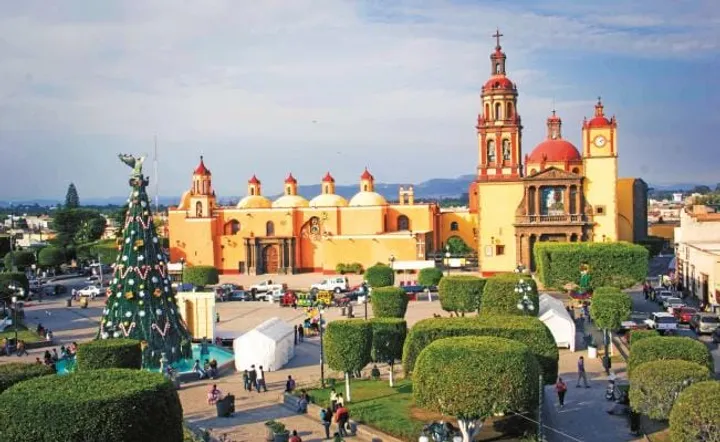
San Juan del Rio, Queretaro: Where Tradition Meets Modernity
-
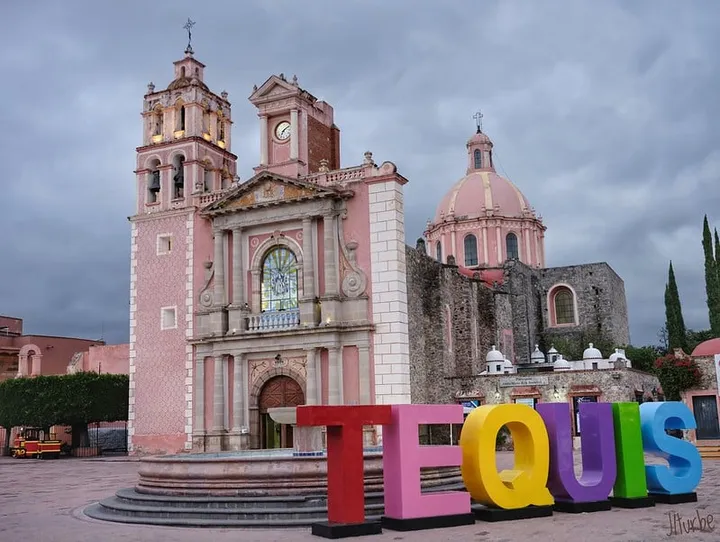
Escape to Tequisquiapan: Your Ultimate Weekend Retreat
-
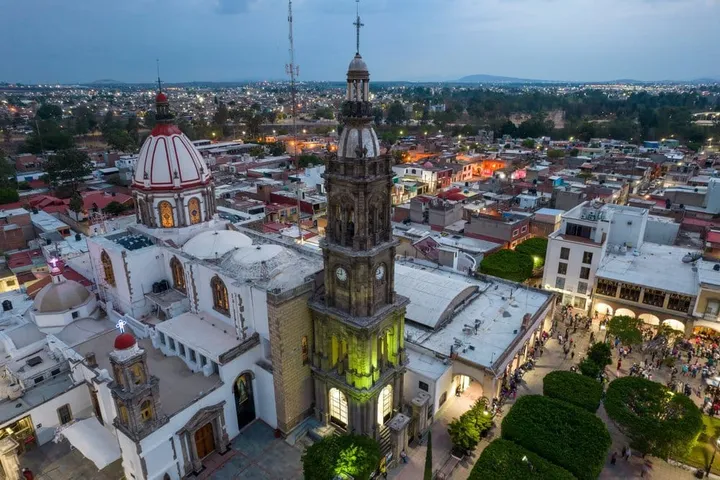
Salamanca, Guanajuato: A Cultural Haven Waiting to Be Discovered
-
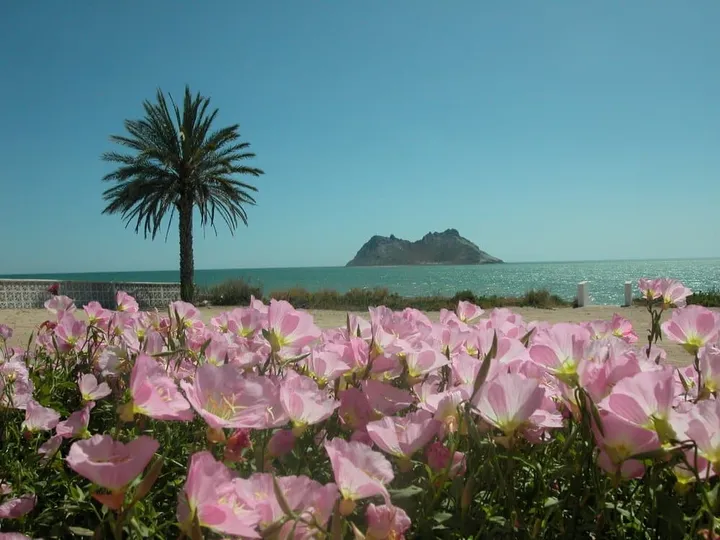
Bahia de Kino, Sonora: A Seafood Lover’s Paradise
-
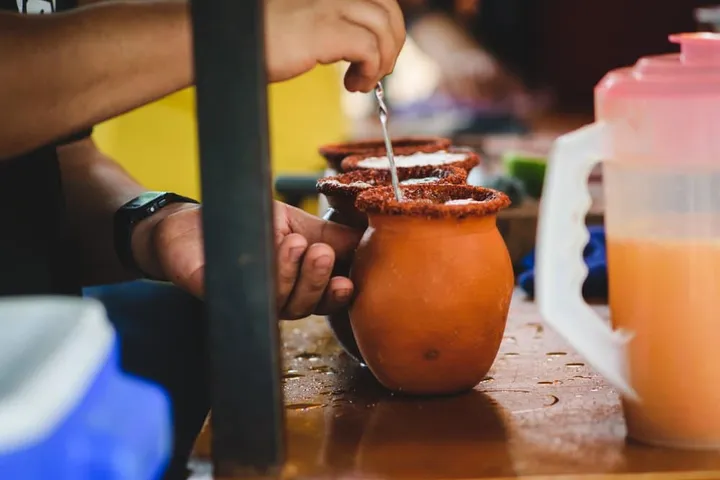
Cantarito Drink – Tequila’s Twist With a Citrusy Delight
-
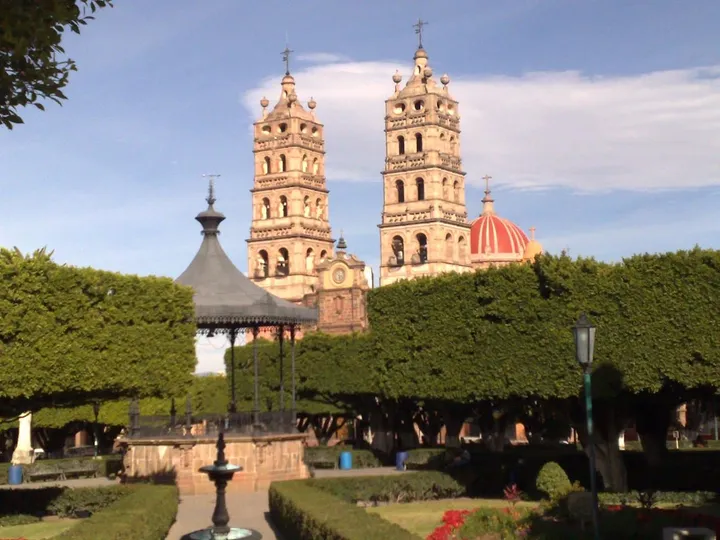
Salvatierra Guanajuato Treasures: 5 Unmissable Attractions
-
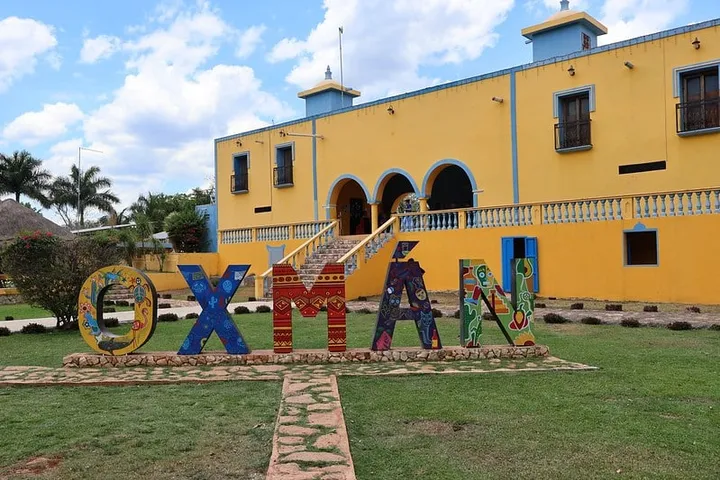
Discover Cenote Oxman: The Allure of Yucatan’s Secret Oasis
-
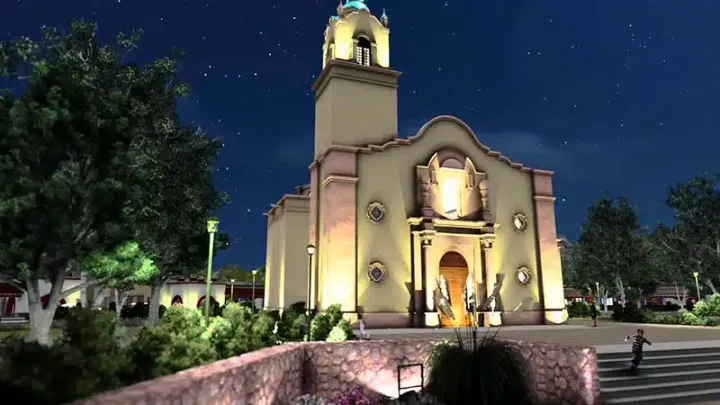
Magdalena de Kino, Sonora: A Magical Town Near the U.S. Border
-
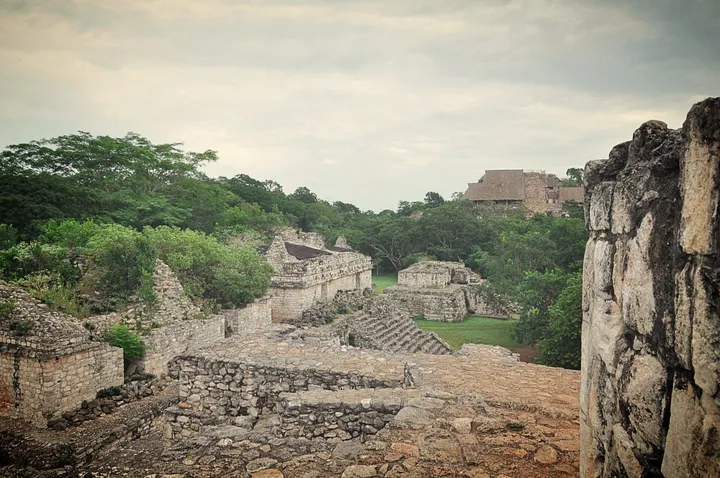
Ek Balam Archaeological Marvels: Beyond the Ordinary
-
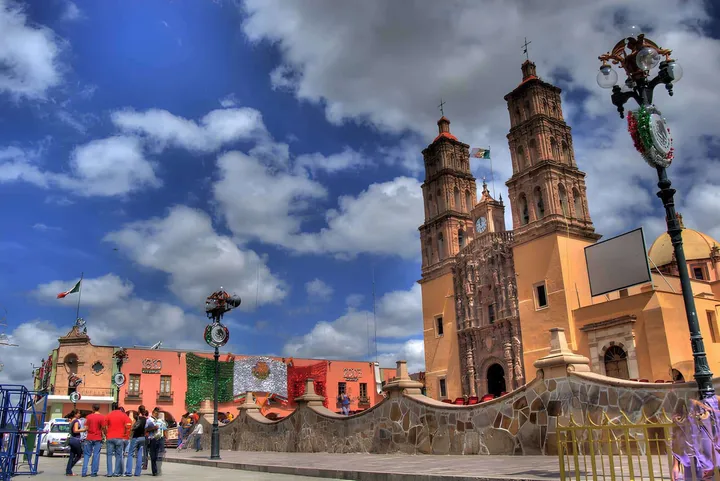
Dolores Hidalgo, Guanajuato: Your Next Travel Destination
-
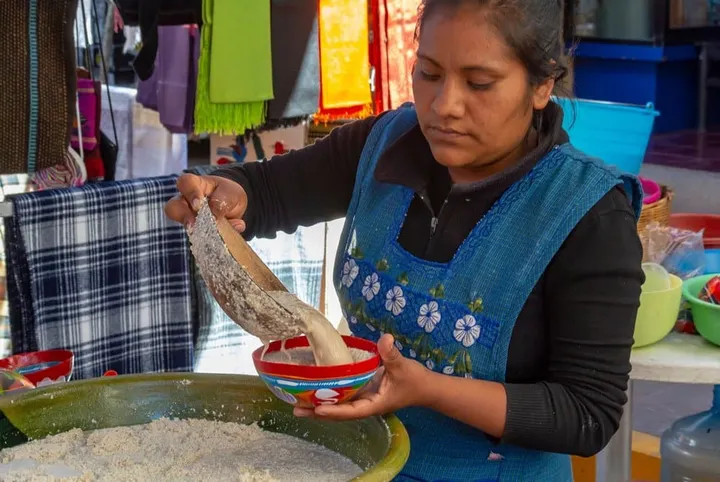
Oaxaca’s Tejate: A Drink That’s More Than Just History
-

Puerto Vallarta’s Romantic Zone: Timeless Charm
-

Isla Mujeres and Playa Norte: Insider Guide and Tips
-
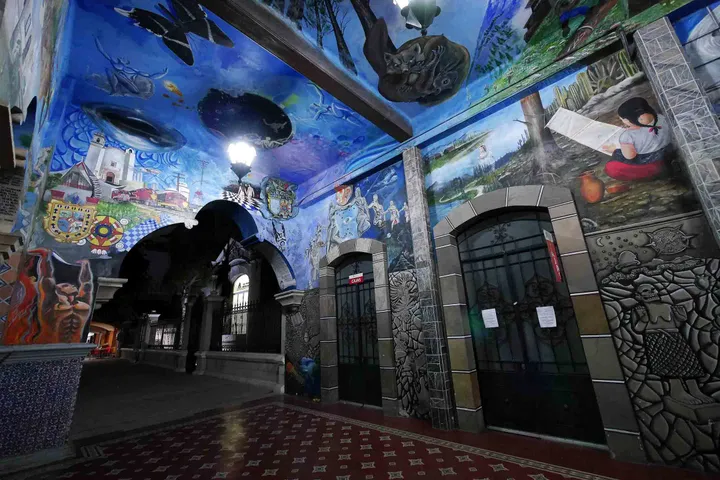
Tehuacan Puebla: Your Ultimate Guide to 13 Spectacular Experiences
-

Chilorio: The Irresistible Heart of Sinaloan Gastronomy
-

Yuriria Guanajuato: Unearthing Enchanted Temples
-

6 Top Nude Beaches in Mexico (and Resorts): Sun, Sand, and Skin
-

Barbacoa vs. Birria: A Mexican Culinary Clash
-

Mazunte Beach: Sun, Sand, and Surf in Oaxaca’s Hidden Gem
-
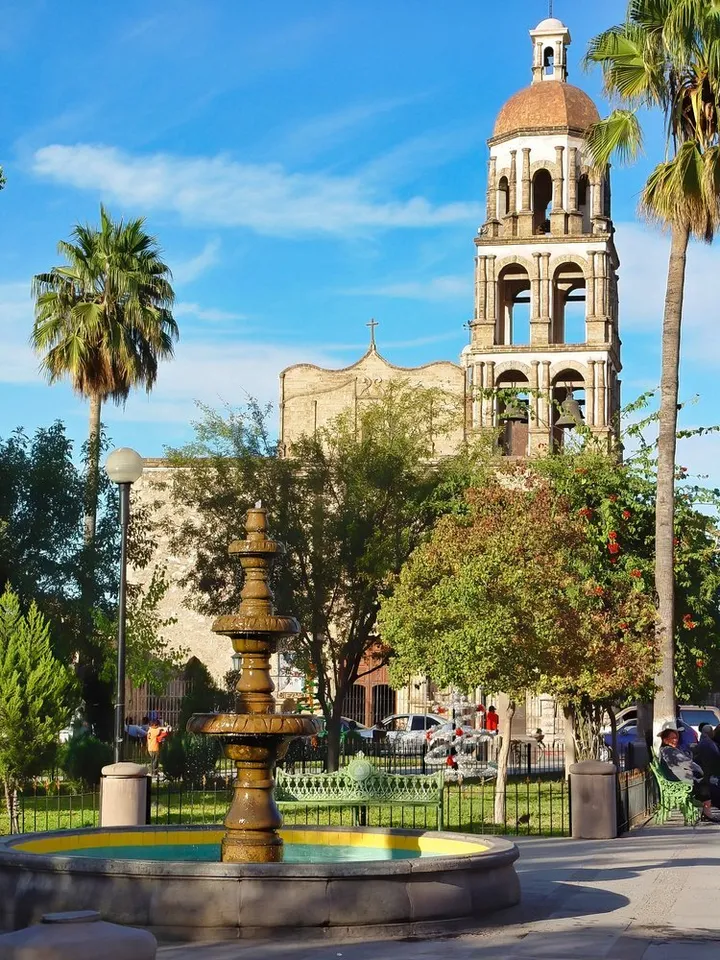
Monclova Coahuila Unleashed: Offbeat Attractions Worth Exploring
-

Savoring the Art of Pechuga Mezcal: A Journey Through Its Making
-
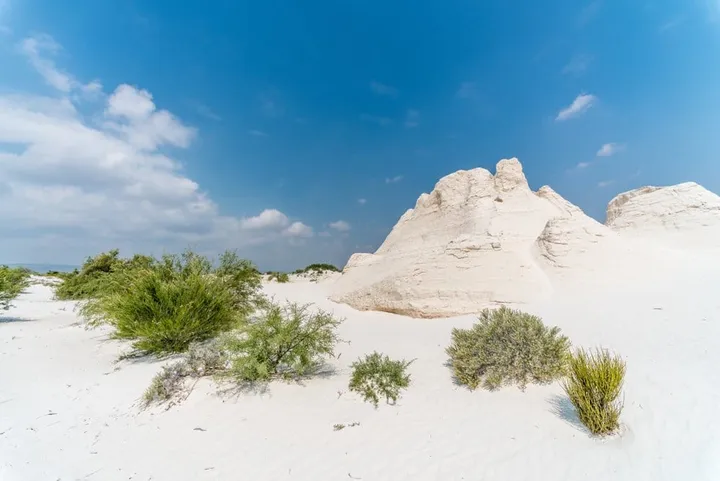
Journey to Cuatro Cienegas: Mexico’s Enchanted Wilderness
-

Pichilingue and La Paz: Nature’s Paradise Beyond the Sands
-
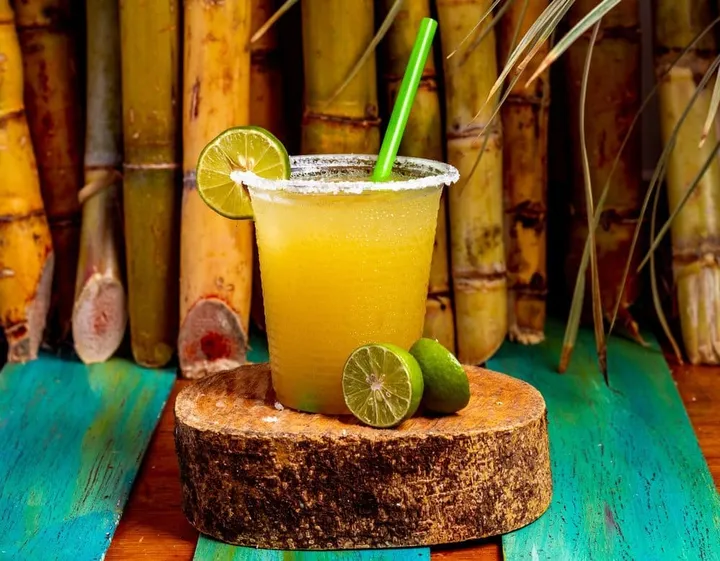
Guarapo Goodness: The Sweet and Healthy Sugarcane Elixir
-
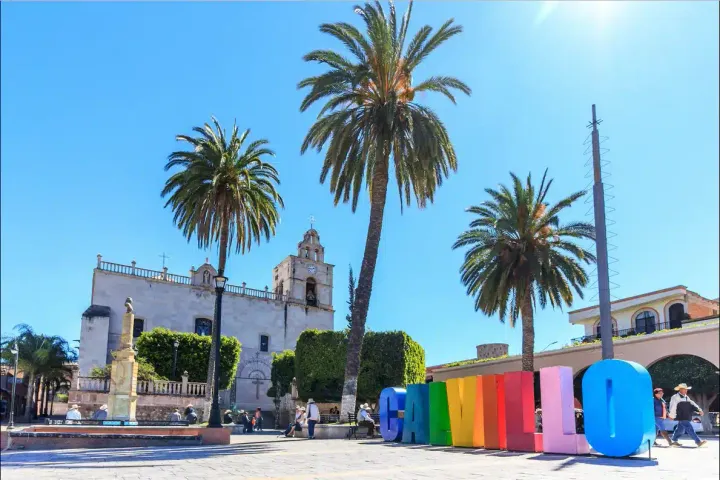
Calvillo Aguascalientes: Home of the Best Guava in the World
-
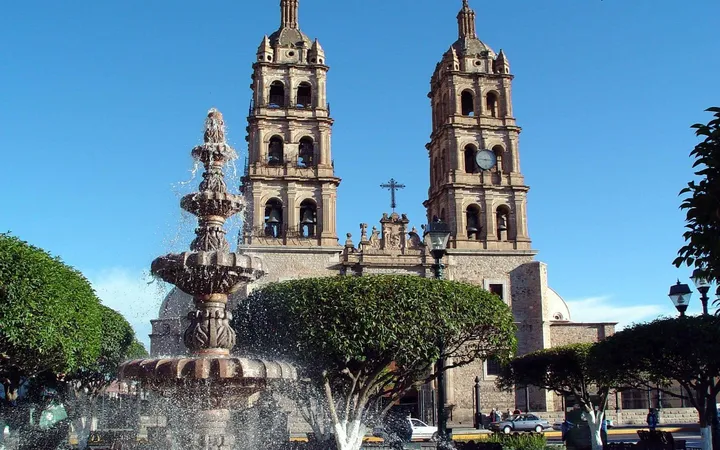
Tepic Nayarit’s Best-Kept Secrets: Top Experiences to Remember
-
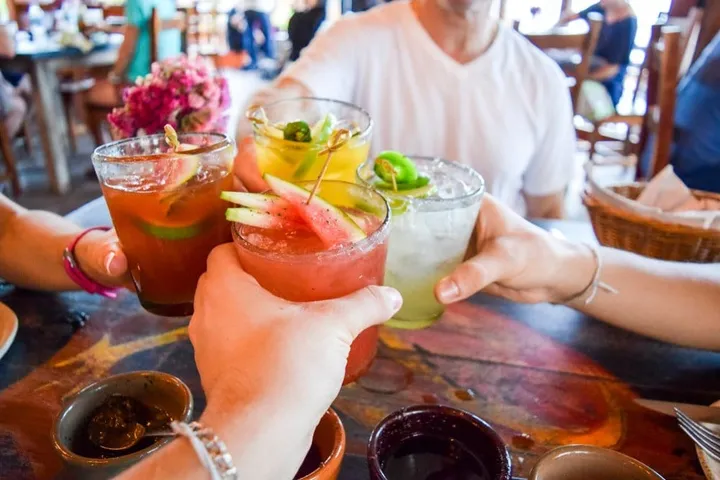
What is the Drinking Age in Mexico? Raise a Glass Responsibly
-
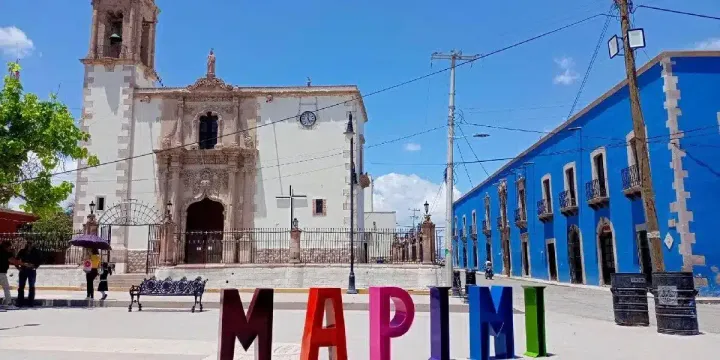
Exploring Mapimi Durango: A Paradise for Nature Enthusiasts
-
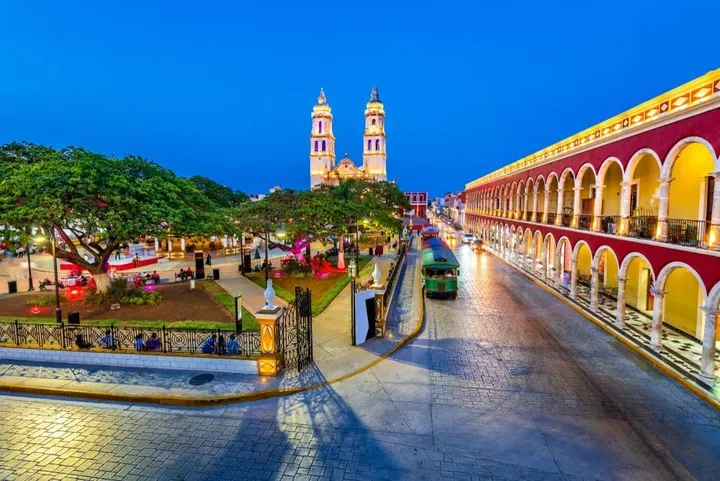
Ciudad del Carmen, Campeche: Your Next Mexican Getaway
-
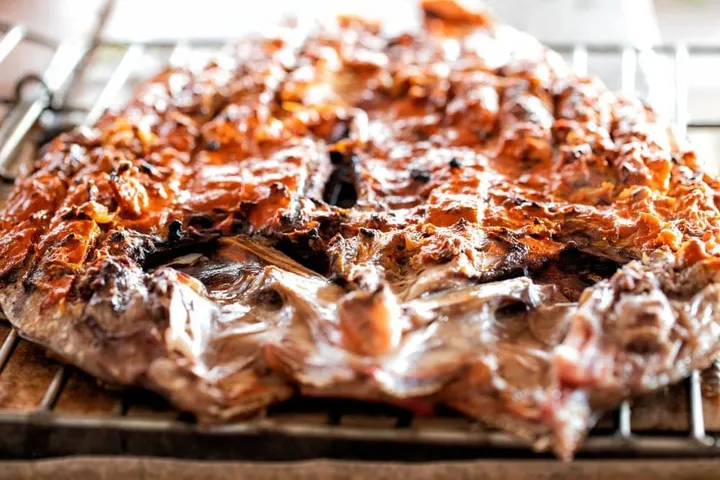
Mexican Zarandeado Fish: A Taste of Coastal Cuisine
-

Discover Comonfort Guanajuato and Its Molcajete Tradition
-
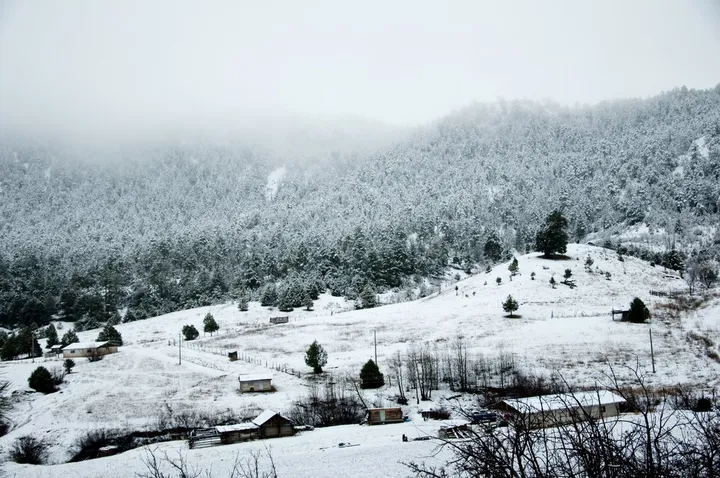
Does it Snow in Mexico? Exploring Mexico’s Snowy Side
-

Bocoles: The Quintessential Delight of the Huasteca Potosina
-
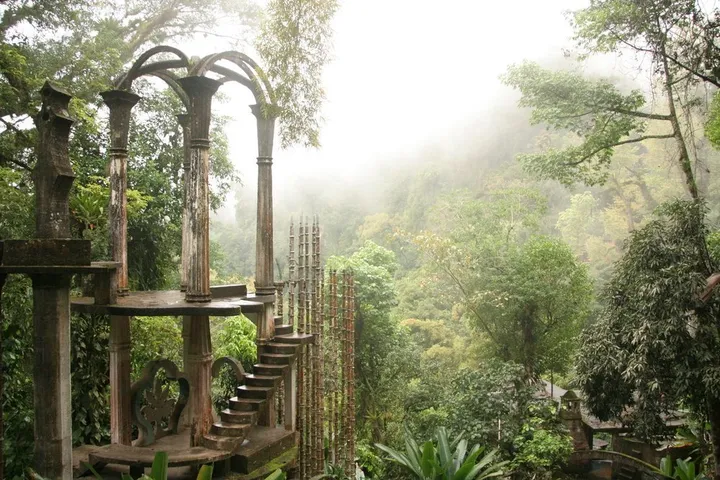
Xilitla, San Luis Potosi: Nature’s Wonderland in the Heart of Mexico
-

Mexico’s Huasteca Potosina and Its Thrilling Secrets
-
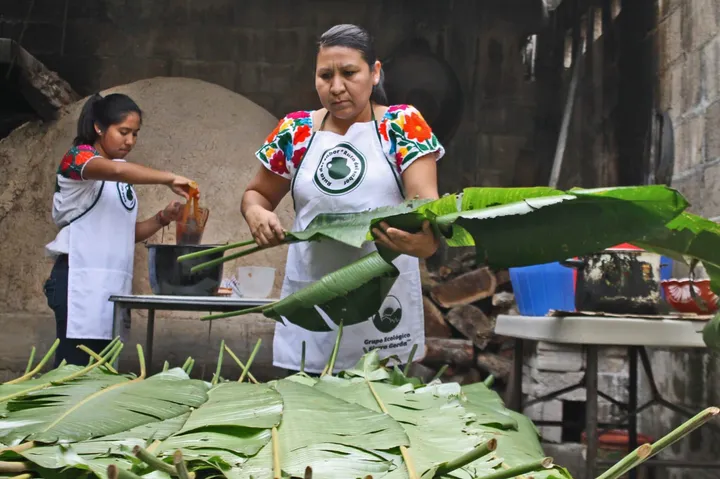
Zacahuil Tamale: Mexico’s Mighty Masa Masterpiece!
-
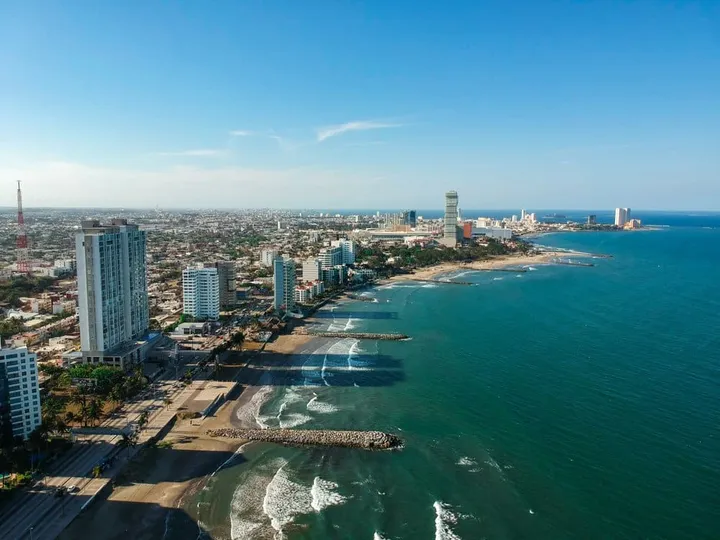
Veracruz Beach Bliss: Your Ultimate Gulf Coast Getaway
-
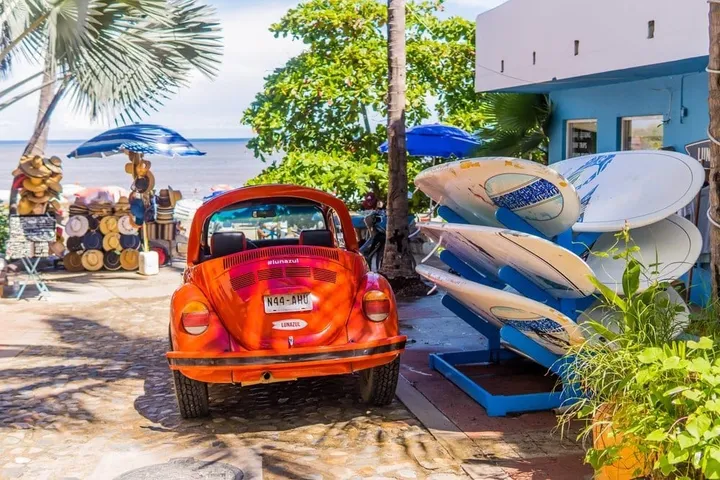
Sayulita Beach Nayarit: Surf, Swim, Eat, Dance, and Beyond!
-

Tascalate: A Liquid Chronicle of Chiapas’ Past and Present
-

Valle de Bravo: Your Ultimate Escape from Mexico City’s Bustle
-

San Jose del Cabo’s Secrets: The Artistic Soul of Los Cabos
-
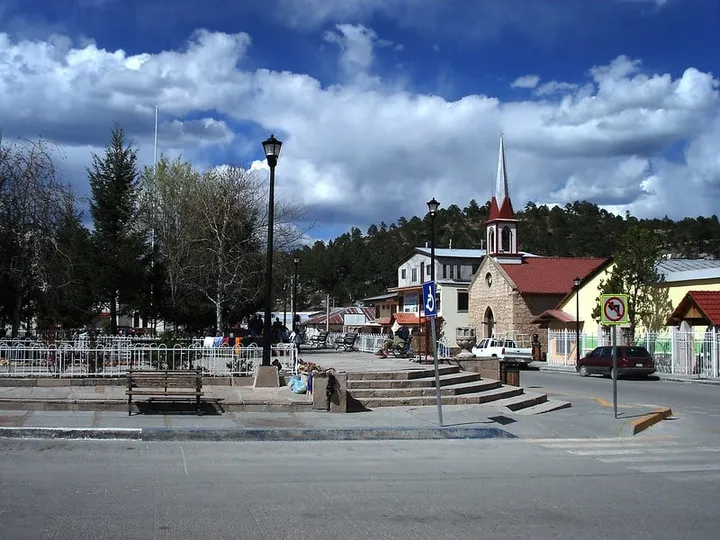
Creel Chihuahua: Exploring the Magic of the Sierra Tarahumara
-
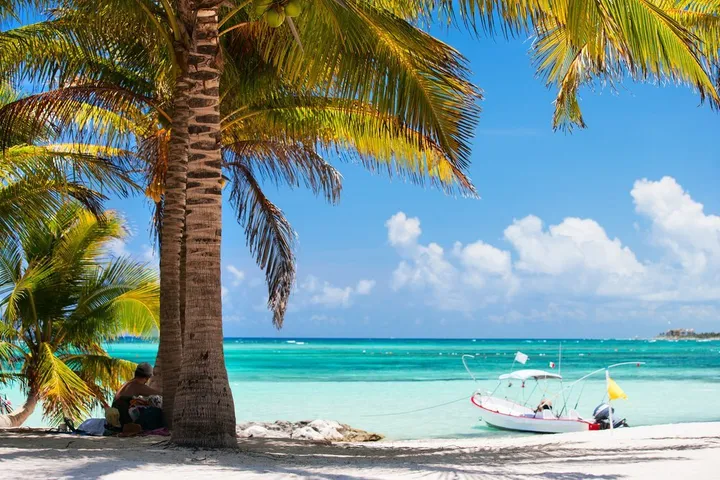
Akumal’s Perfect Vacation Combo: Cenotes, Beach, and Sun
-

Pozol: The Must-Try Ancient Cocoa Elixir of Southern Mexico
-

Cenote Suytun Adventure Guide: A Thrill-Seeker’s Paradise
-
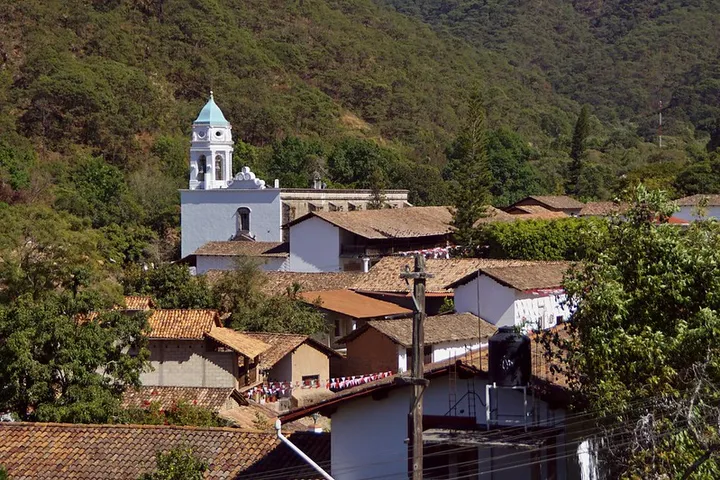
San Sebastian del Oeste: A Pictorial Paradise in Jalisco
-

Escamoles: Unveiling Mexico’s Gourmet Ant Eggs
-
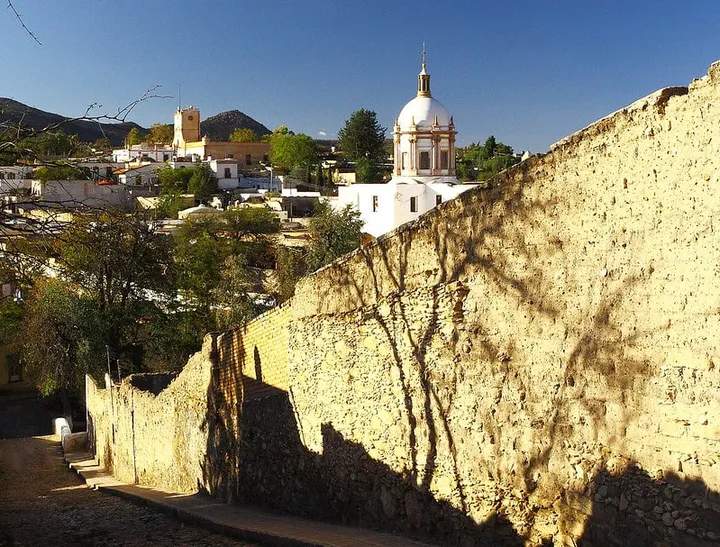
Mineral de Pozos: Guanajuato’ Fascinating Ex-Mining Town
-
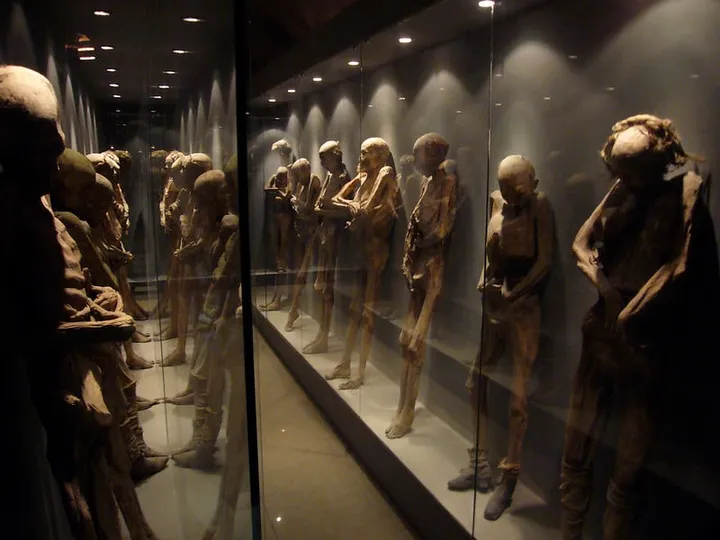
The Mummies of Guanajuato: A Must-See Spectacle of History
-
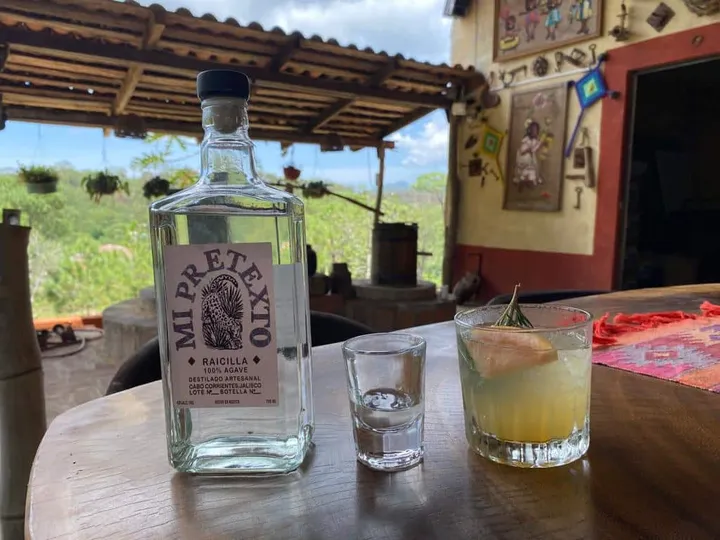
Savoring Raicilla: A Guide to Its Origins, Production, and Recipes
-

Sisal Yucatan Travel Guide: Secrets of the Yucatecan Gem
-
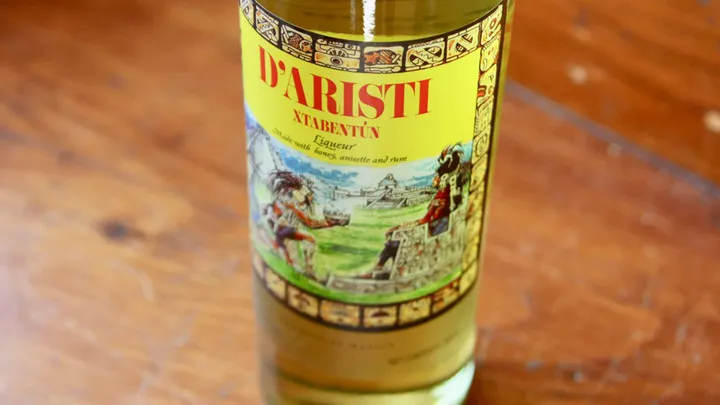
Xtabentun Liqueur’s Ancient Allure: Mayan Magic in a Bottle
-
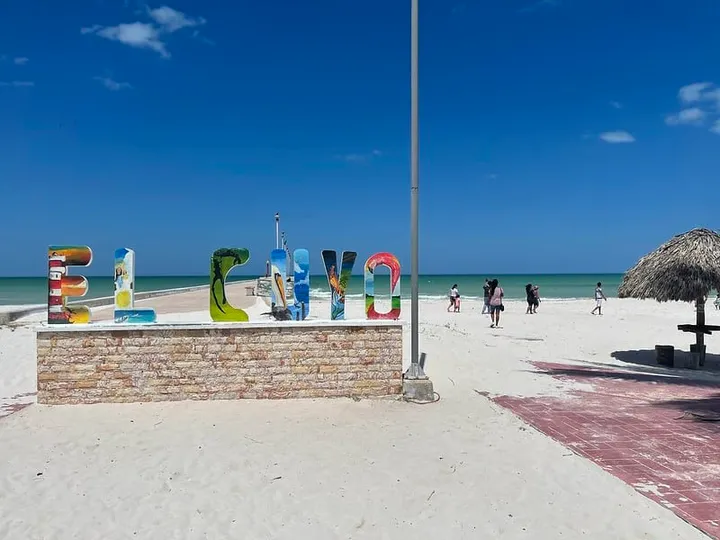
El Cuyo Yucatan: Your Next Destination for Tropical Tranquility
-
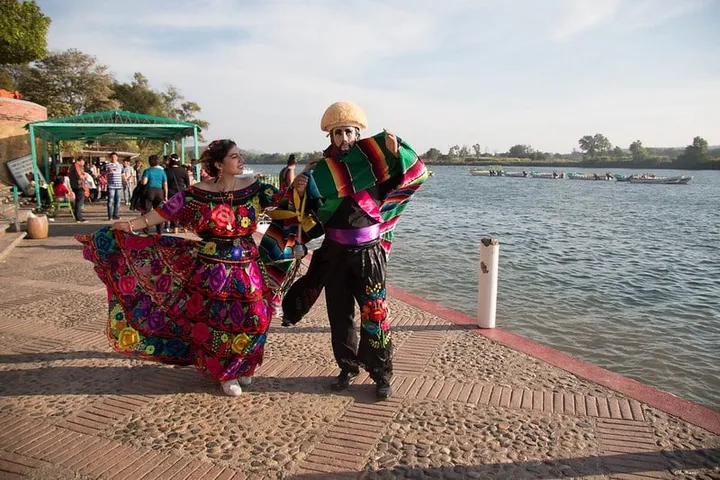
Chiapa De Corzo and Sumidero Canyon: Ultimate Adventure Guide
-

Pambazo Sandwich: A Flavorful Fiesta in Every Bite
-
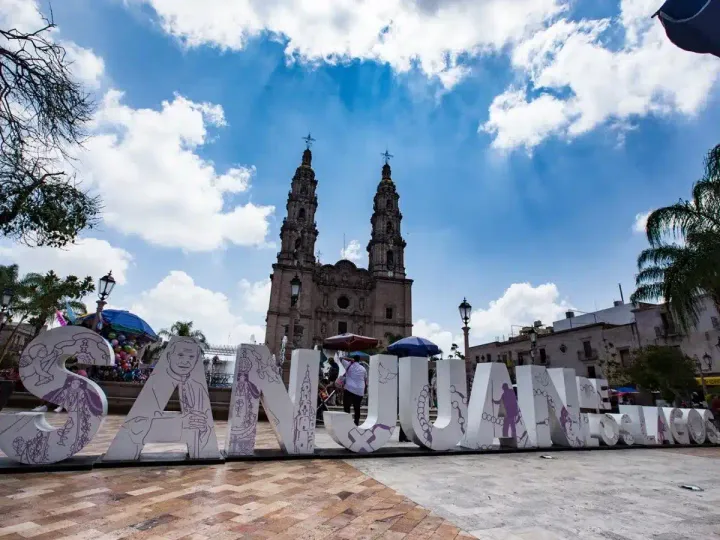
San Juan de Los Lagos, Jalisco, Revealed: Beyond Pilgrimage
-
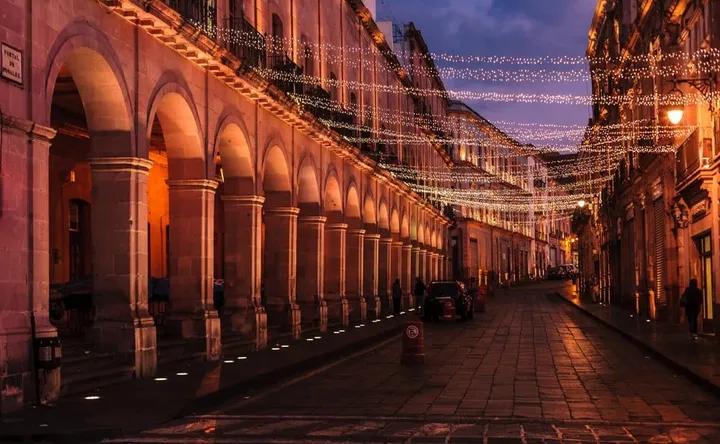
Zacatecas Mexico: A Journey Through Culture and Beauty
-
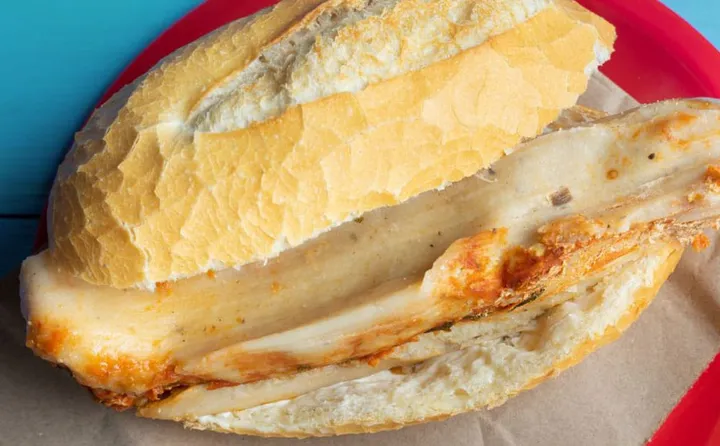
The Guajolota Torta: A Culinary Journey through Mexico City
-
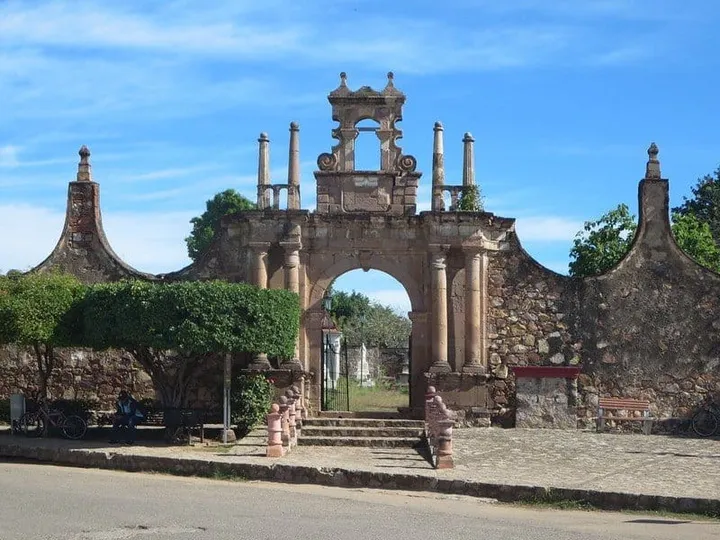
Exploring El Rosario, Sinaloa: Your Gateway to Mexican Charm
-

Mazatlan, Sinaloa: Your Ultimate Guide to 24 Activities
-

Tlaquepaque Jalisco’s Enchanting Sights: From Artisans to Aromas
-
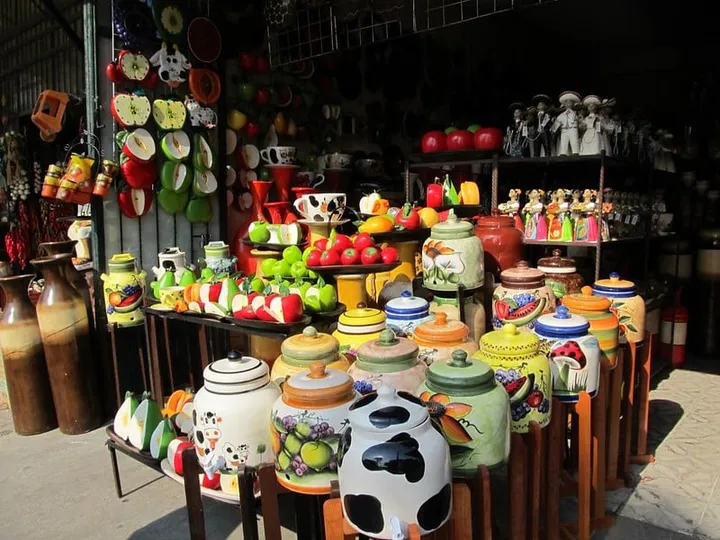
Tonala Jalisco’s Artistic Heritage: Crafting Beauty
-
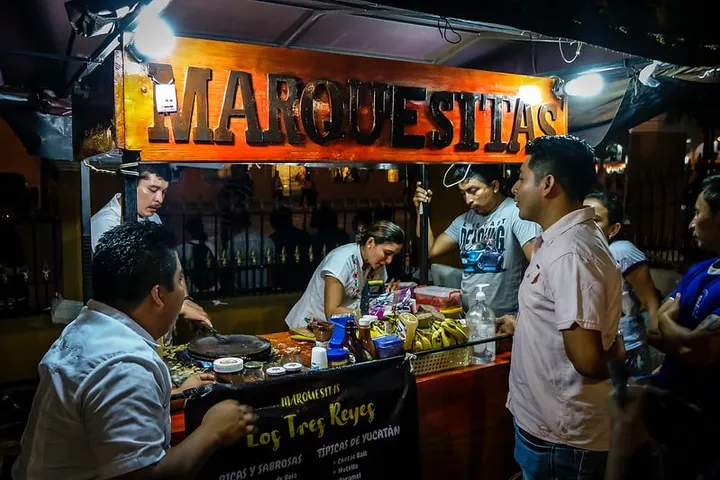
Yucatan’s Marquesitas: A Sweet Tale of Tradition and Flavor
-
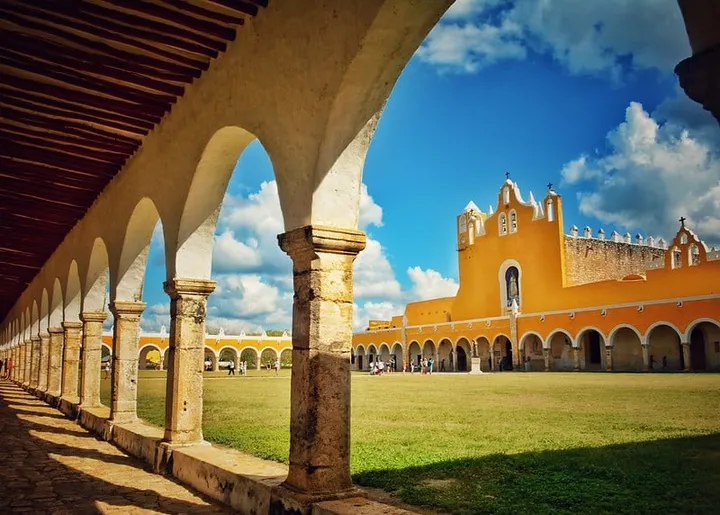
Why Izamal Yucatan is Mexico’s Vibrant Yellow Gem
-
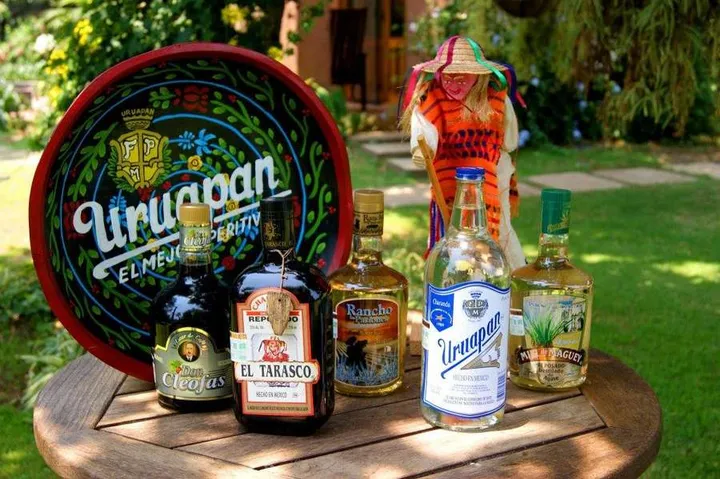
Charanda Rum: Michoacán’s Artisanal Distillate
-
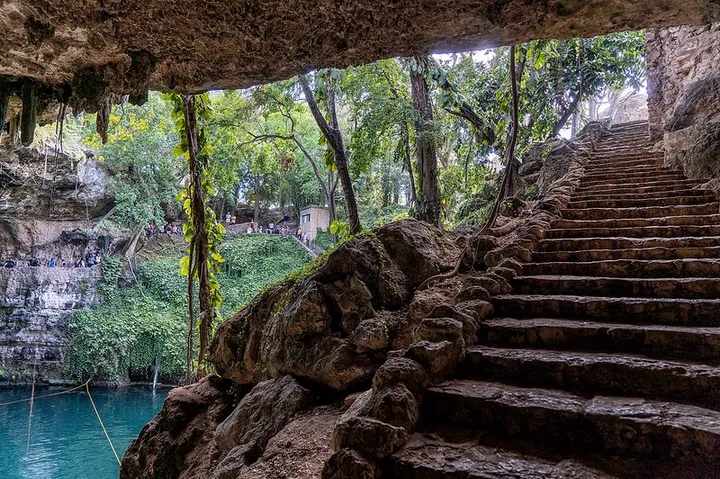
Valladolid’s Cenote Wonderland: A Secret Oasis in Yucatan
-
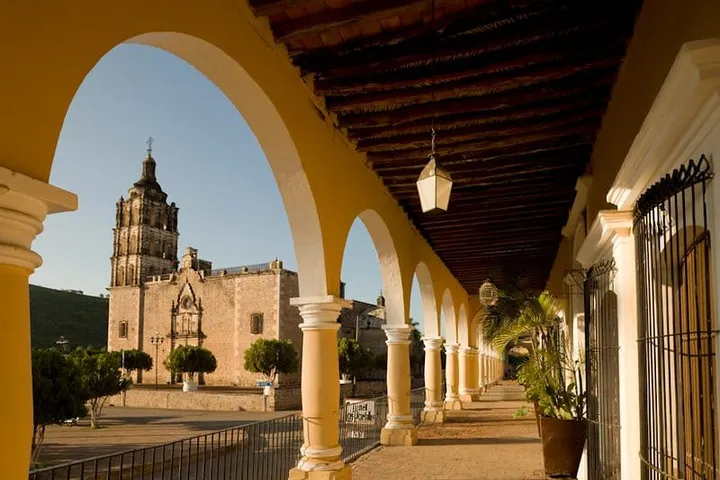
Alamos Sonora: A Journey Through Time and Beauty
-

Sotol: Mexico’s Unknown Gem in the World of Spirits
-
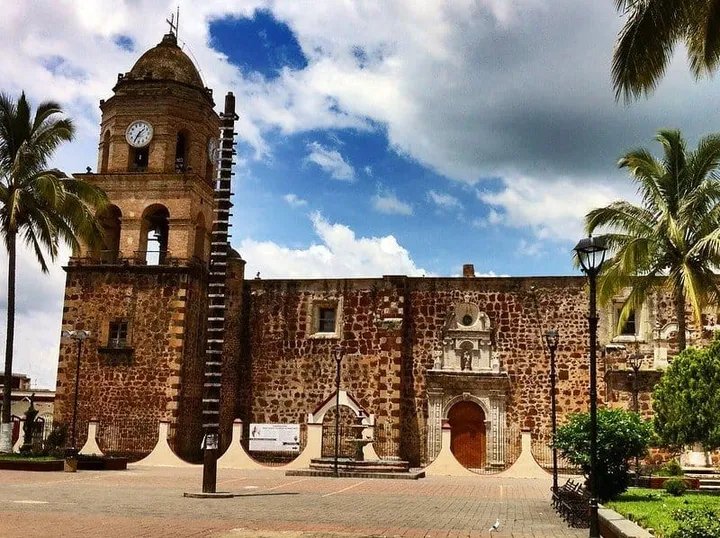
Exploring Compostela Nayarit’s Hidden Treasures
-

Rincon de Guayabitos, Mexico: Top 14 Bucket List Adventures
-
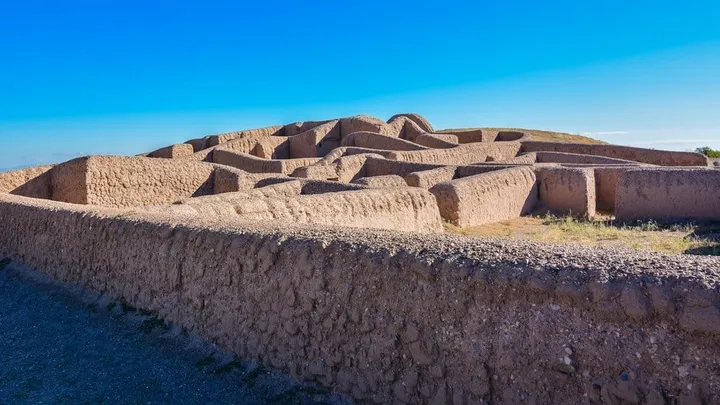
Exploring Casas Grandes Chihuahua: A Cultural Odyssey
-
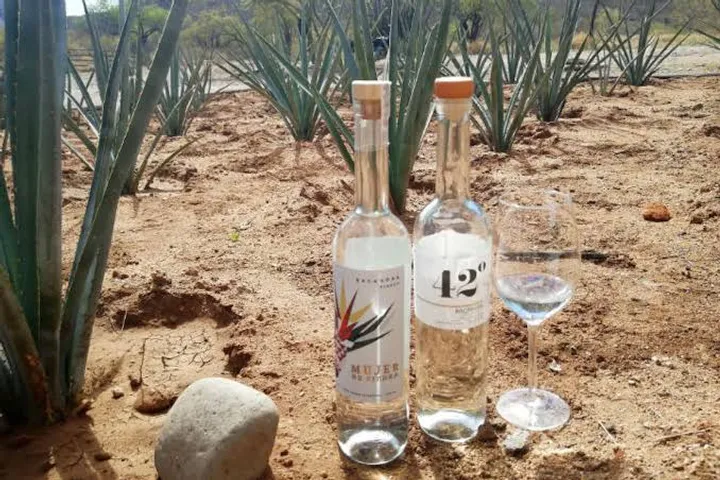
Bacanora’s Unique Flavor Journey in Northern Mexico
-

Tuba Drink: Exploring the Richness of This Mexican Palm Elixir
-
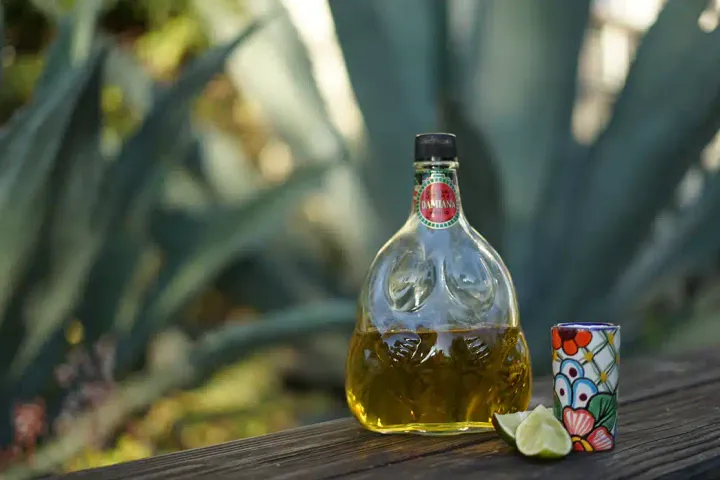
Damiana Liquor: Exploring the Tempting World of Baja’s Elixir
-
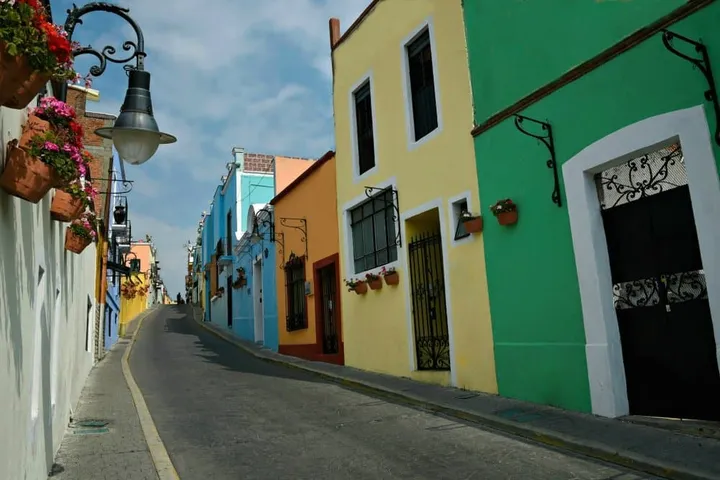
Why Atlixco Puebla is Dubbed the City of Flowers
-

Monte Albán: Exploring Oaxaca's Ancient City of Clouds
-
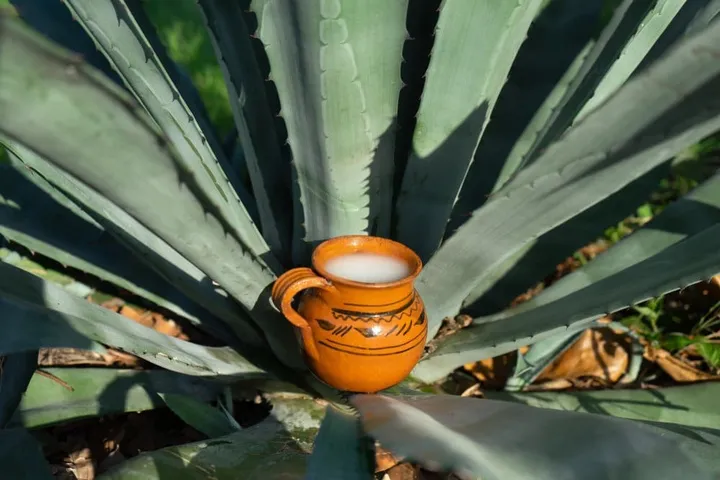
Pulque: Unveiling the Ancient Elixir of the Aztecs
-

Hierve el Agua Oaxaca, Where Nature’s Palette Comes to Life
-
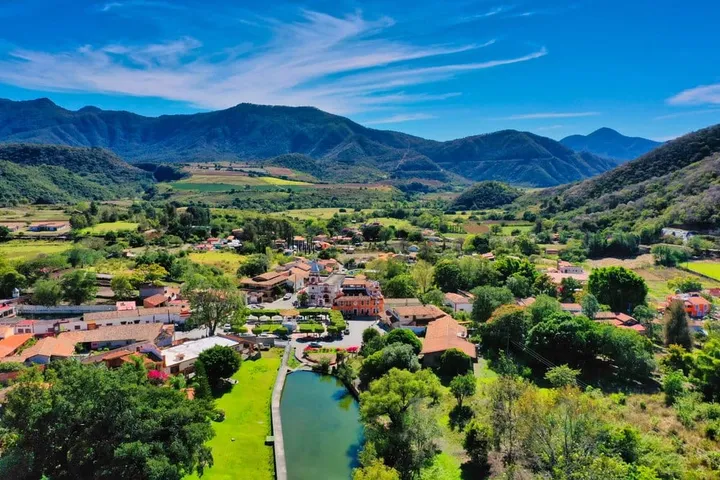
Mascota Jalisco: A Nature Enthusiast’s Dream
-

Las Grutas de Tolantongo’s Natural Hot Springs: A Soothing Escape
-
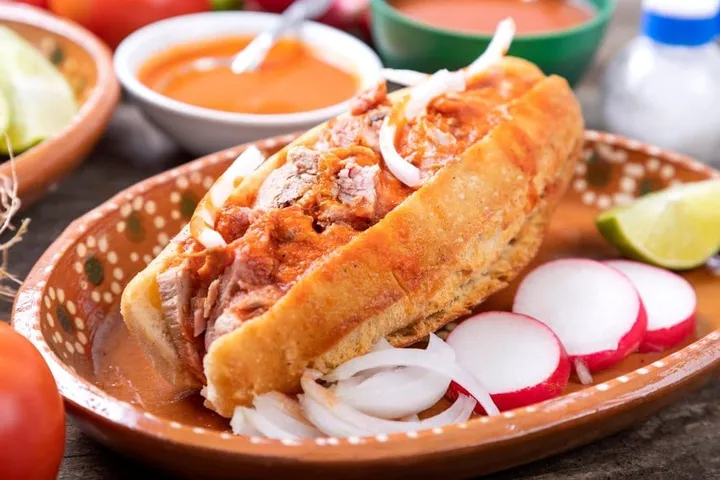
Tortas Ahogadas: A Taste of Guadalajara’s Rich Heritage
-
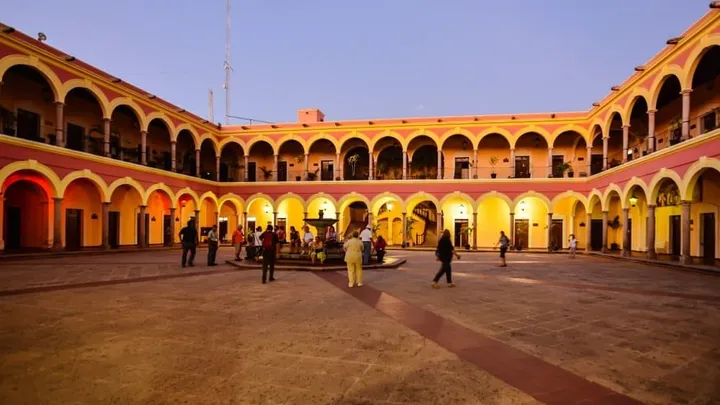
El Fuerte, Sinaloa: El Zorro's Historic Hometown
-

Chepe Train: Exploring Mexico’s Copper Canyon
-

Tejuino: A Deep Dive into Mexico’s Refreshing “Elixir”
-
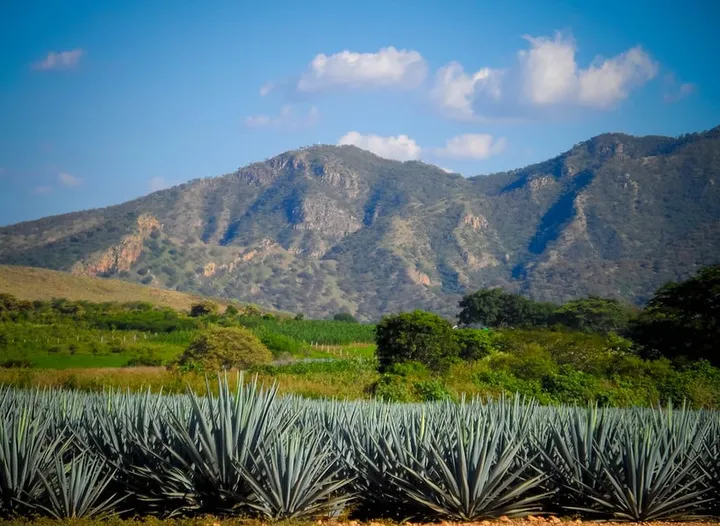
Tequila, Mexico: Exploring Tequila’s Agave Eden in Jalisco
-
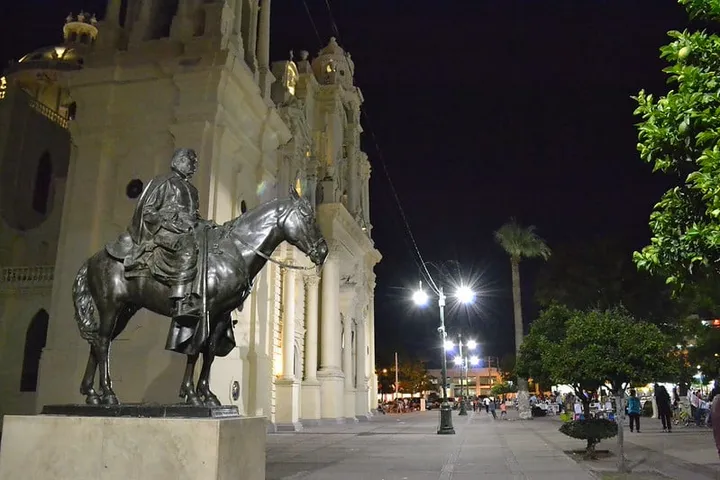
Hermosillo Unveiled: A Guide to Mexico’s Sonoran Gem
-
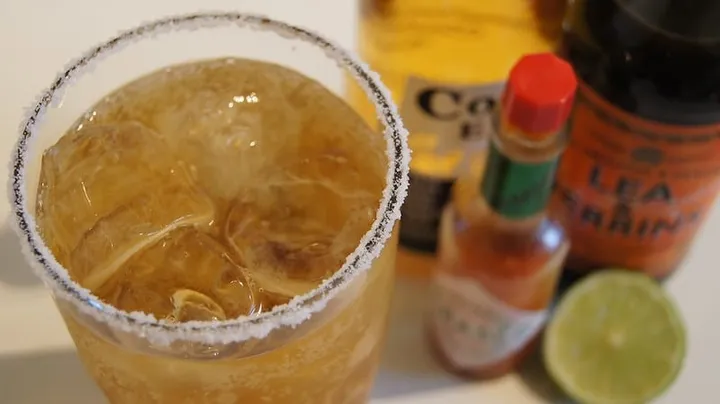
TOP Michelada Recipes: Your Guide to a Refreshing Beer Cocktail
-

Puerto Peñasco – Rocky Point: 11 Must-See Wonders Revealed
-
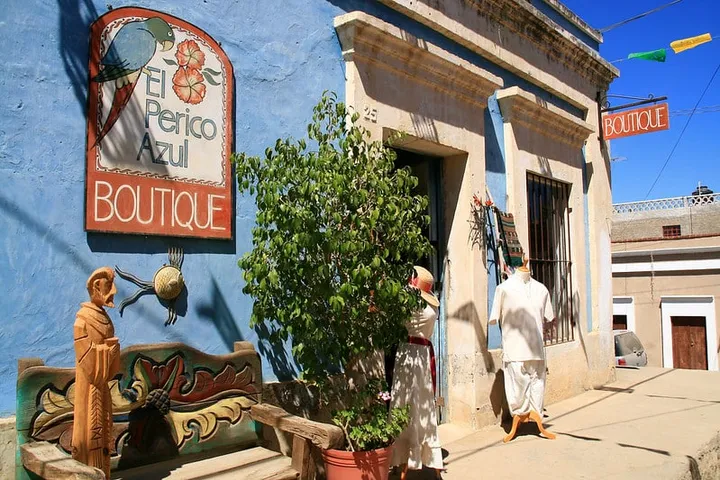
Todos Santos, Baja Sur: Where Adventure Meets Art
-
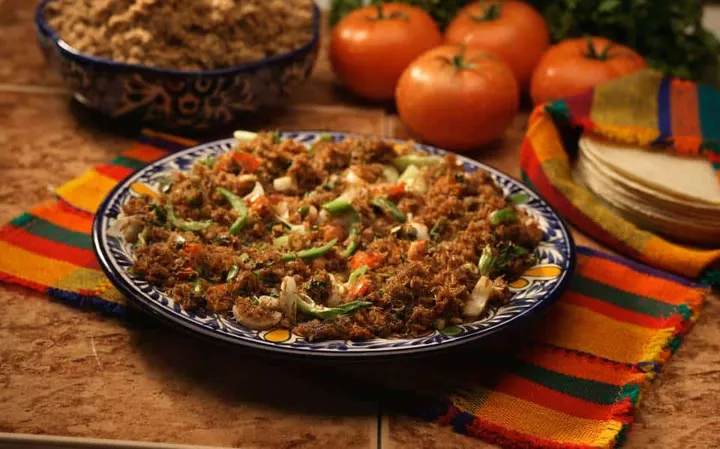
Beef Machaca: A Culinary Journey Through Northern Mexico
-

Boca de Tomatlan in Jalisco: Where Nature’s Majesty Unfolds
-

Loreto, Mexico: The Crown Jewel of Baja California Sur
-
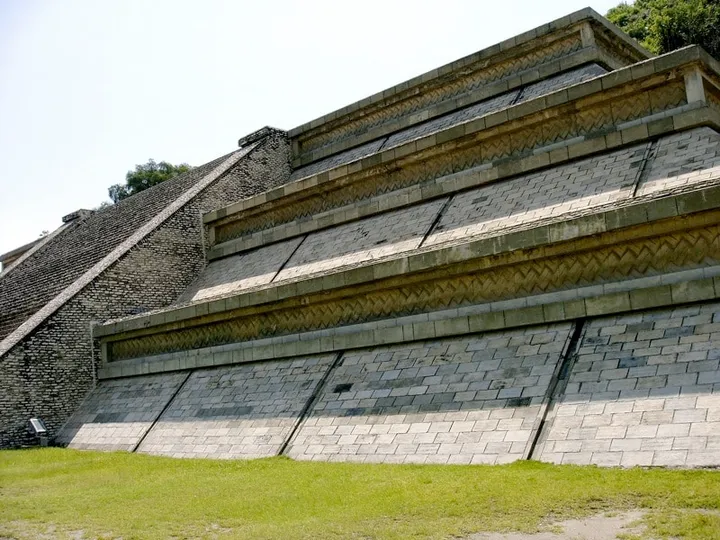
Cholula Puebla Pyramid Day Trip: Unearthing Ancient Wonders
-
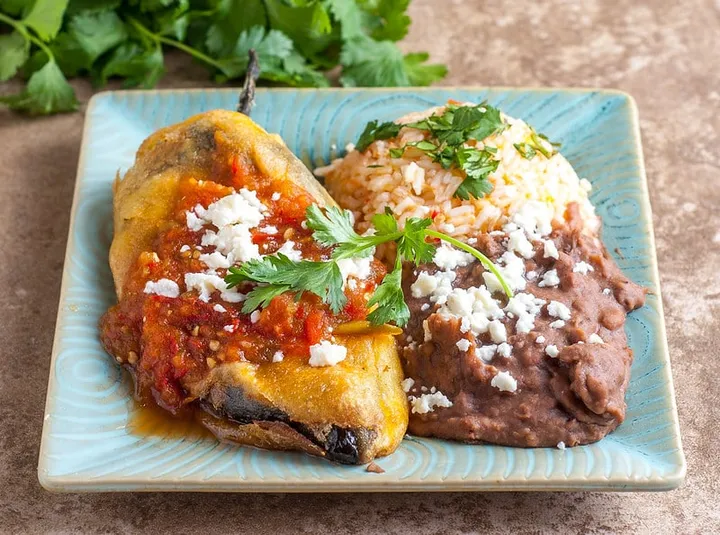
Mexican Chile Relleno: Recipes, Secrets, and Variations
-

Bacalar Mexico: Your Ultimate Guide to a “Blue” Paradise
-

Bahias de Huatulco, Mexico: The Very Best of Oaxaca’s Coastline
-

Tlayudas: A Culinary Journey to Oaxaca’s Flavorful Tradition
-
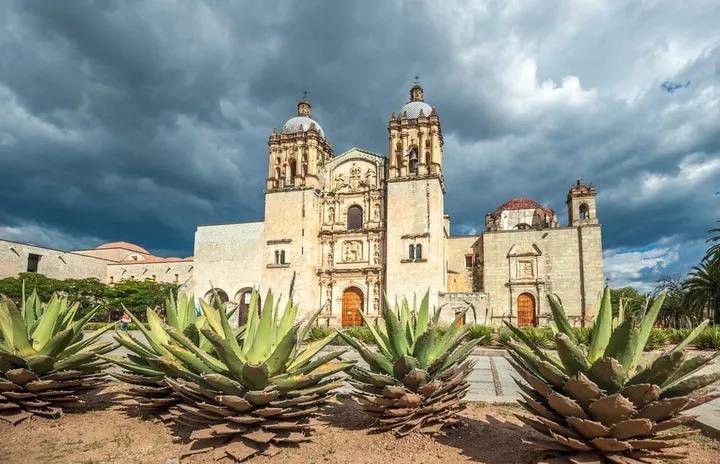
Oaxaca City: A Tourist’s Handbook to Iconic City Attractions
-
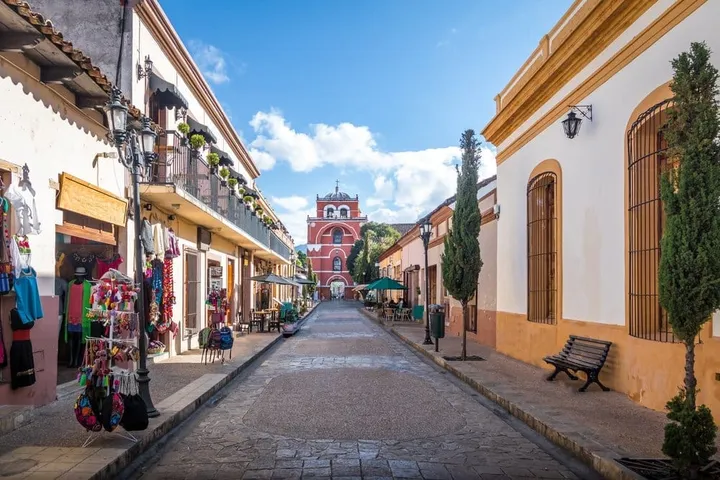
San Cristobal De Las Casas, Chiapas: Insider Tips
-
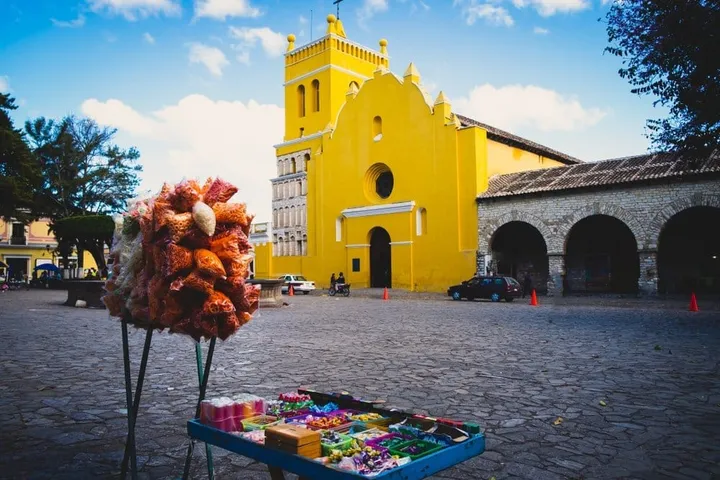
Comitan Chiapas: Where Culture, Nature, and Adventure Converge
-
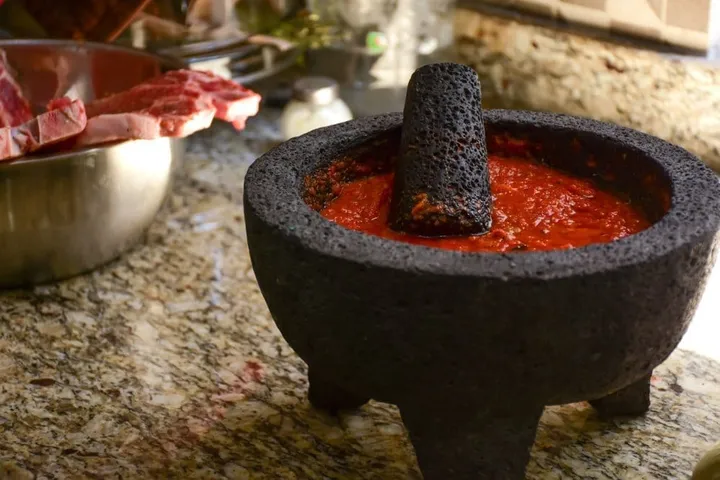
Mexican Molcajete: Your Ultimate Grinding Companion
-

Majahuitas Beach: A Hidden Paradise on Jalisco’s Coastline
-

Lake Xochimilco and La Condesa in Mexico City: What to Expect
-
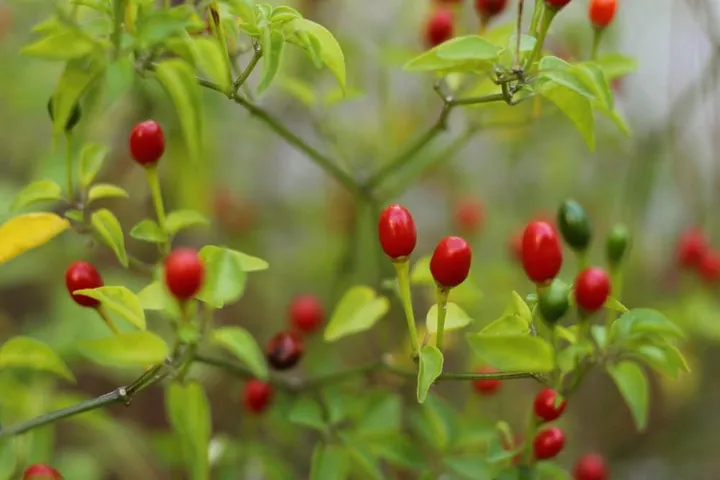
Chiltepin Peppers – The Ultimate Flavor Boost!
-
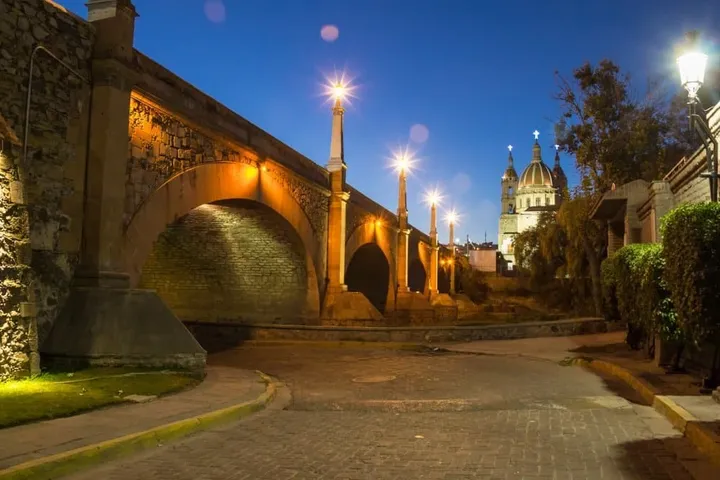
Lagos de Moreno: Dive into Jalisco’s Rich Culture and Beauty
-

Exploring Yelapa Beach and Quimixto’s Pristine Paradise
-
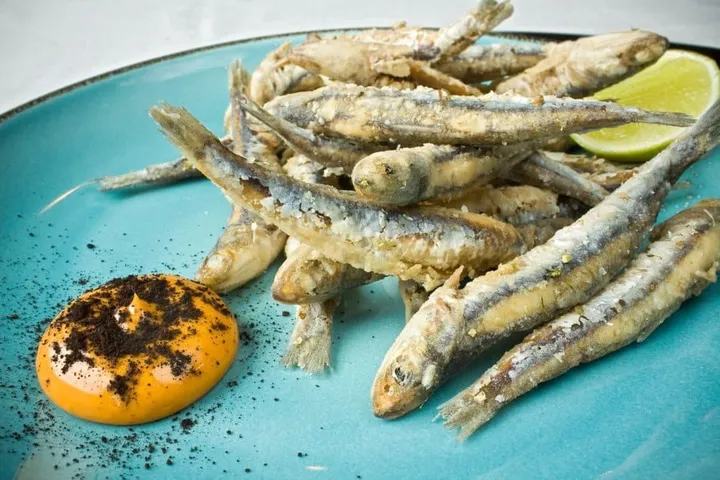
Charales Fish: Unveiling Nature’s Miniature Marvels
-
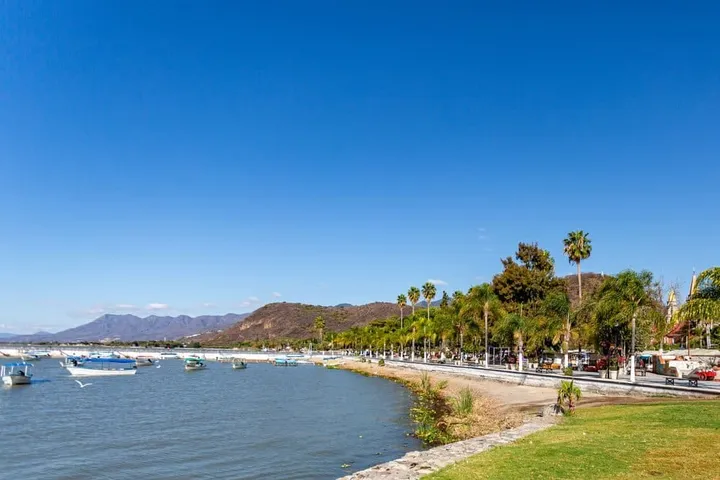
Lake Chapala, Mexico: Where Nature Unfolds Its Magnificence
-
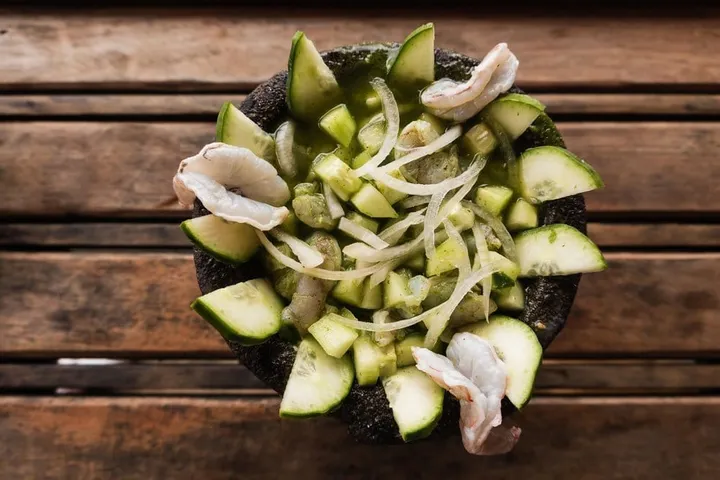
Ceviche vs. Aguachile Showdown: Decoding the Distinctions
-
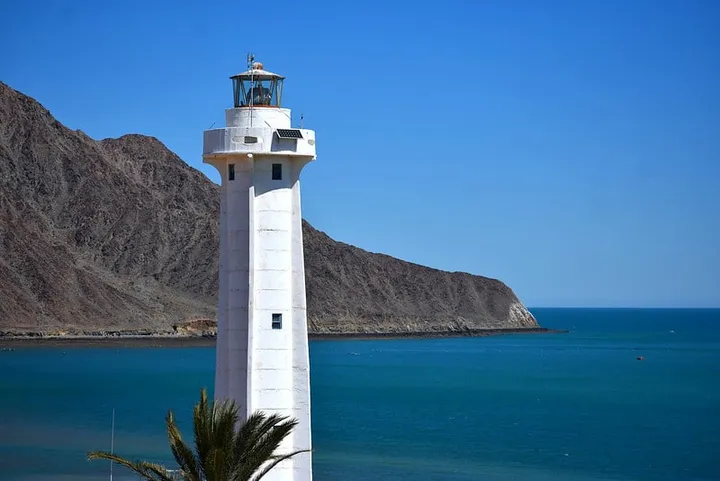
San Felipe, Baja California: Mexico’s Hidden Desert Beach
-

Ajijic Mexico: Free Your Soul in Jalisco’s Charming Haven
-

Mezcal and Tequila: A Connoisseur’s Guide to Agave Spirits
-
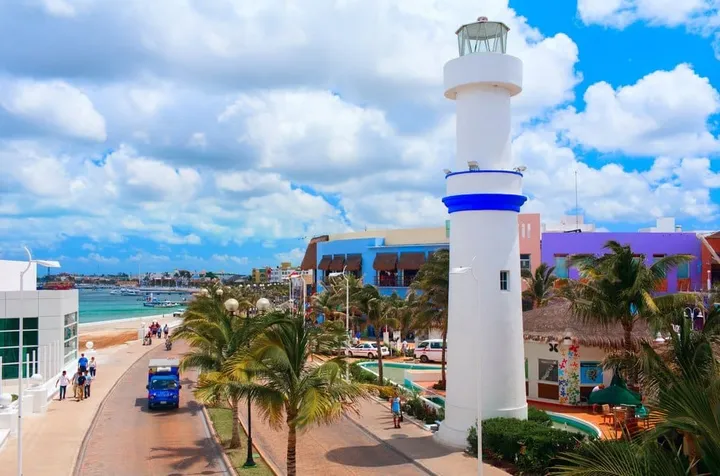
15 Cozumel Beaches to Make Your Trip Unforgettable







































































































































































































































































































































































































































